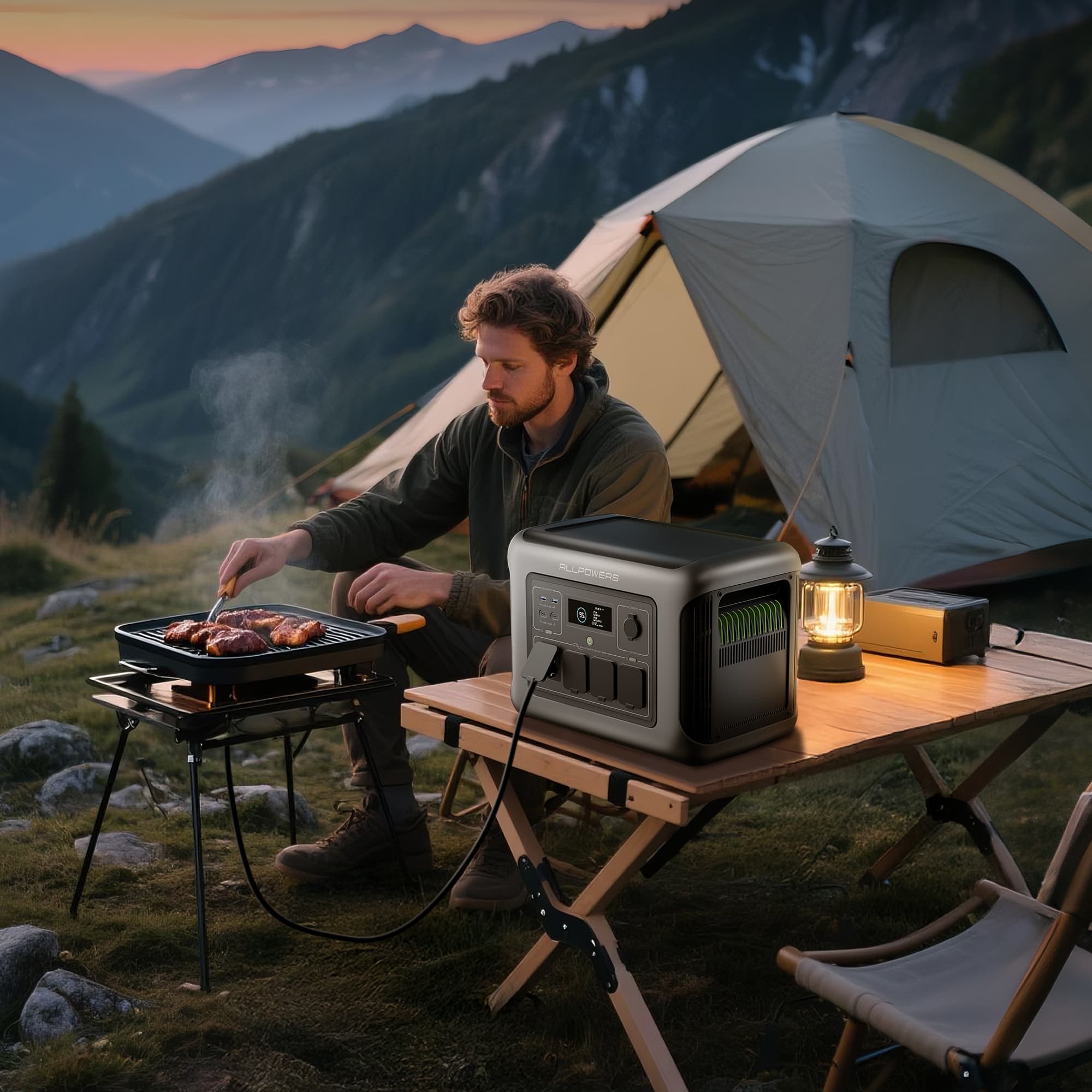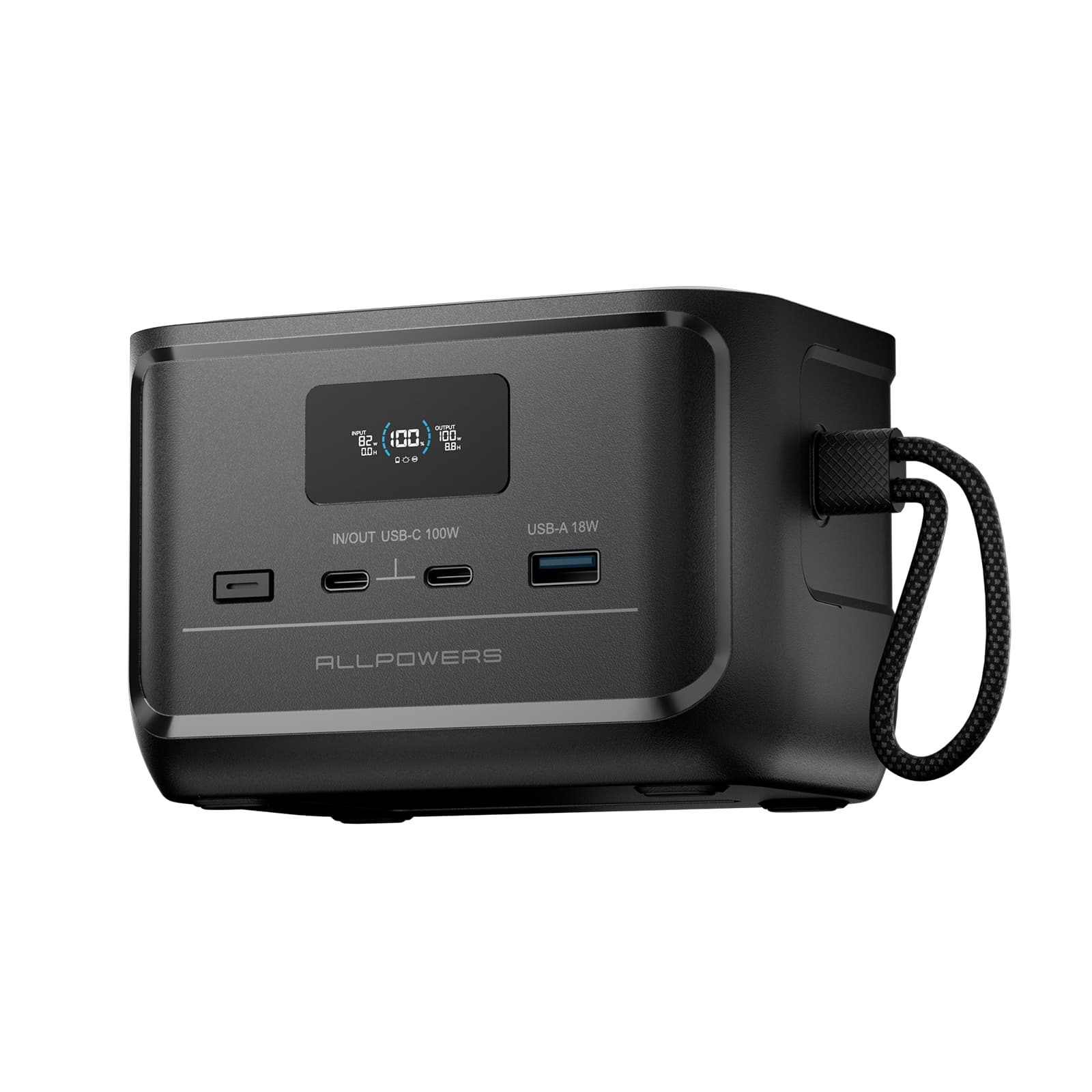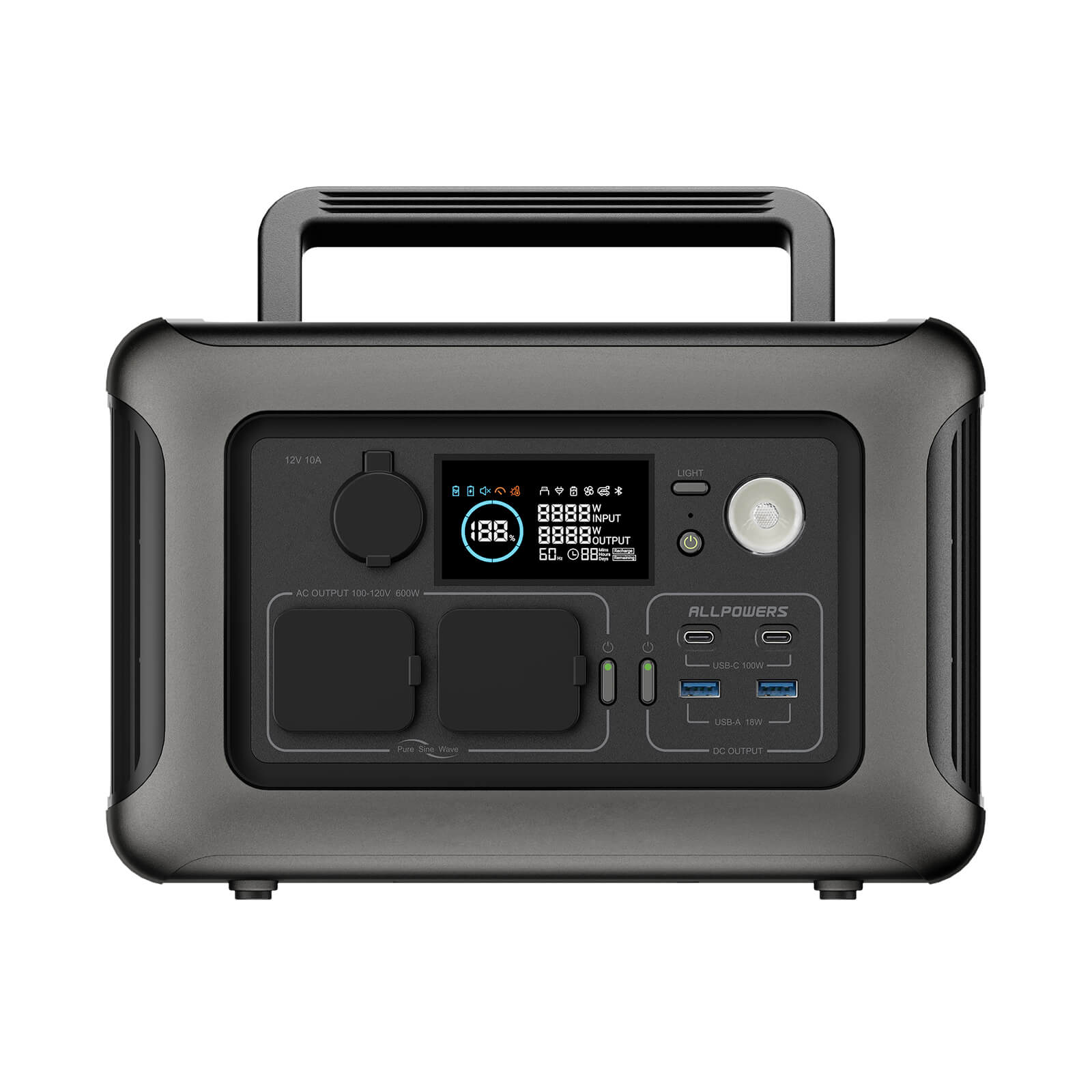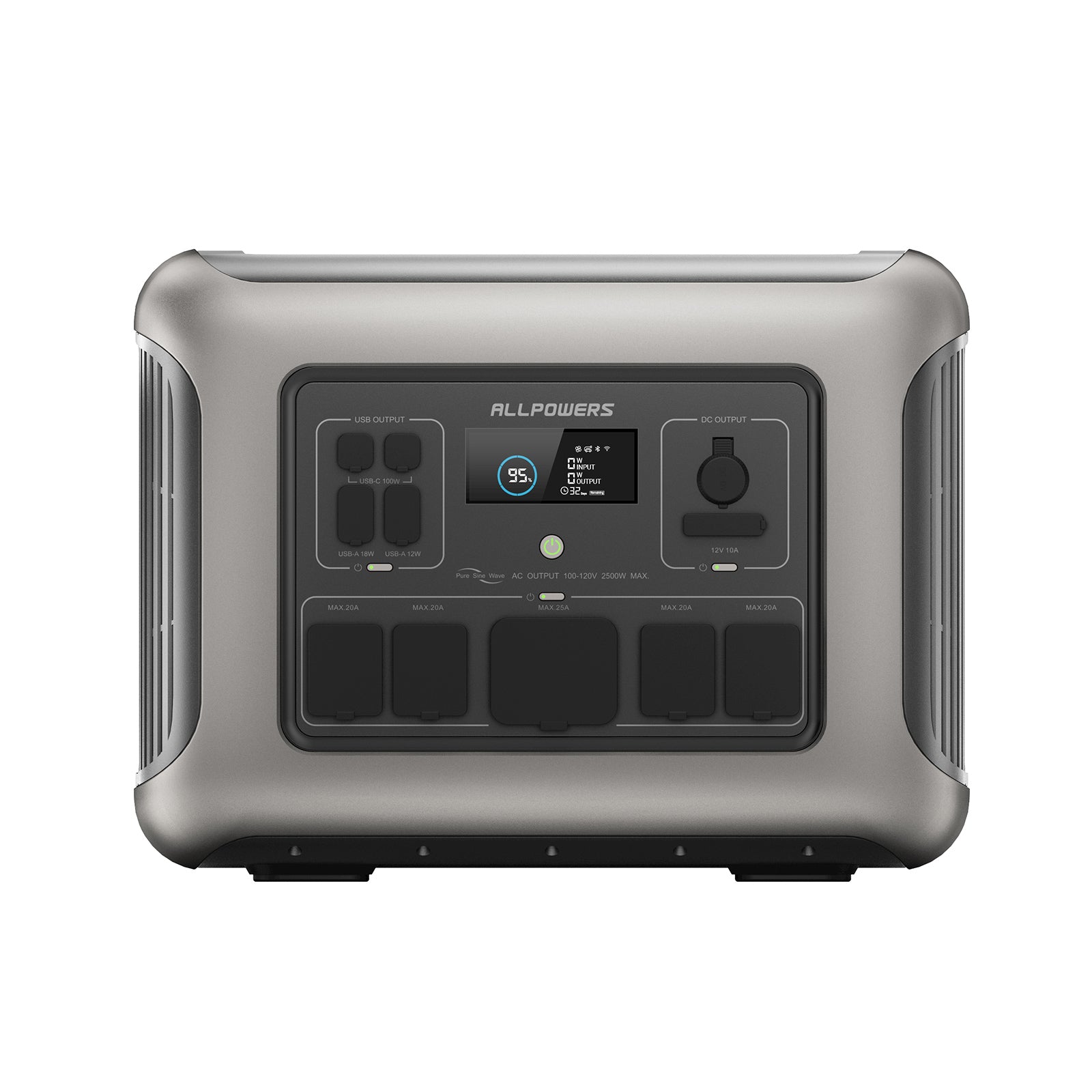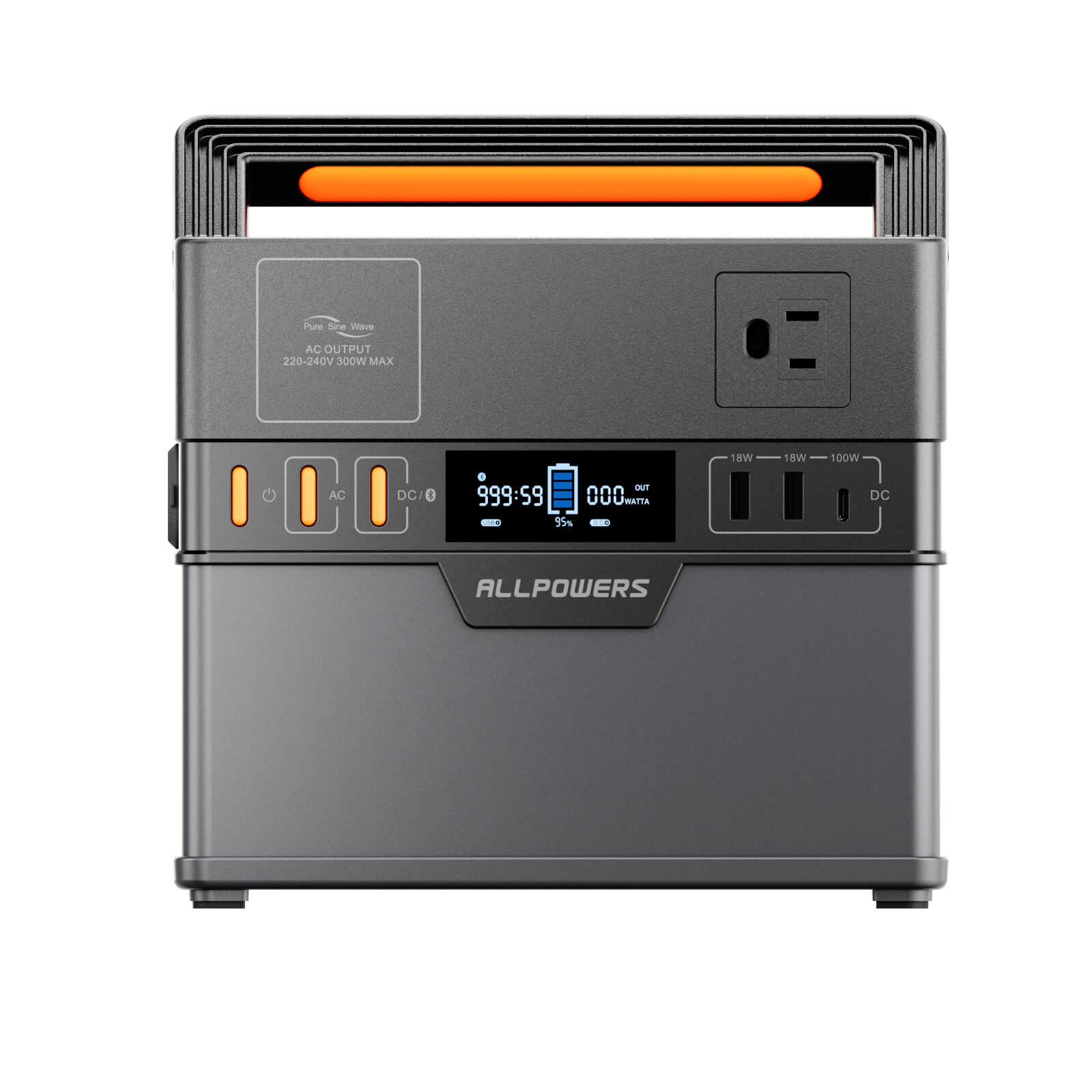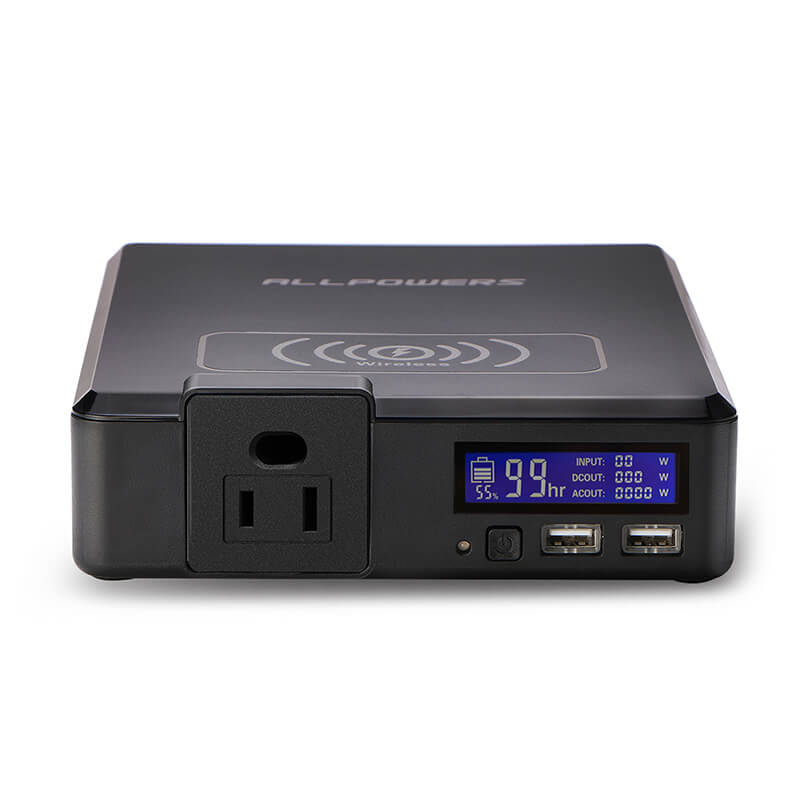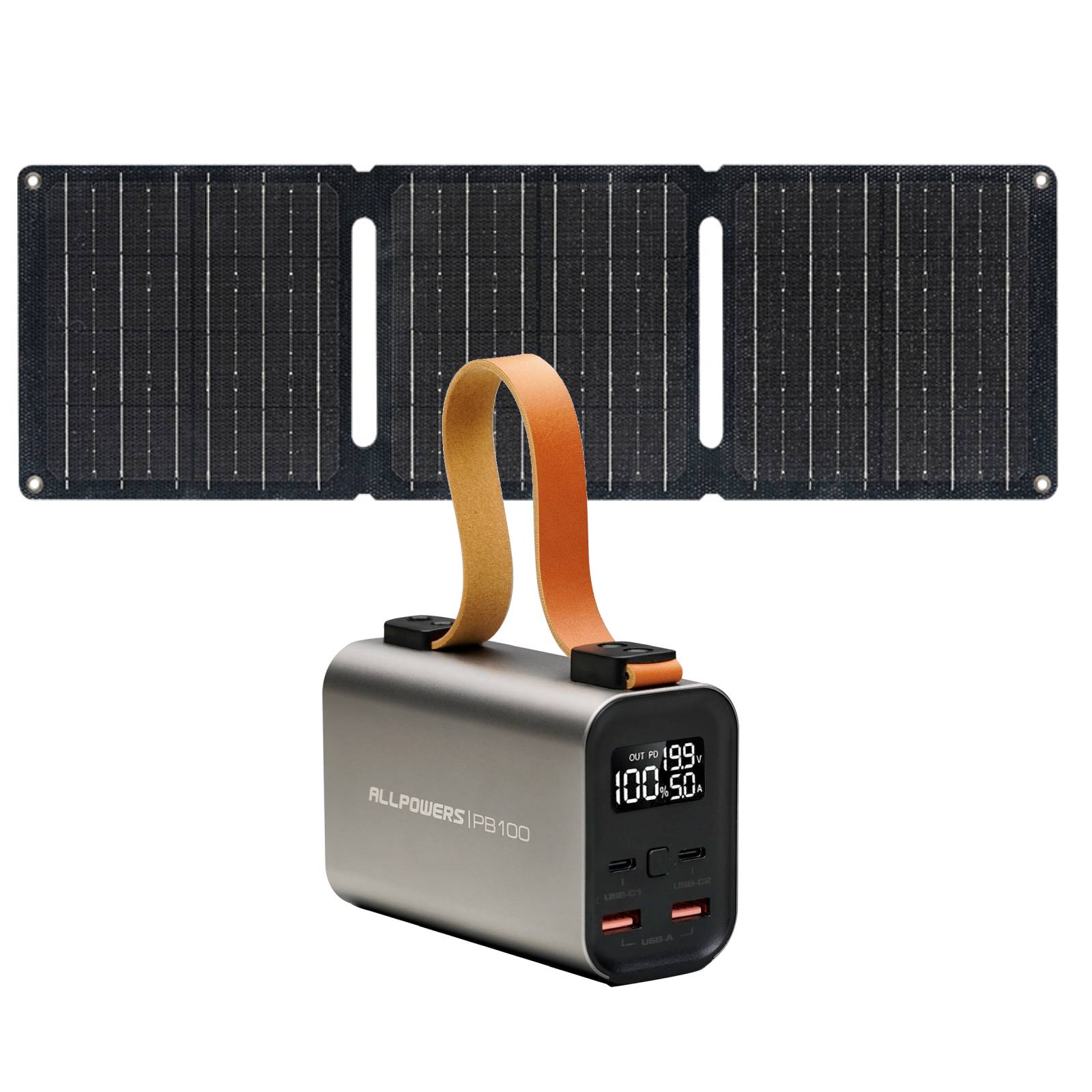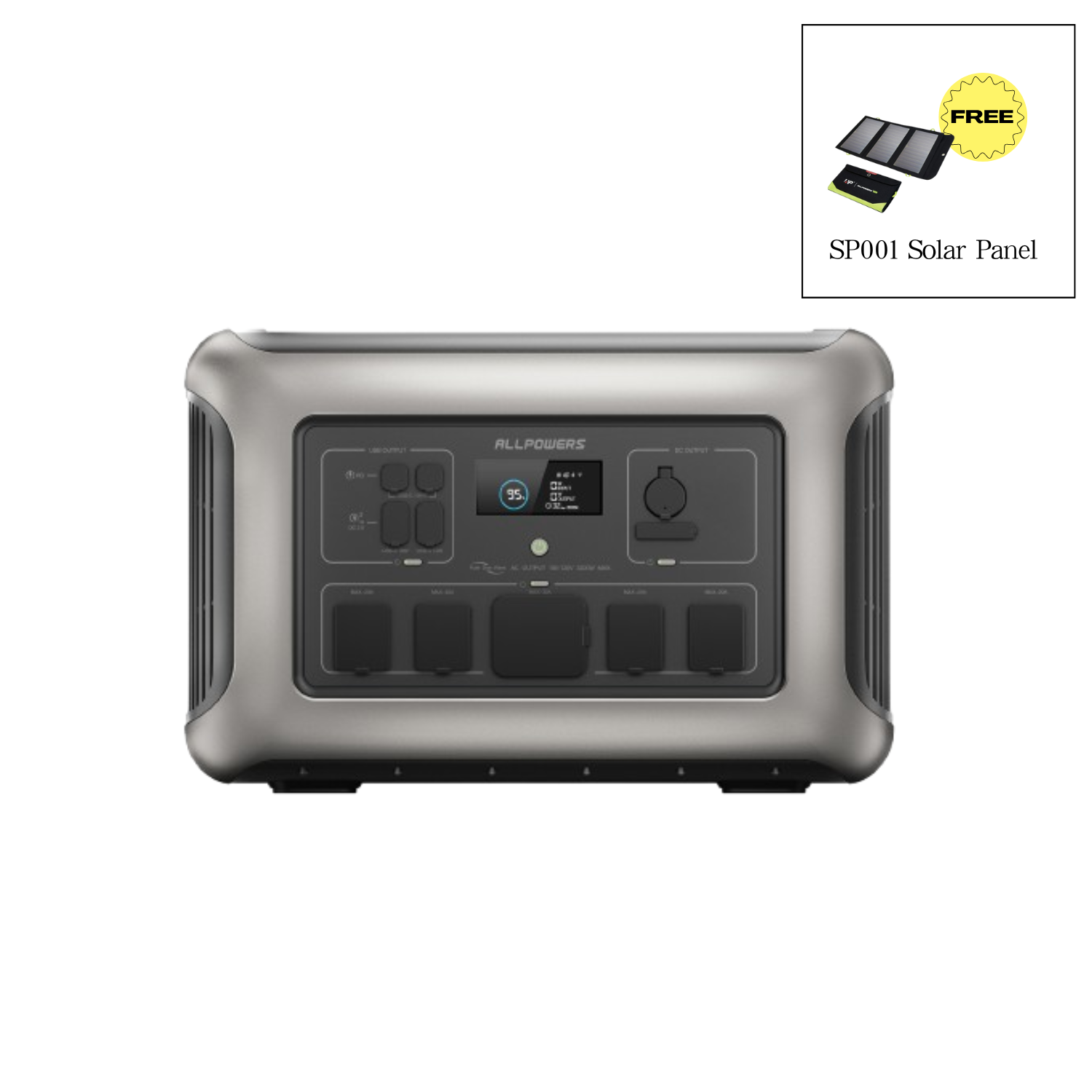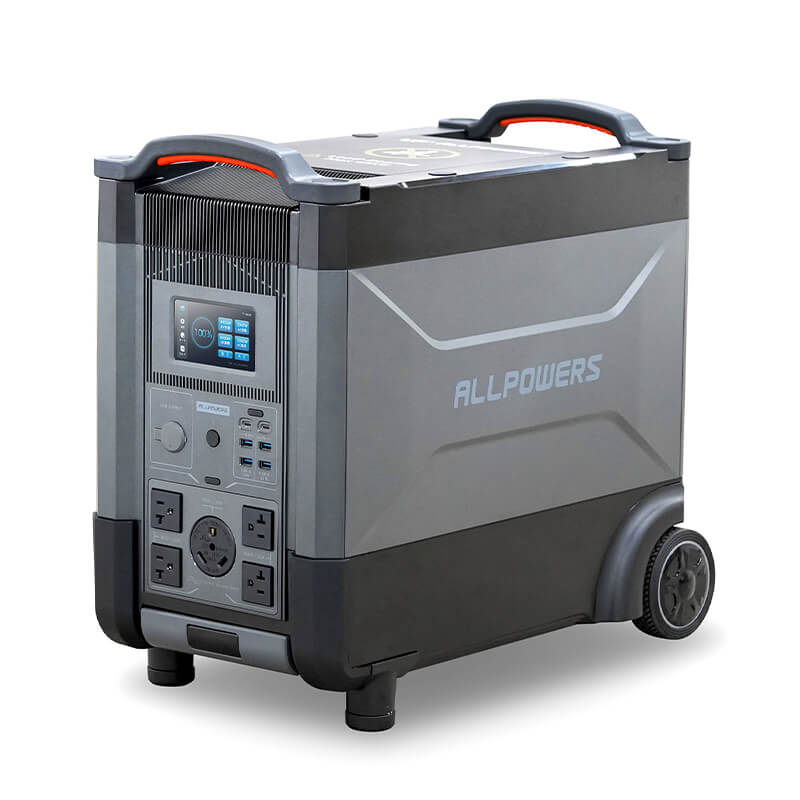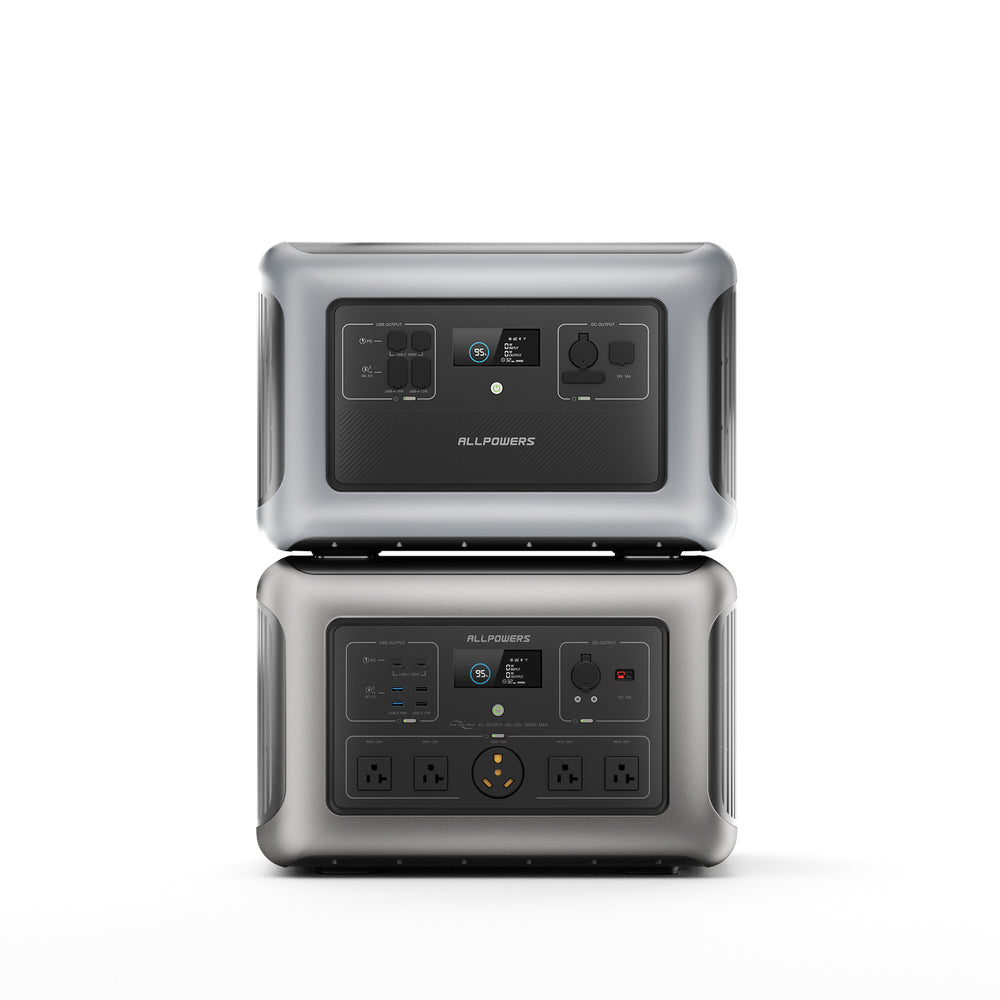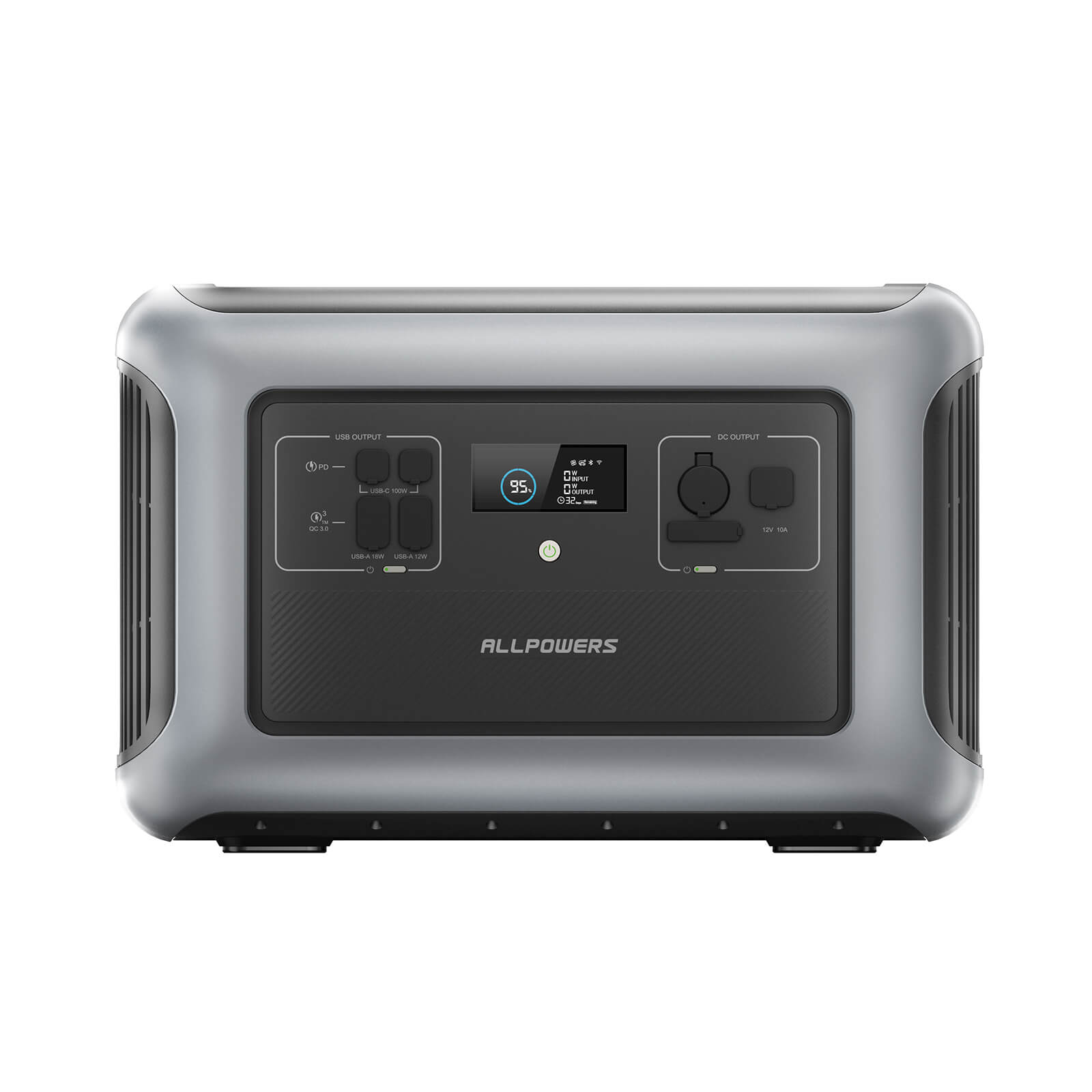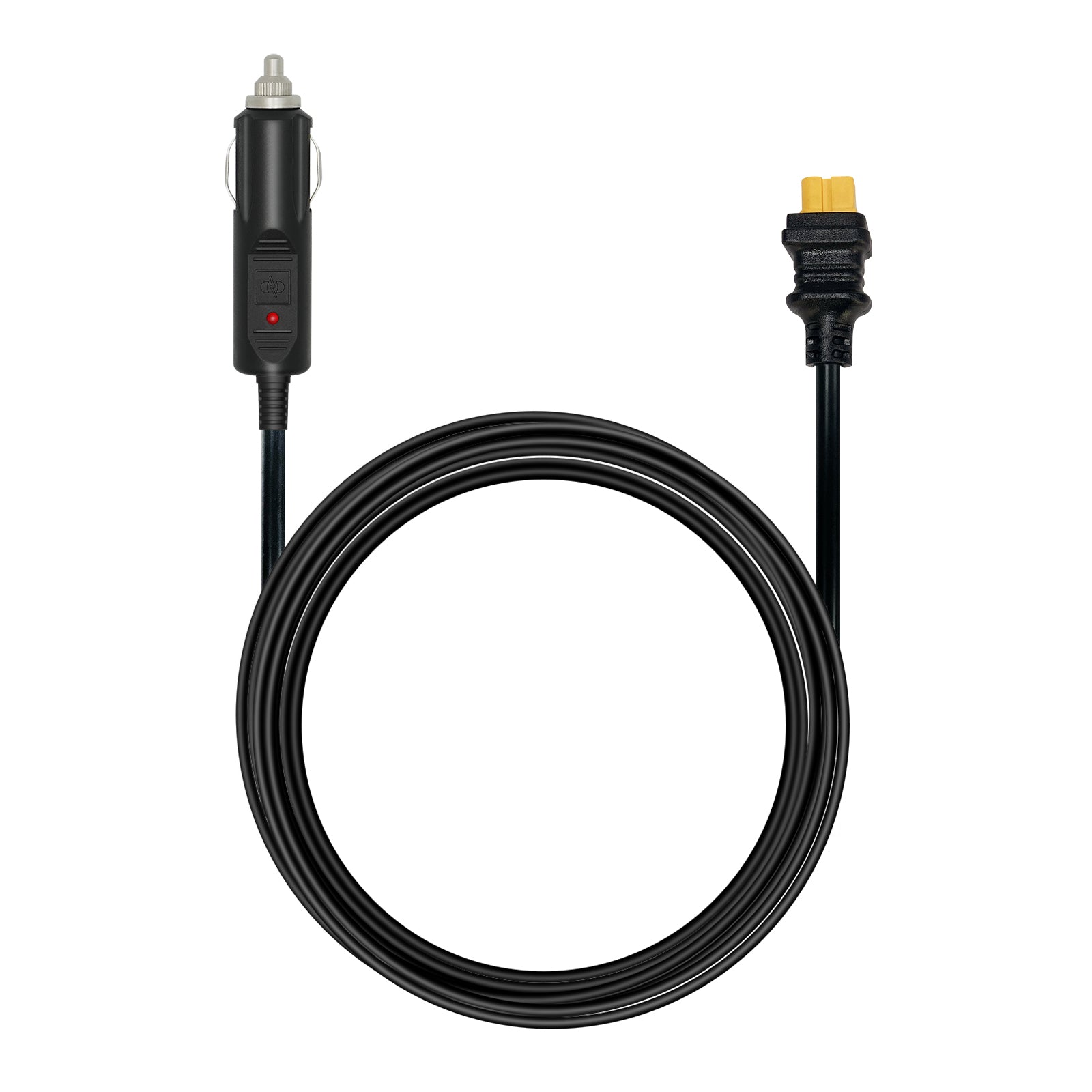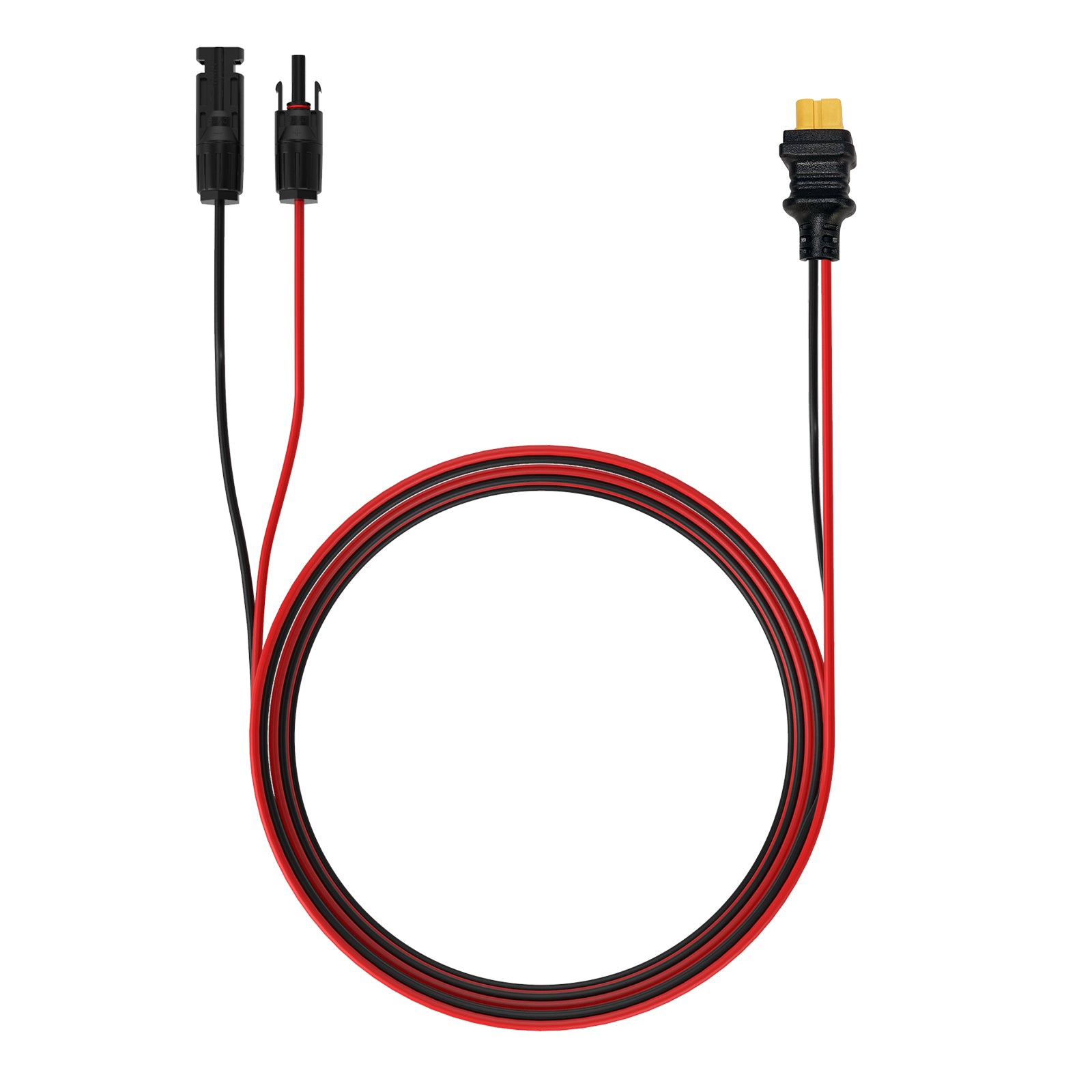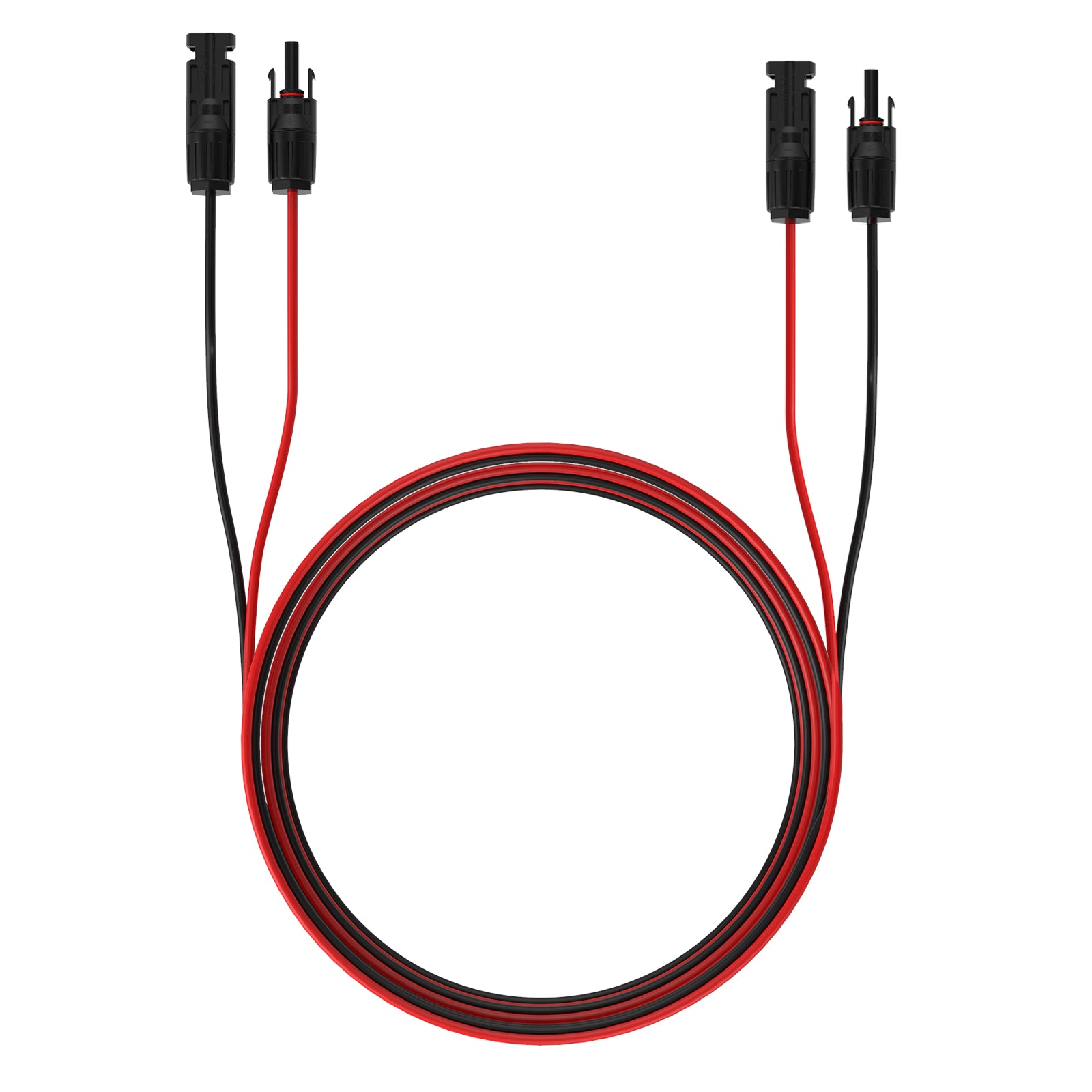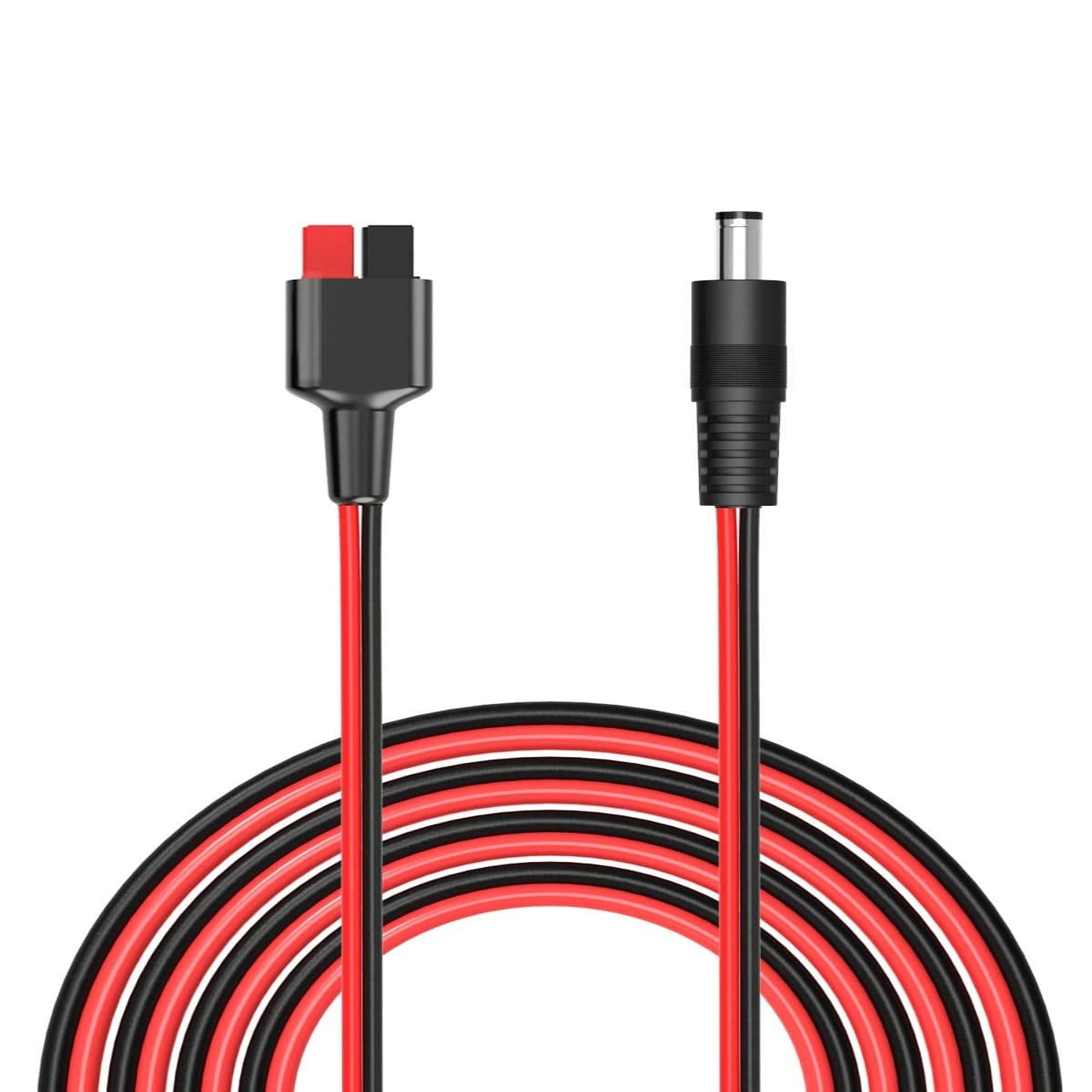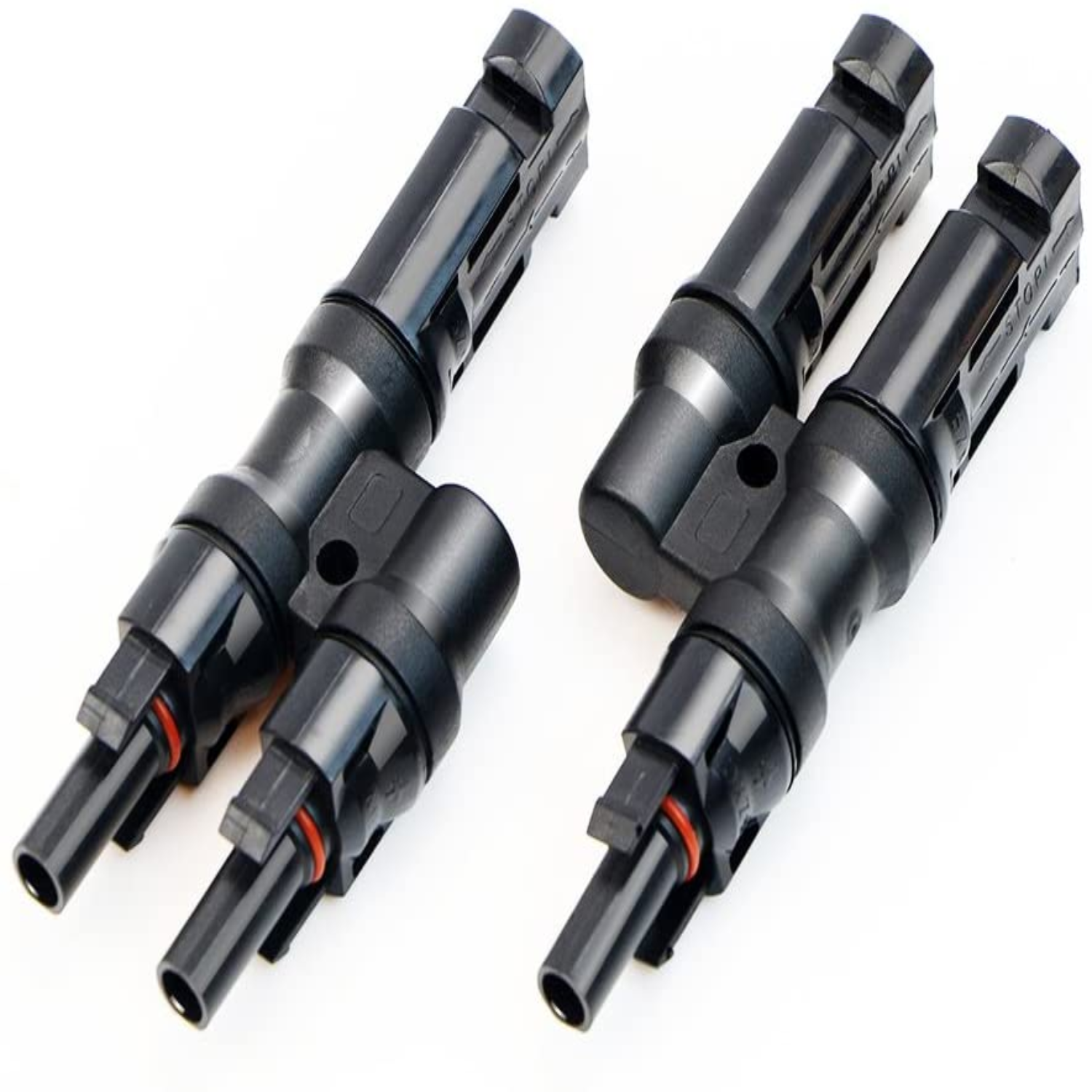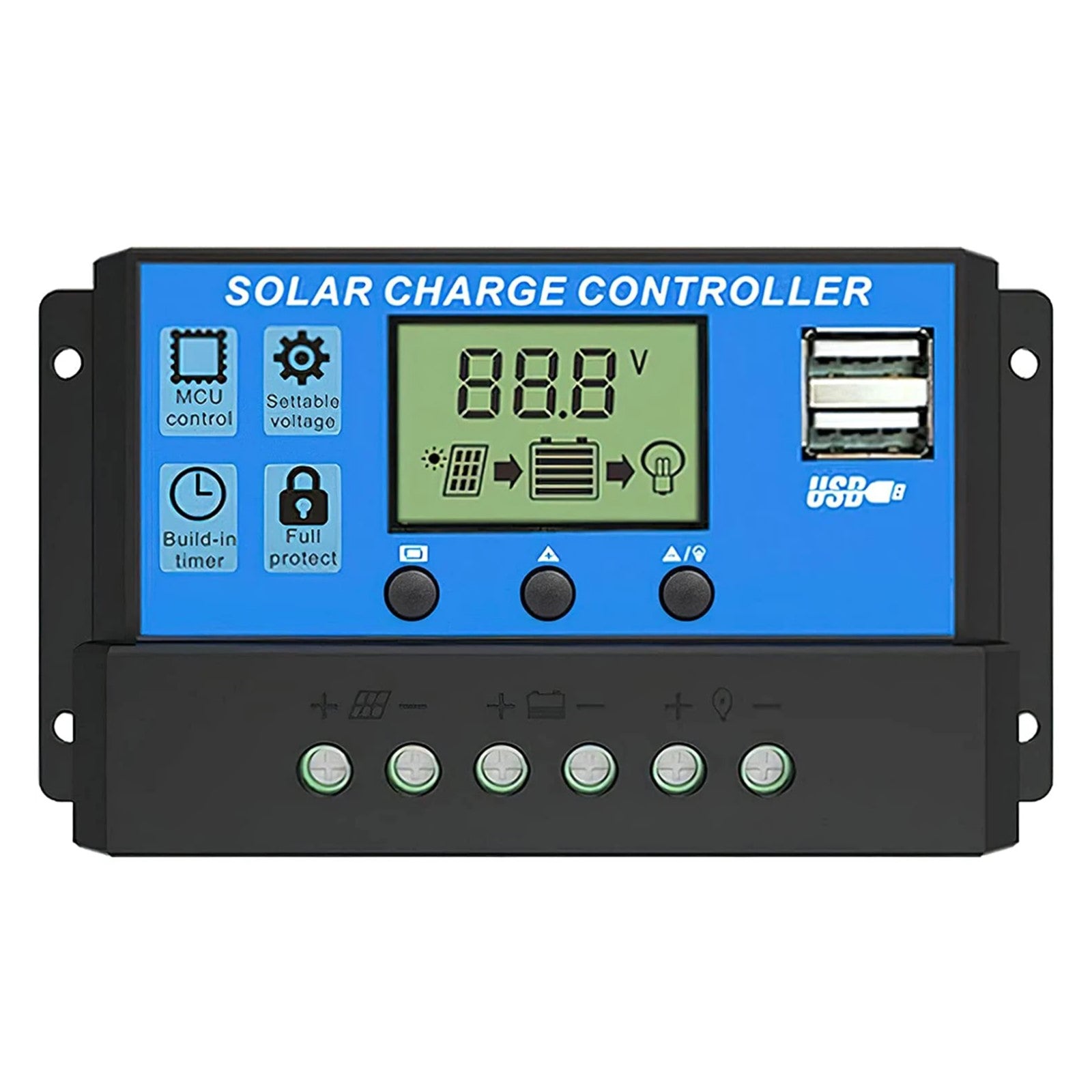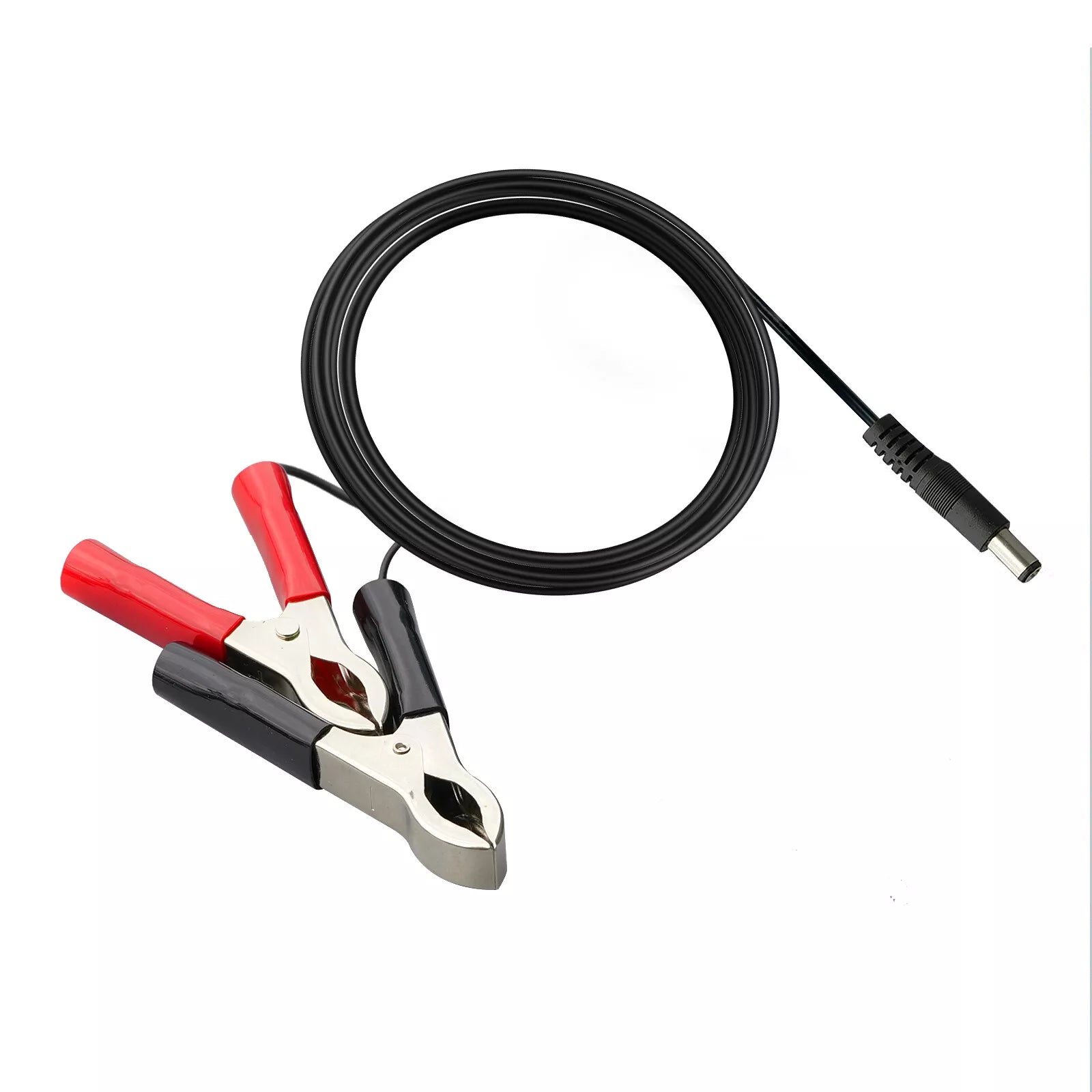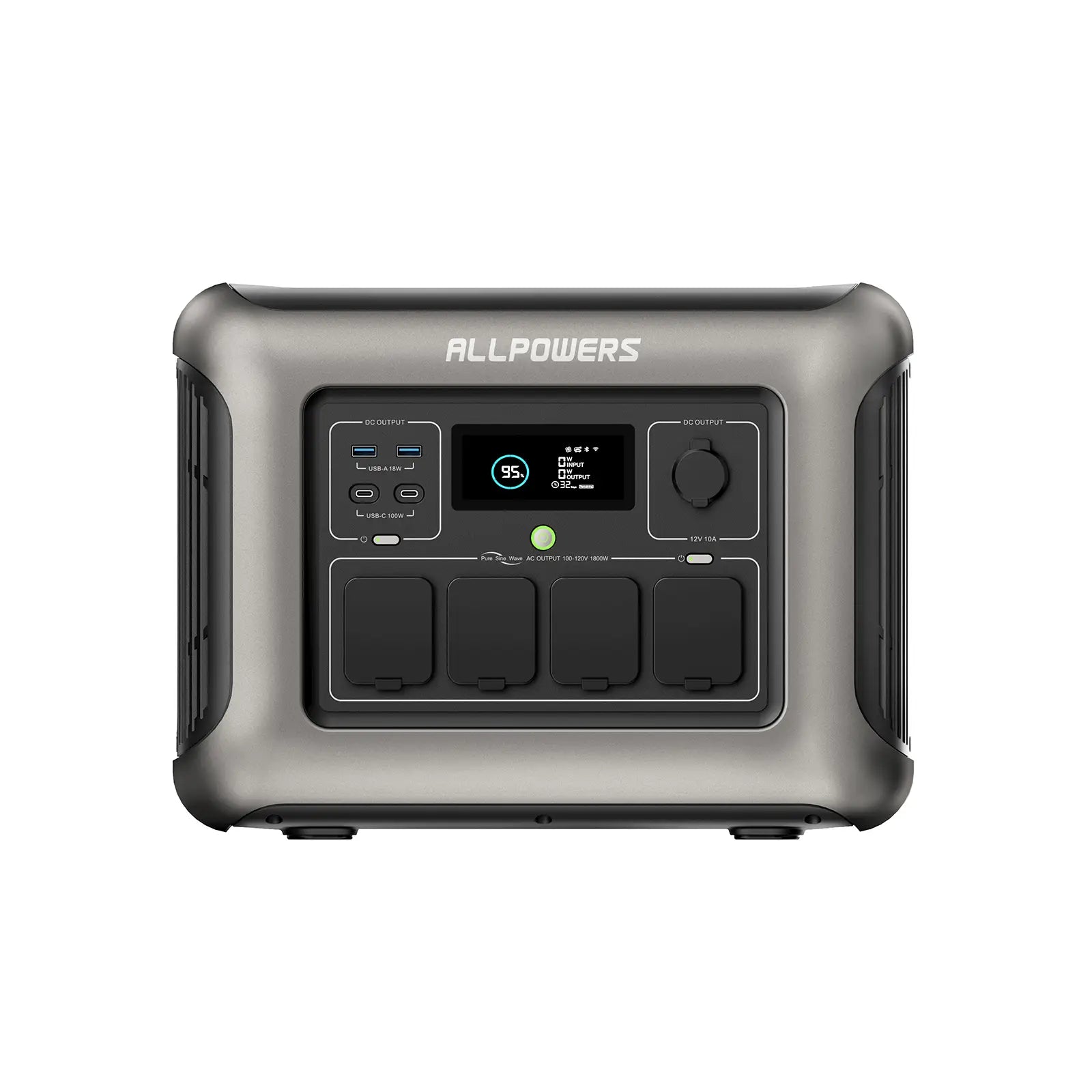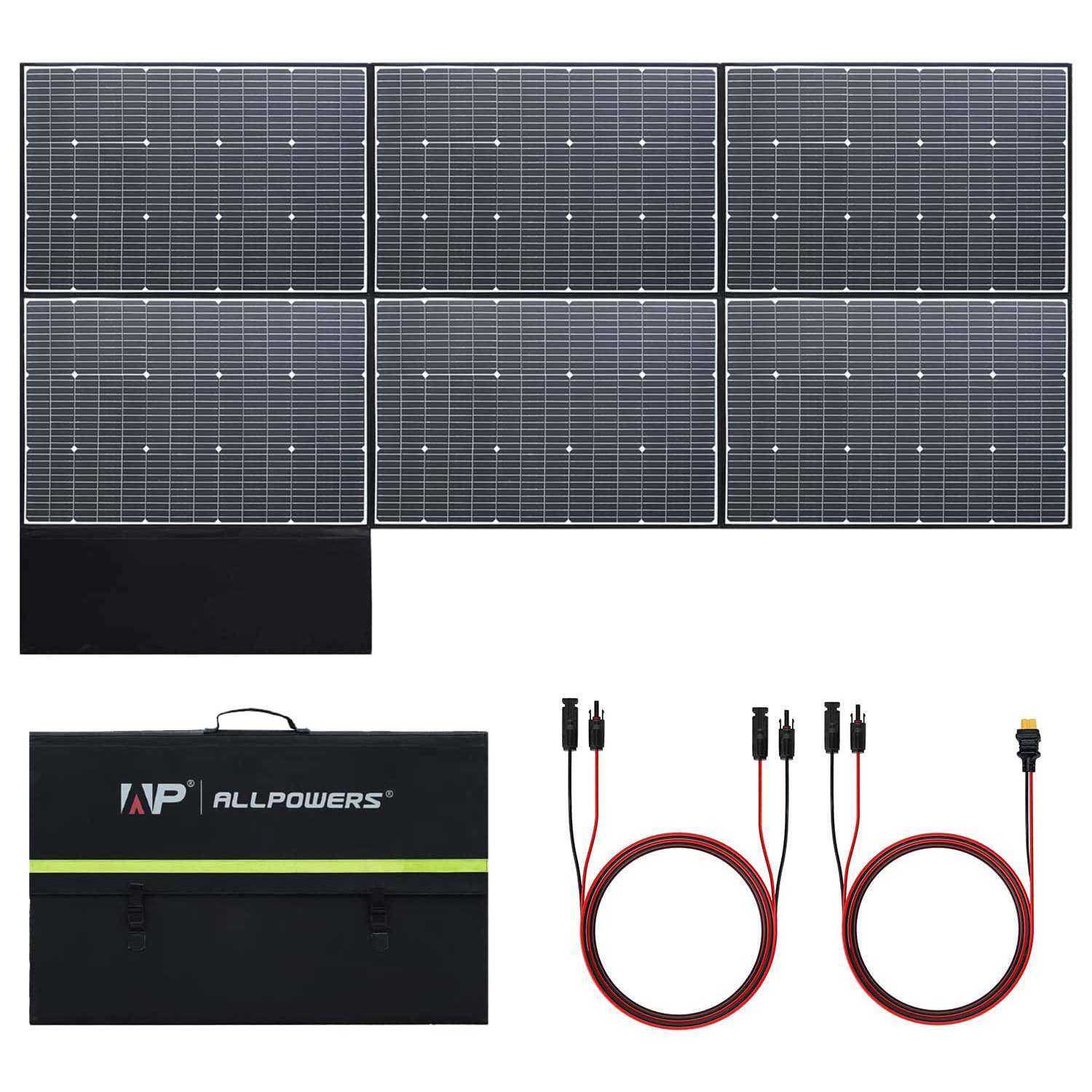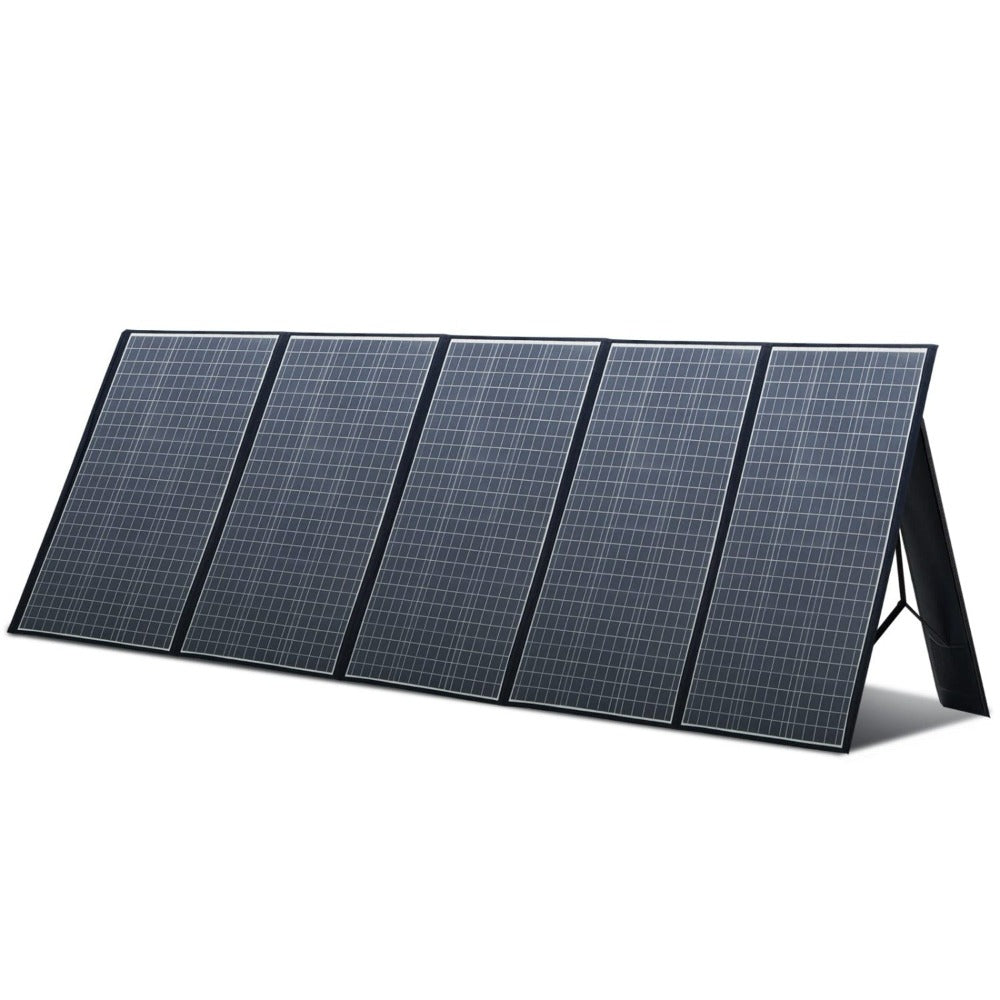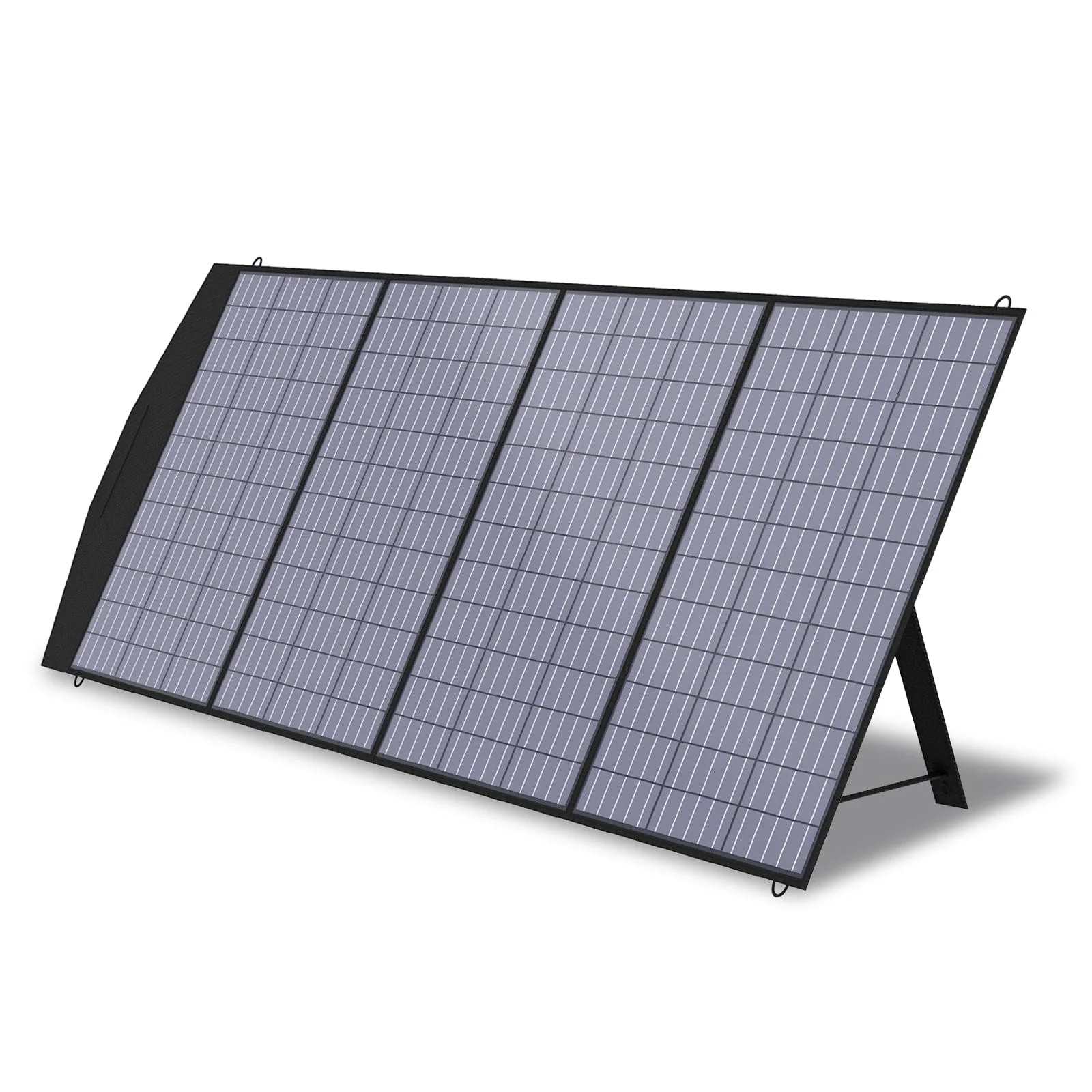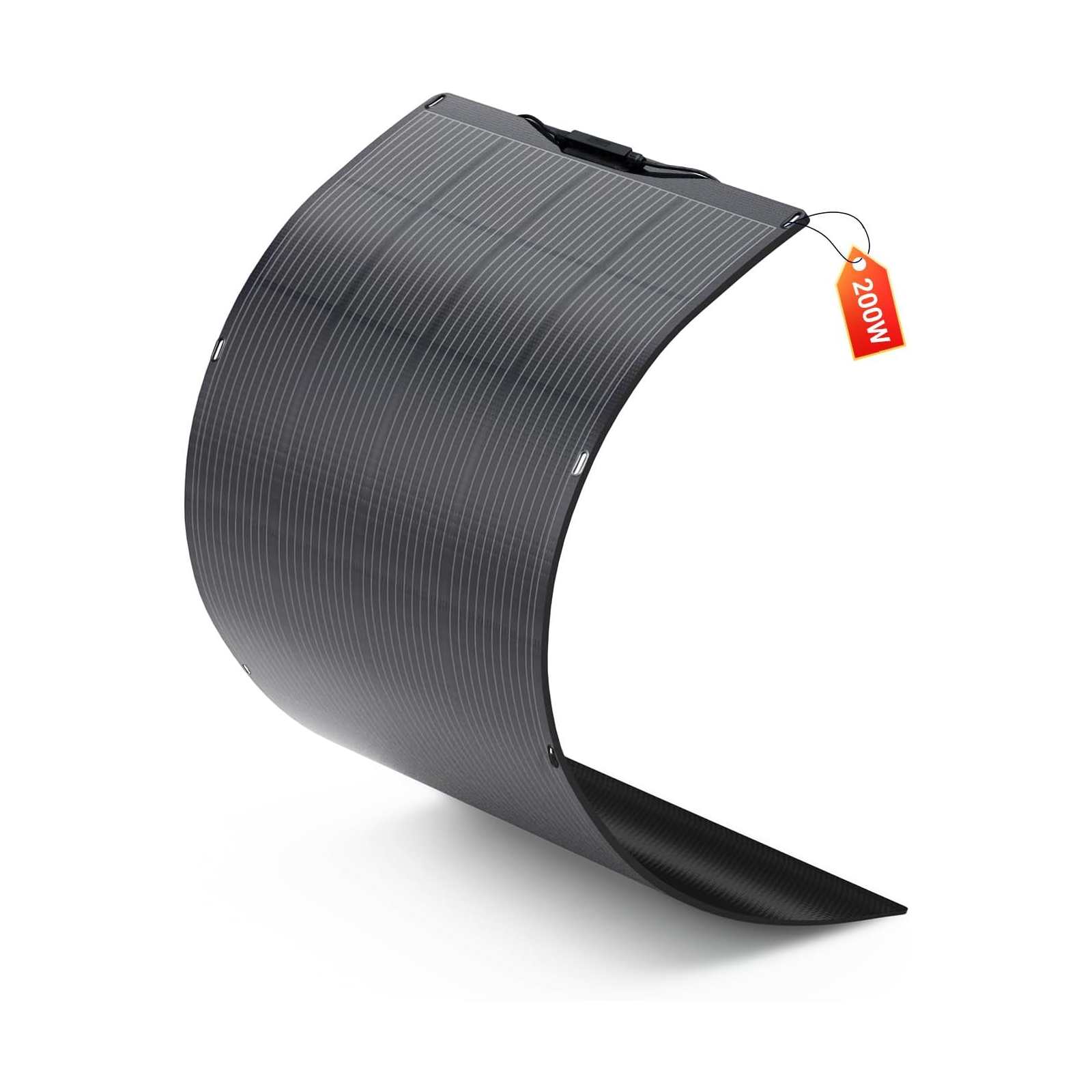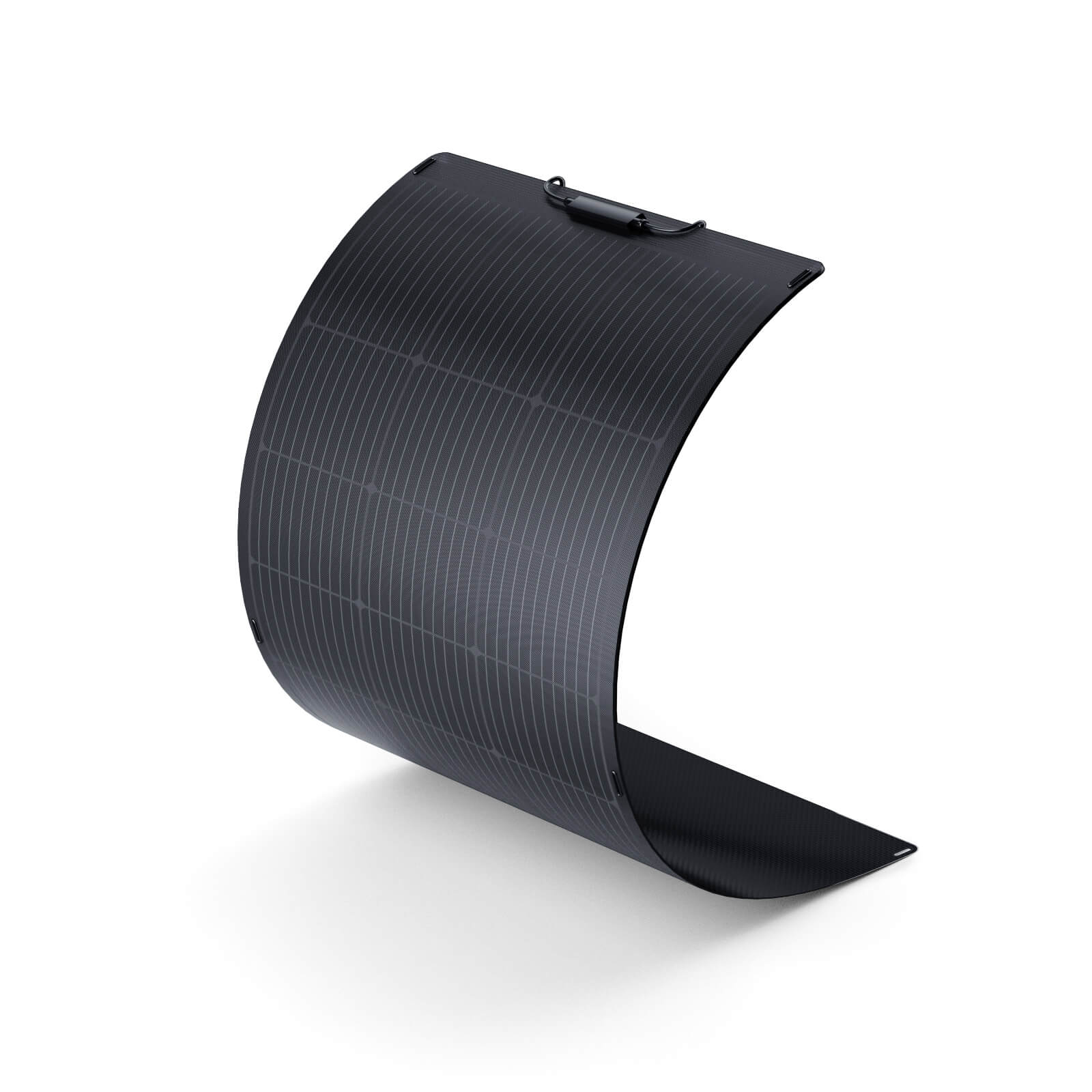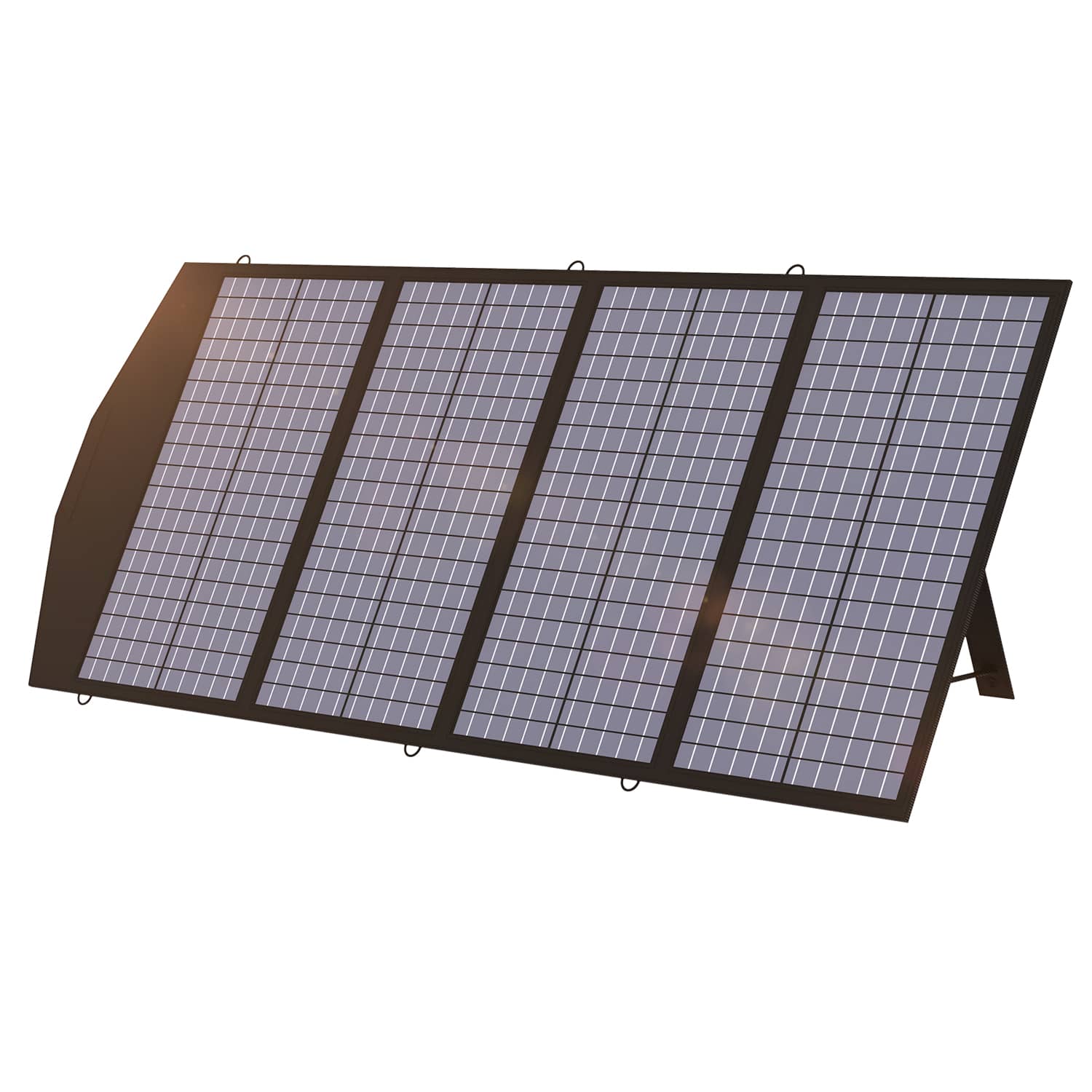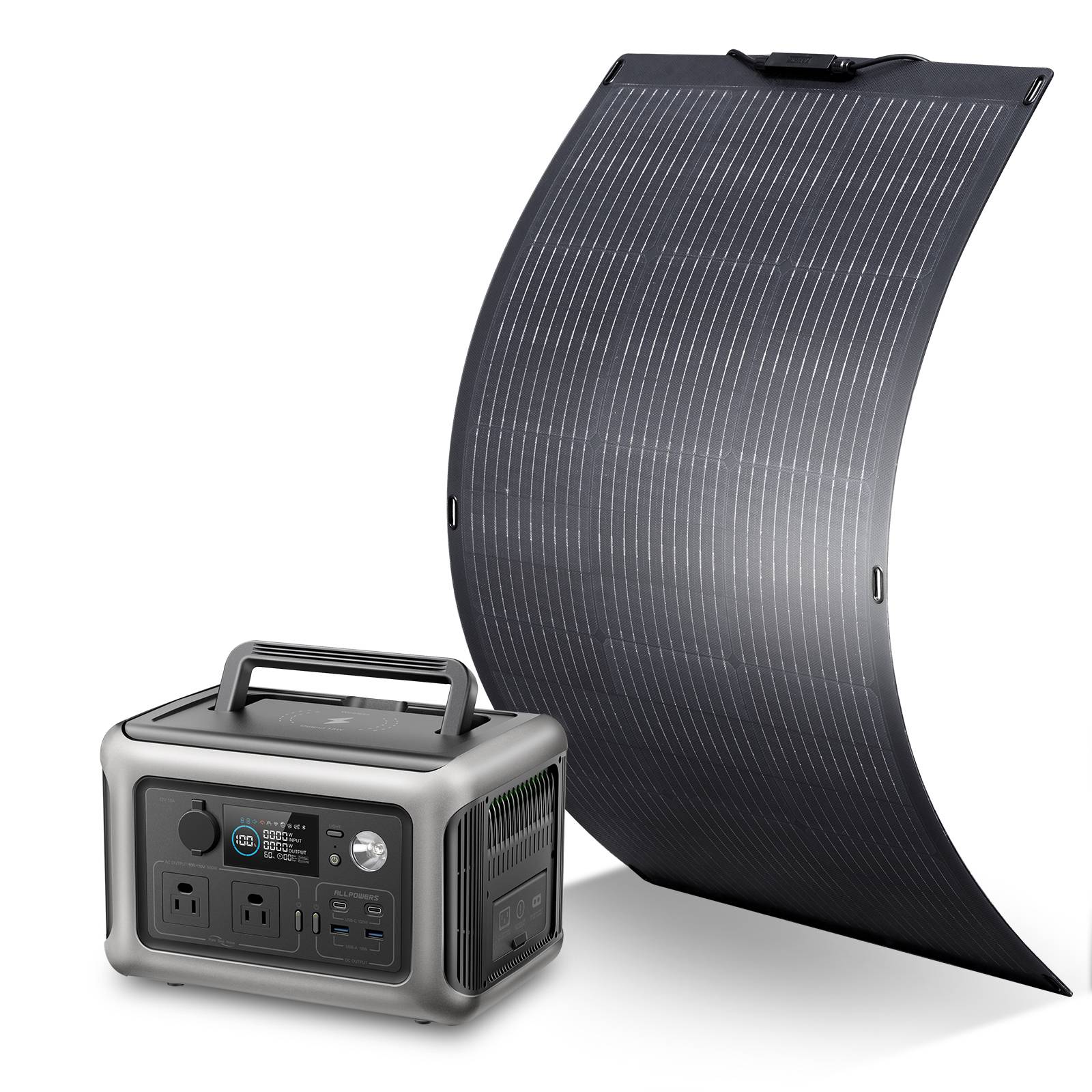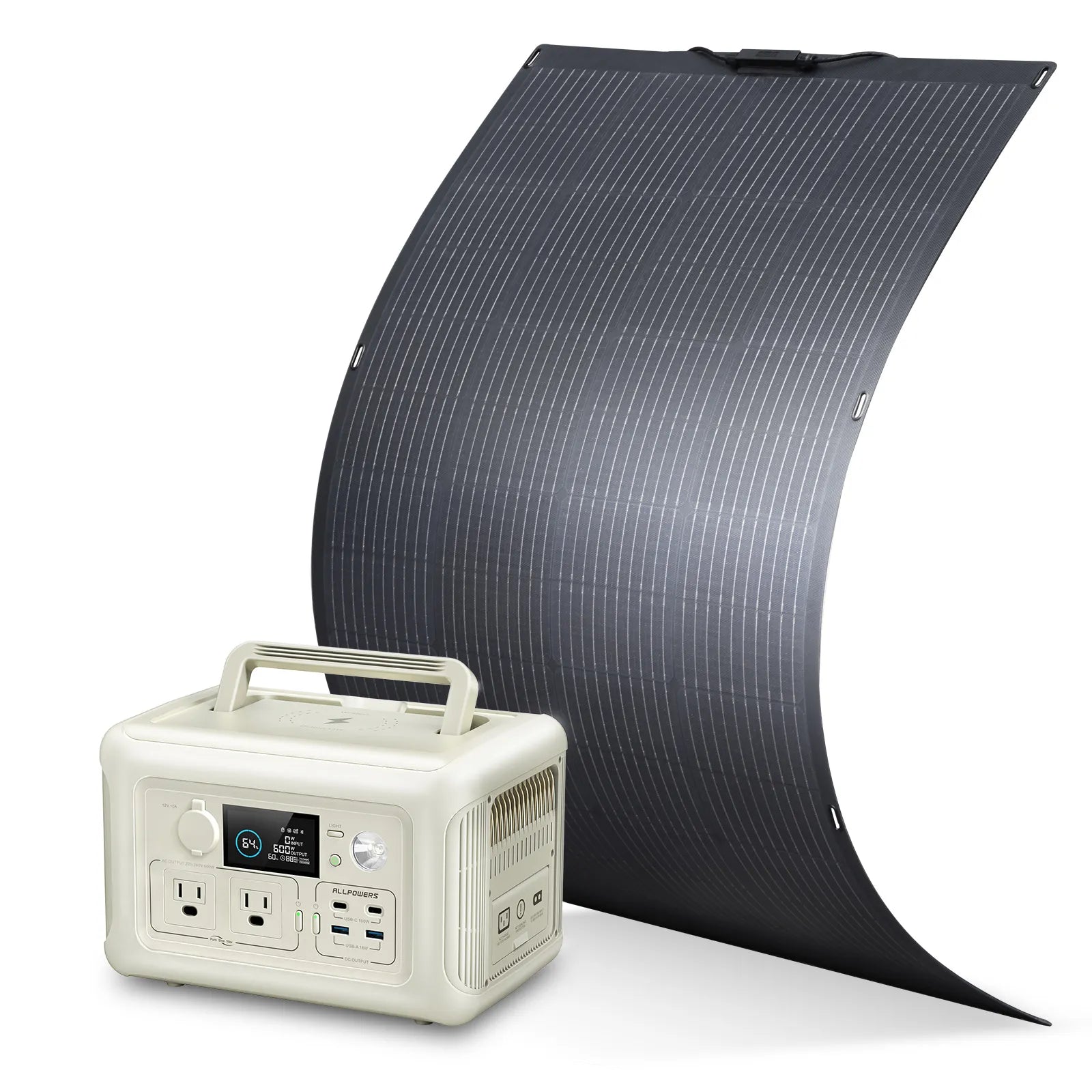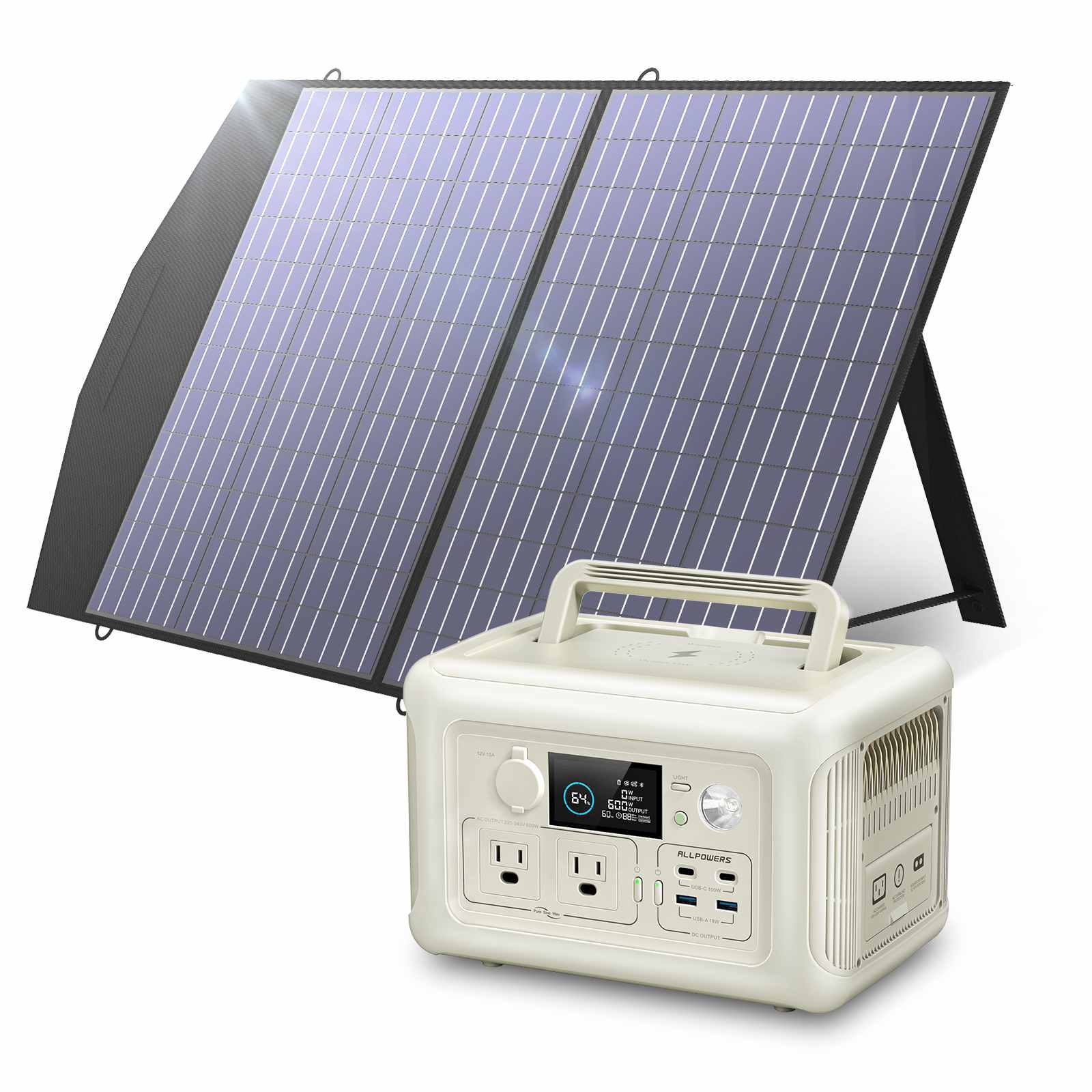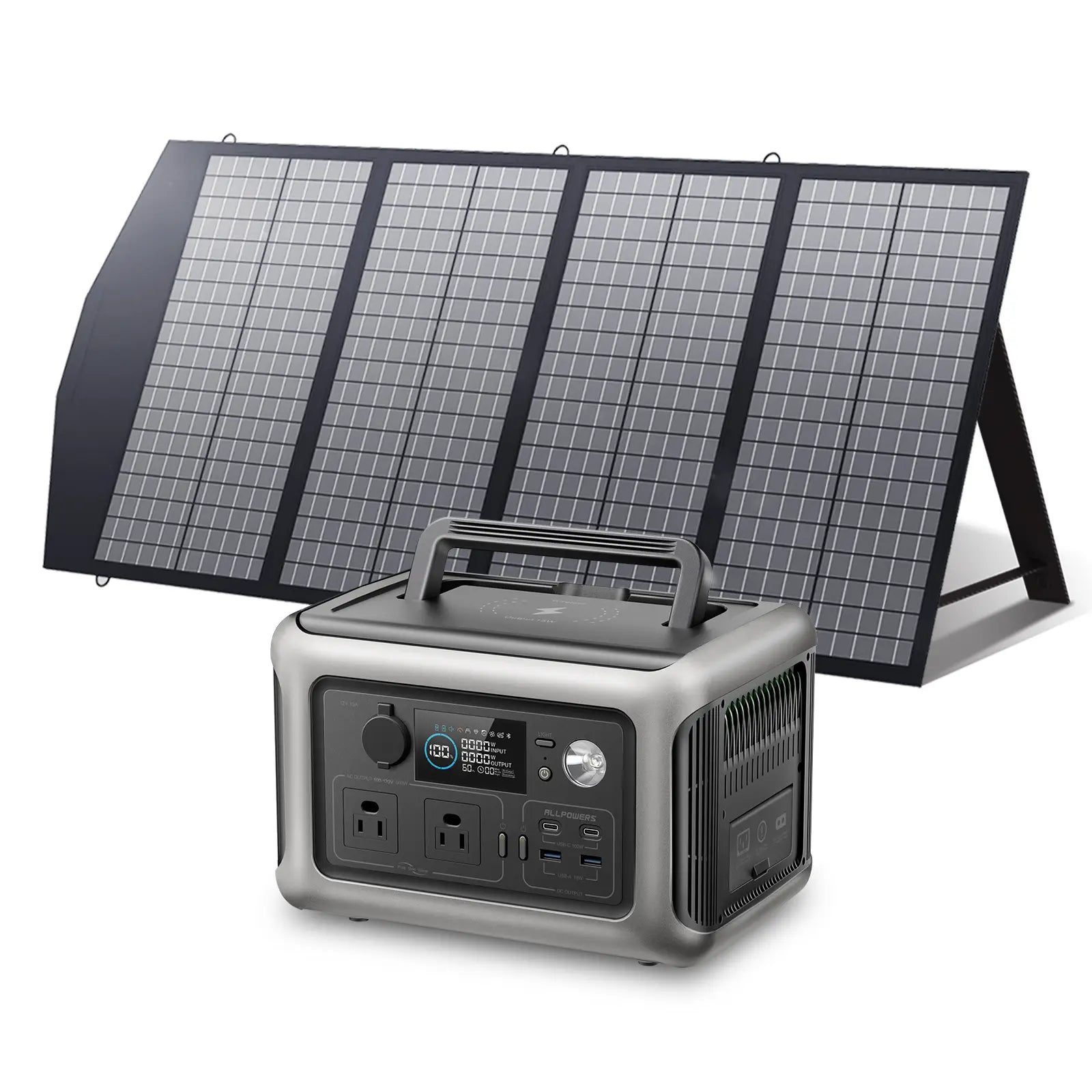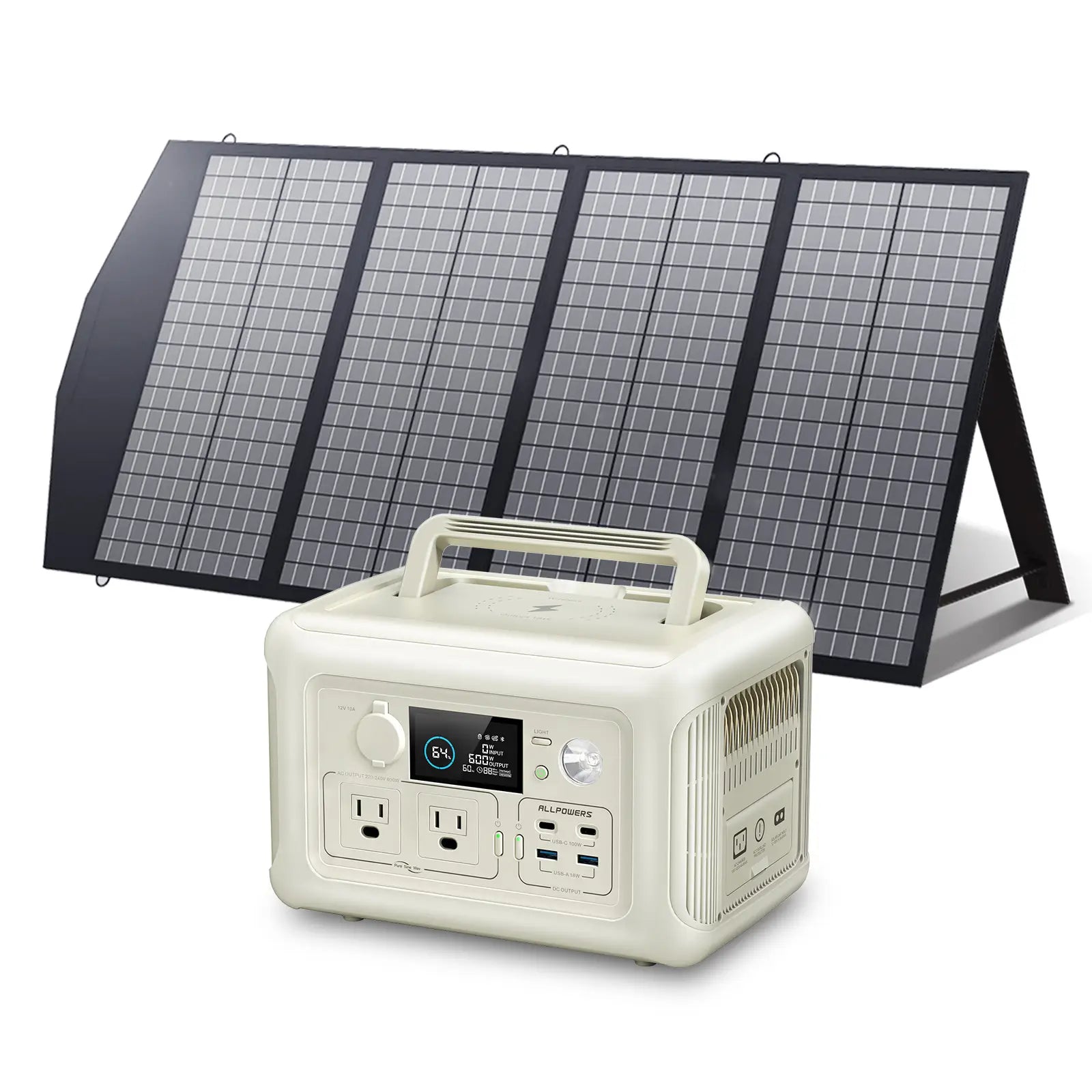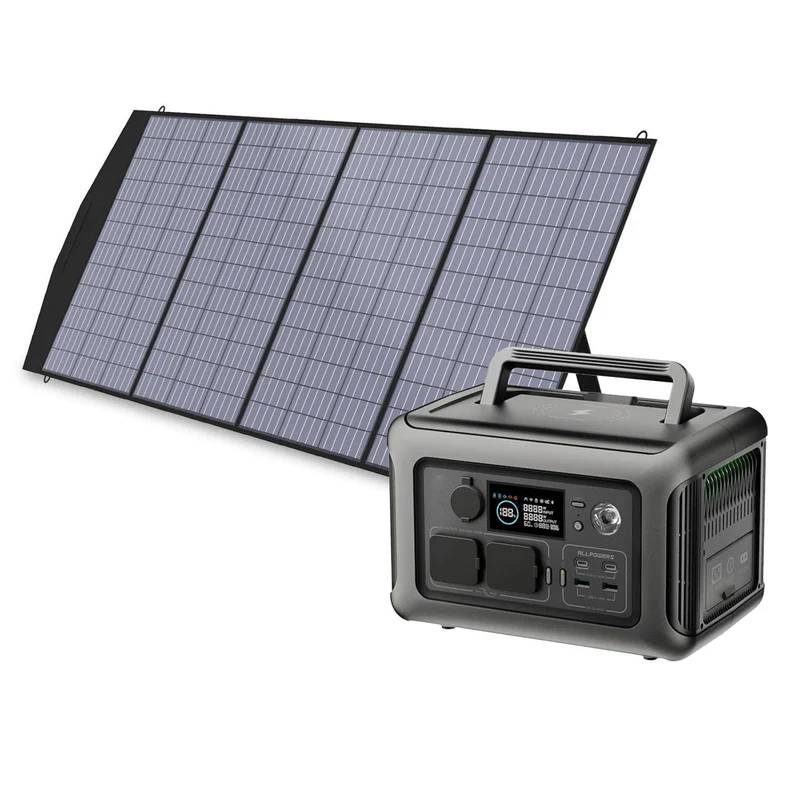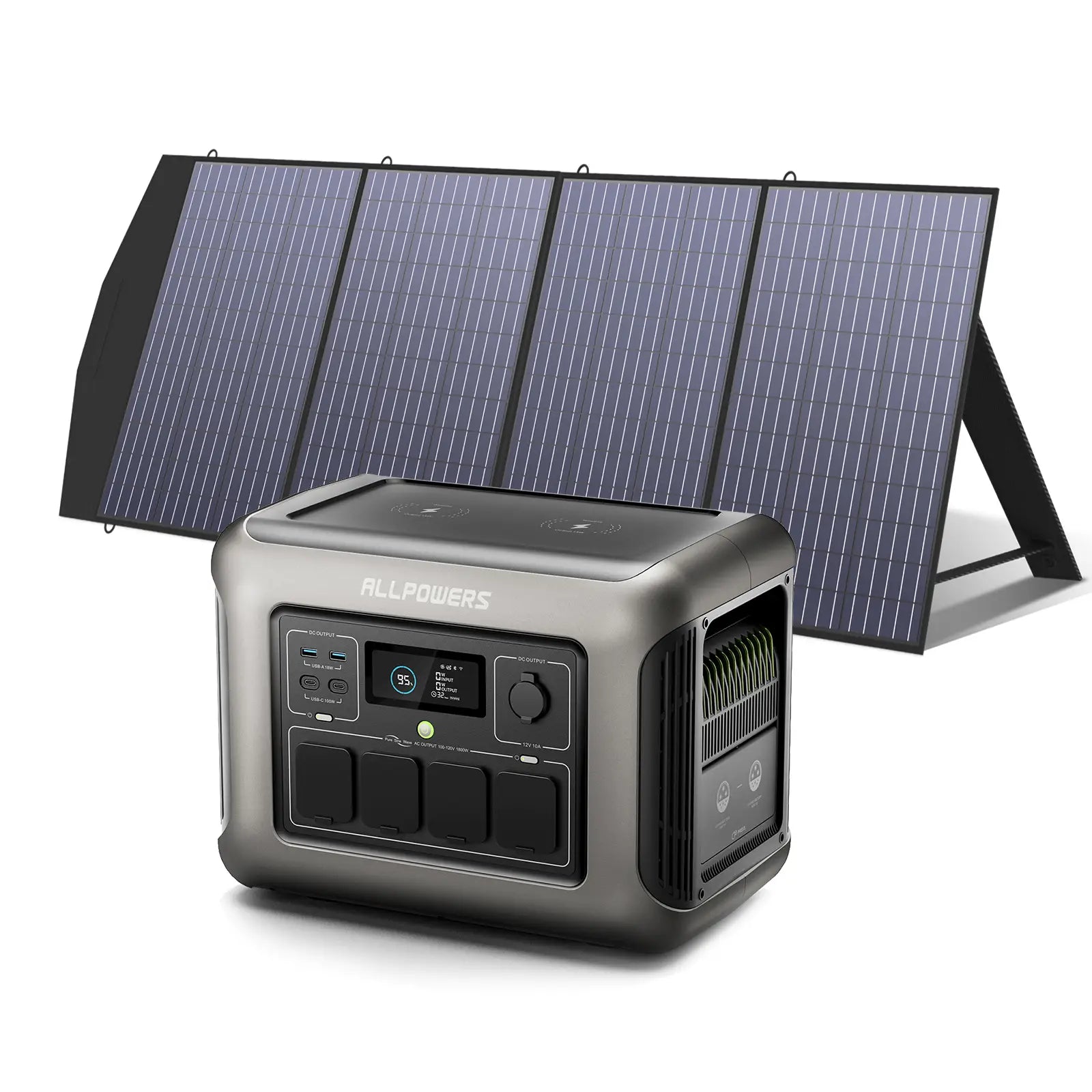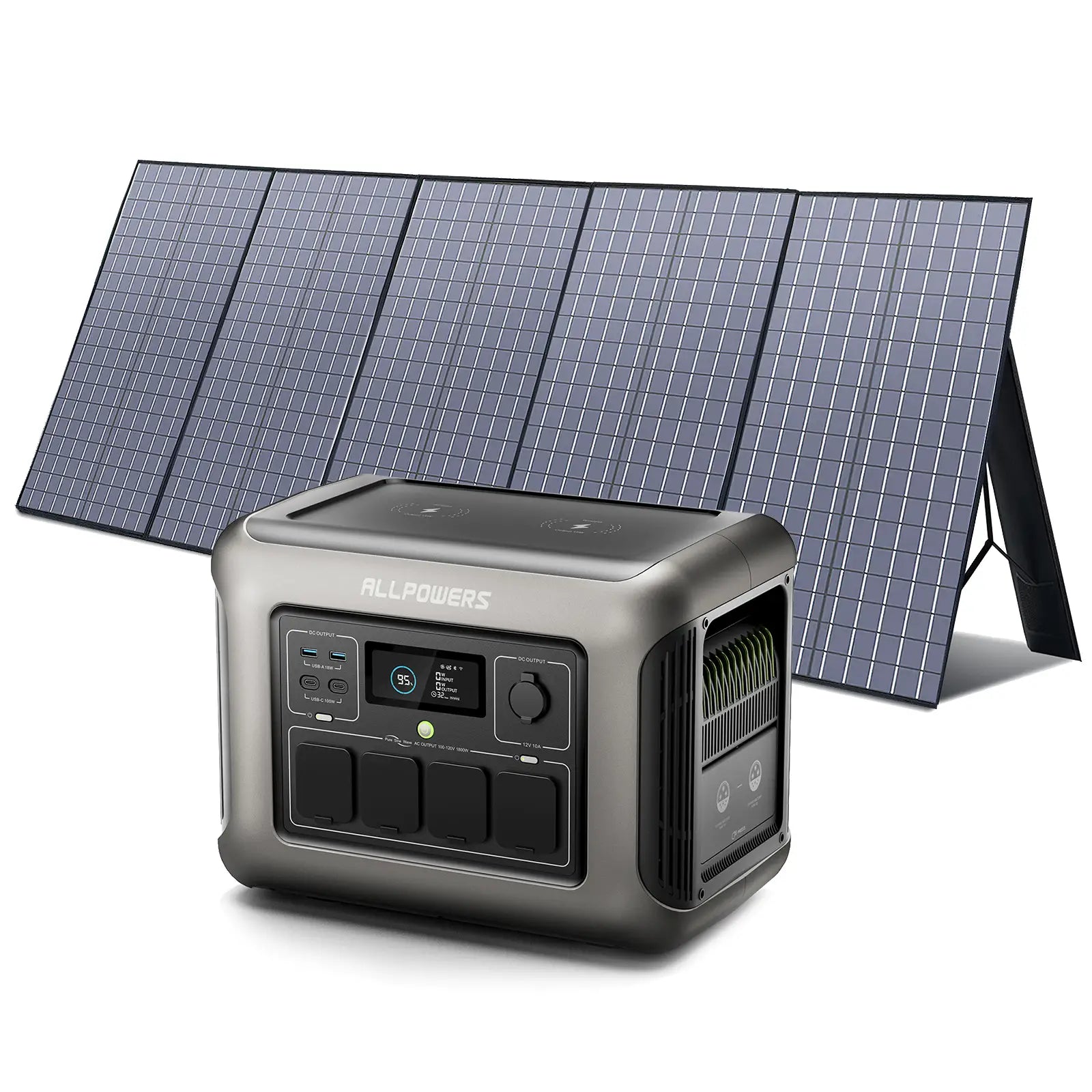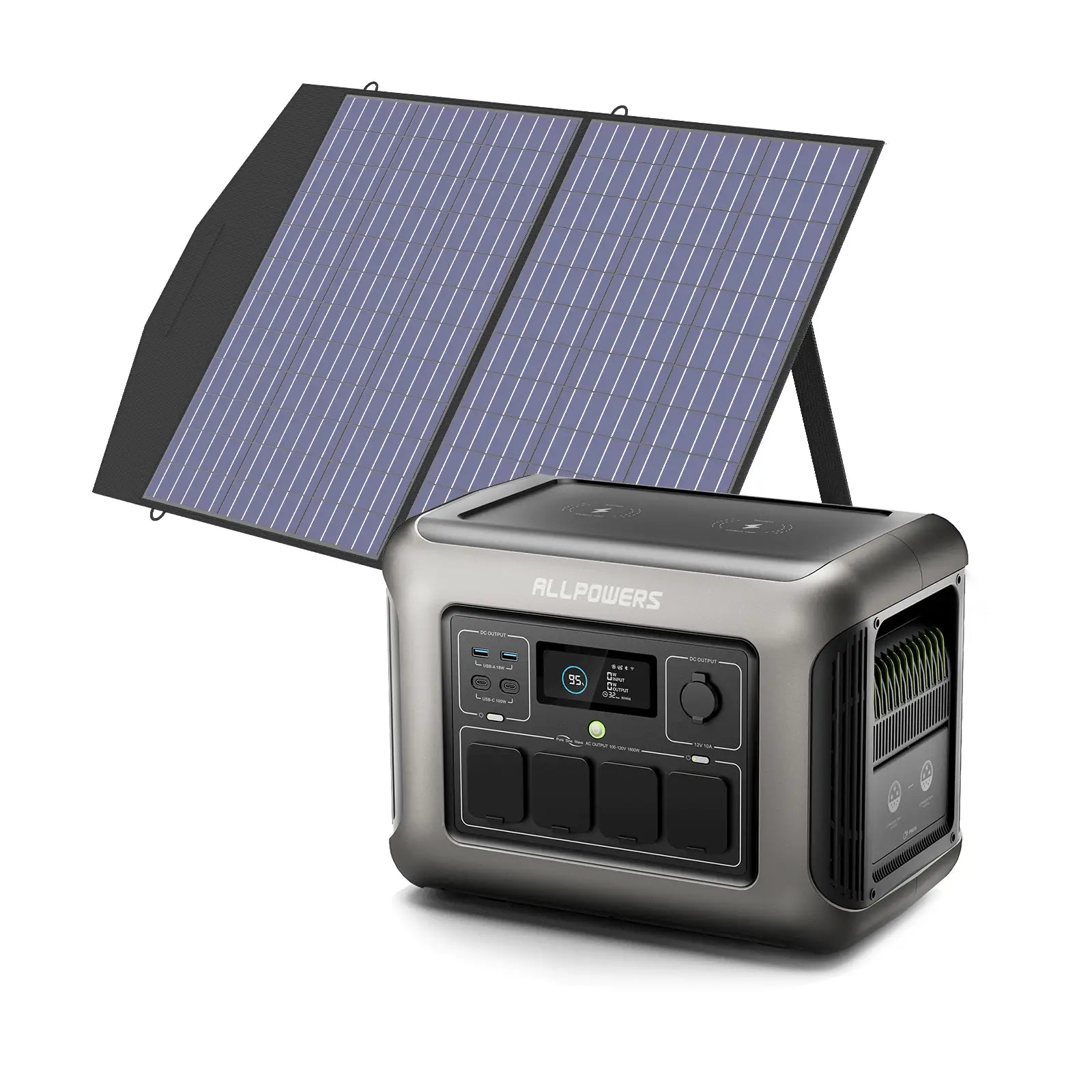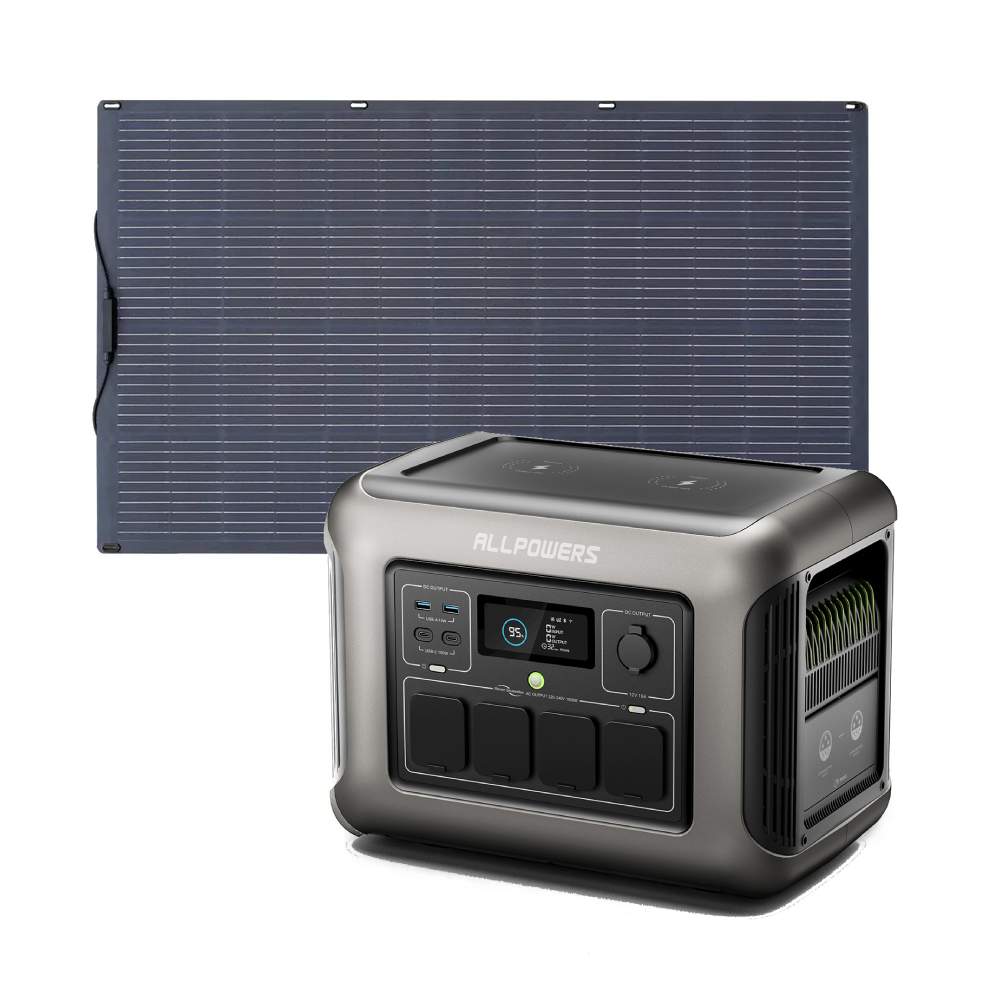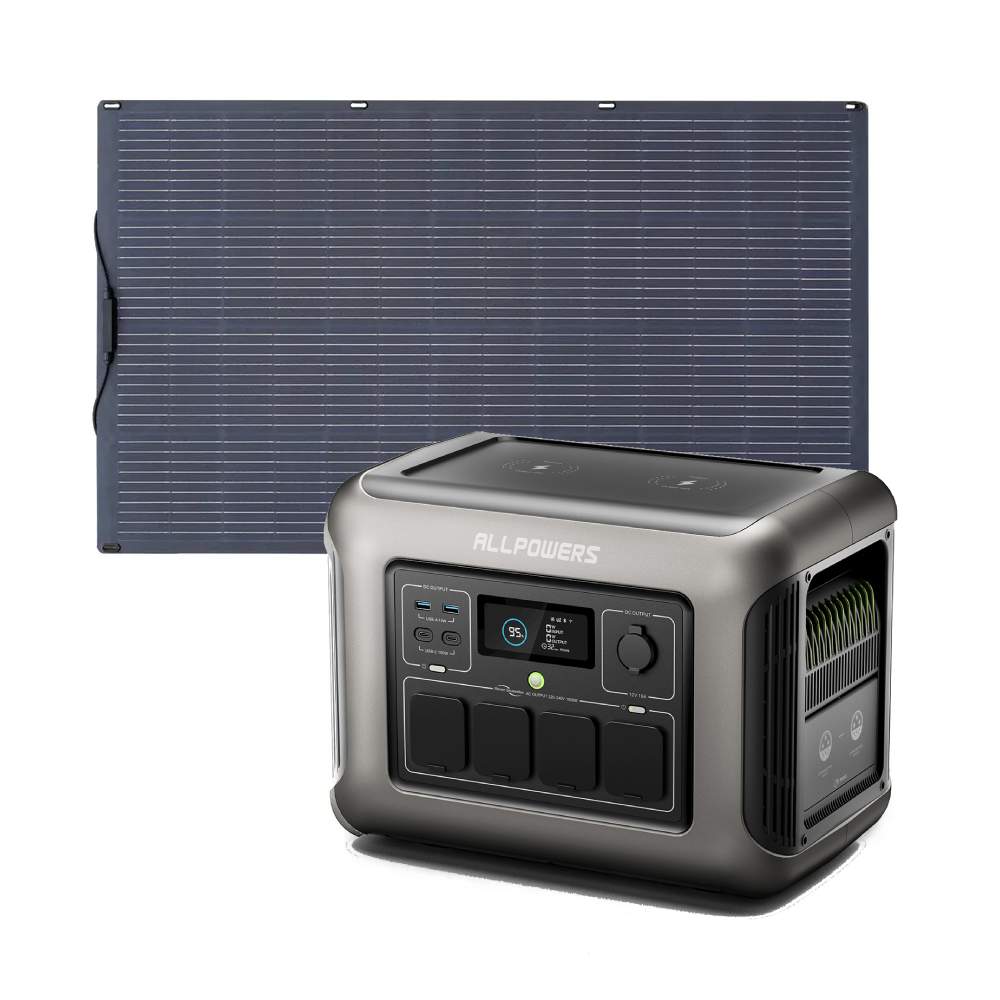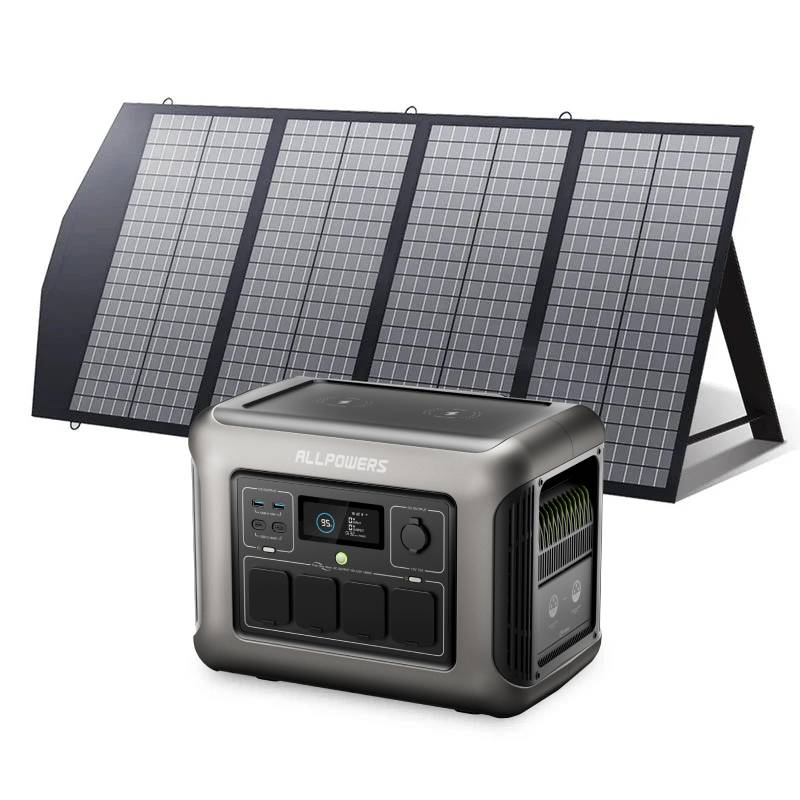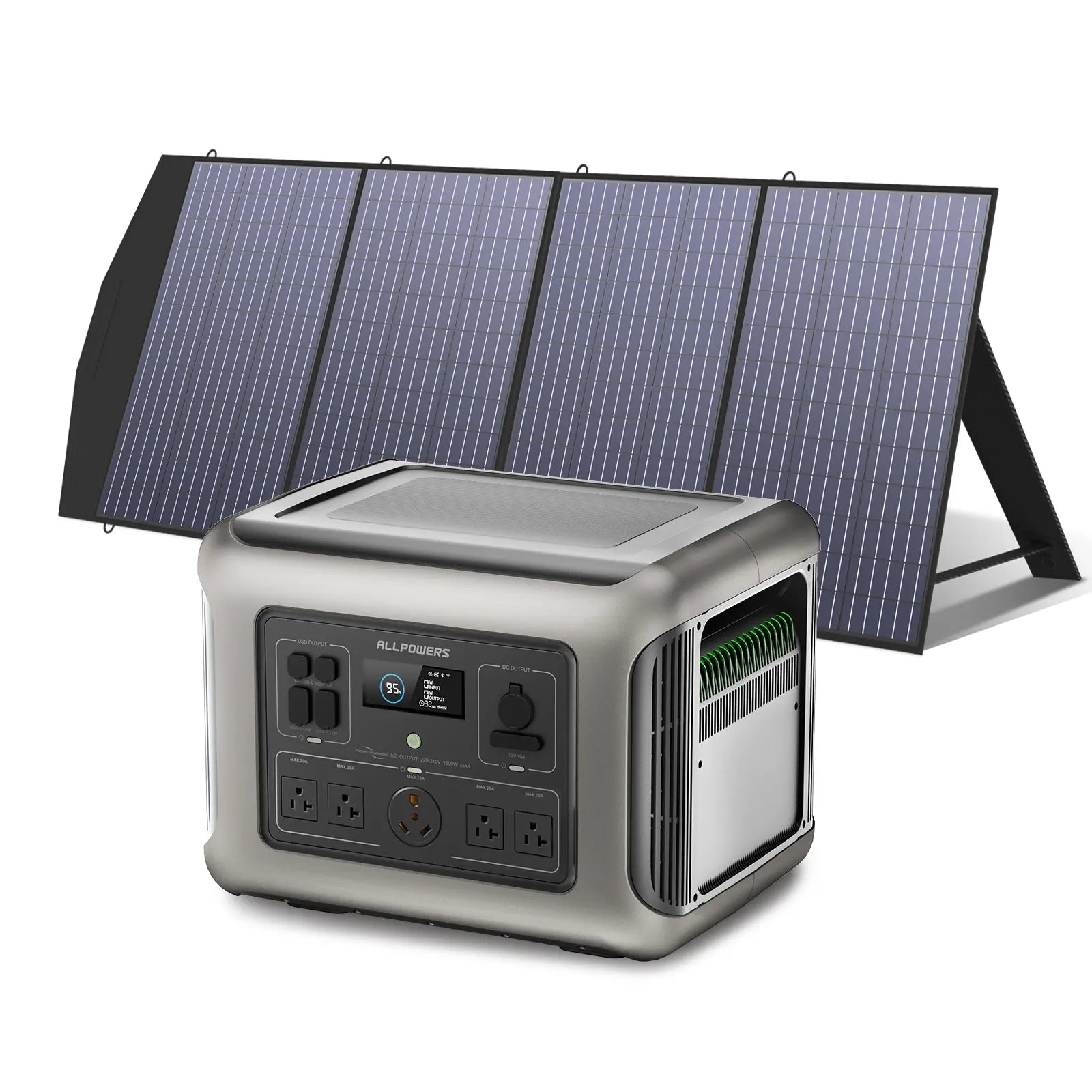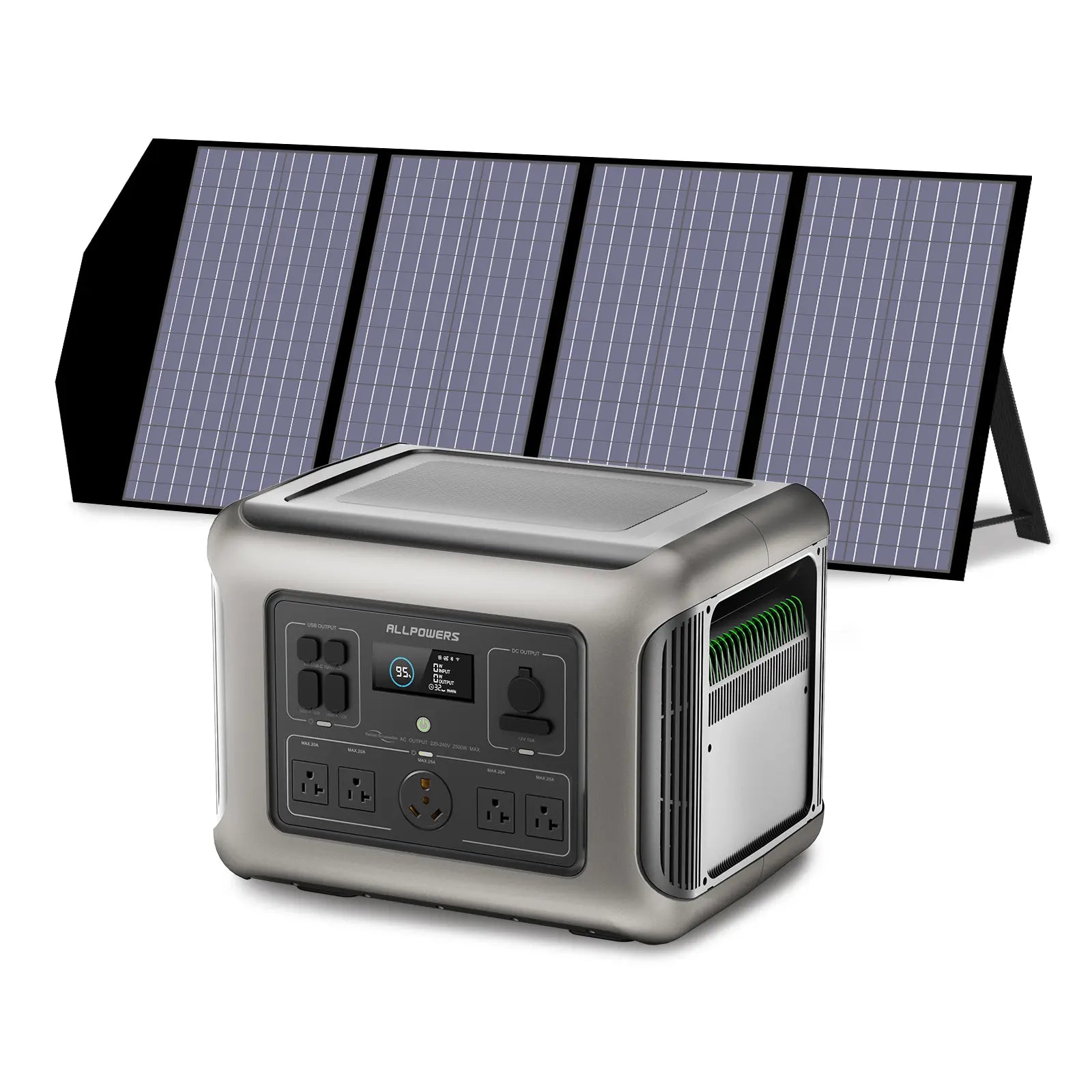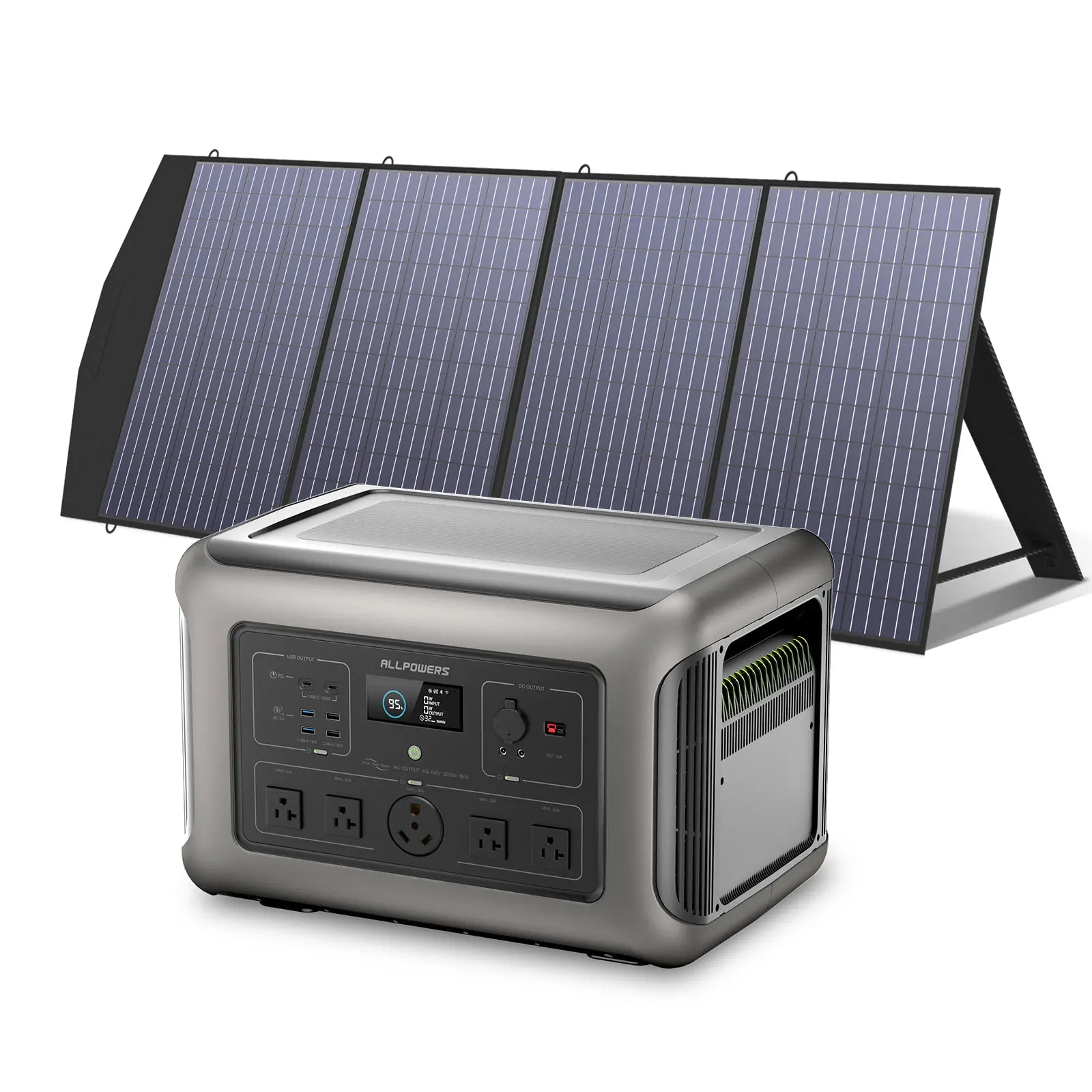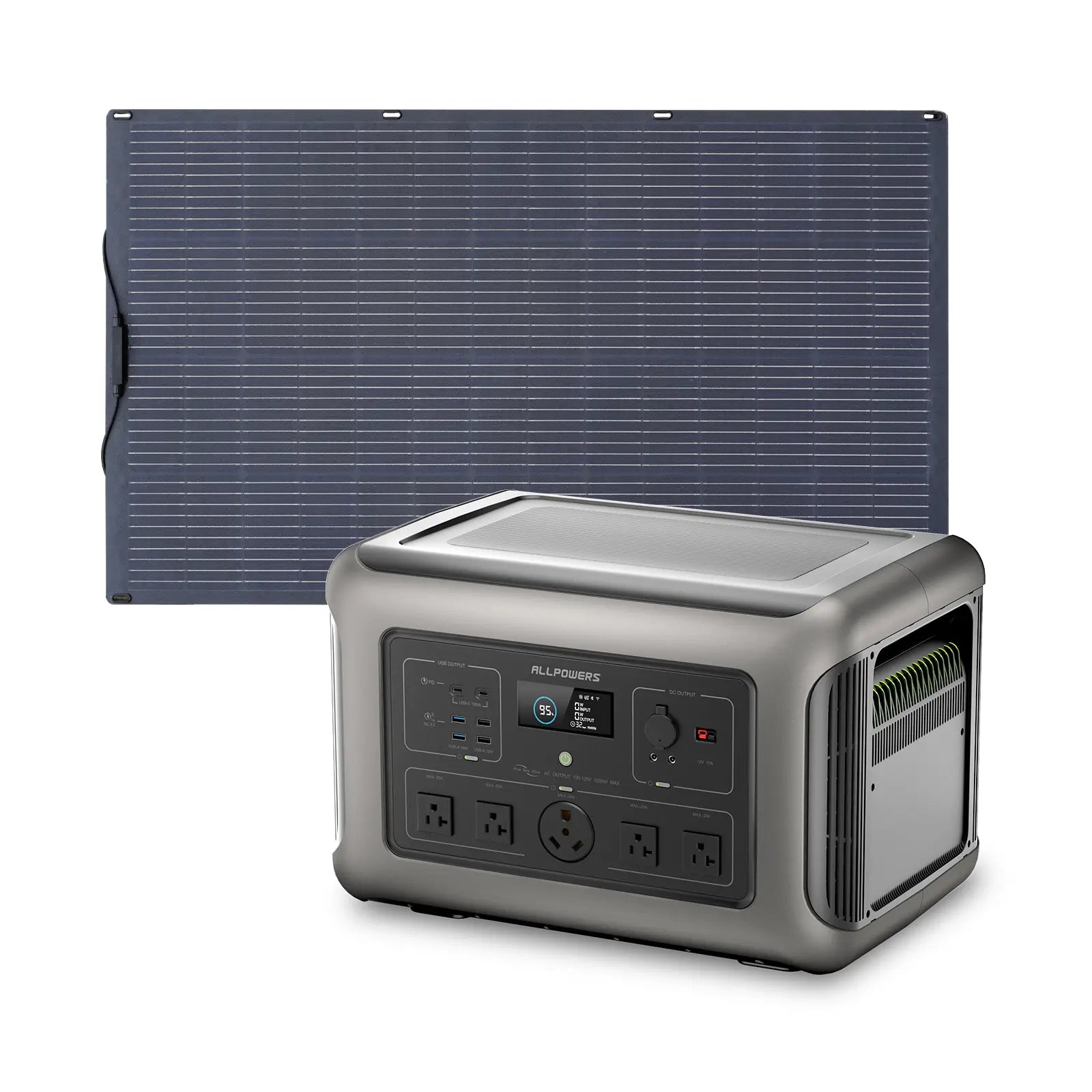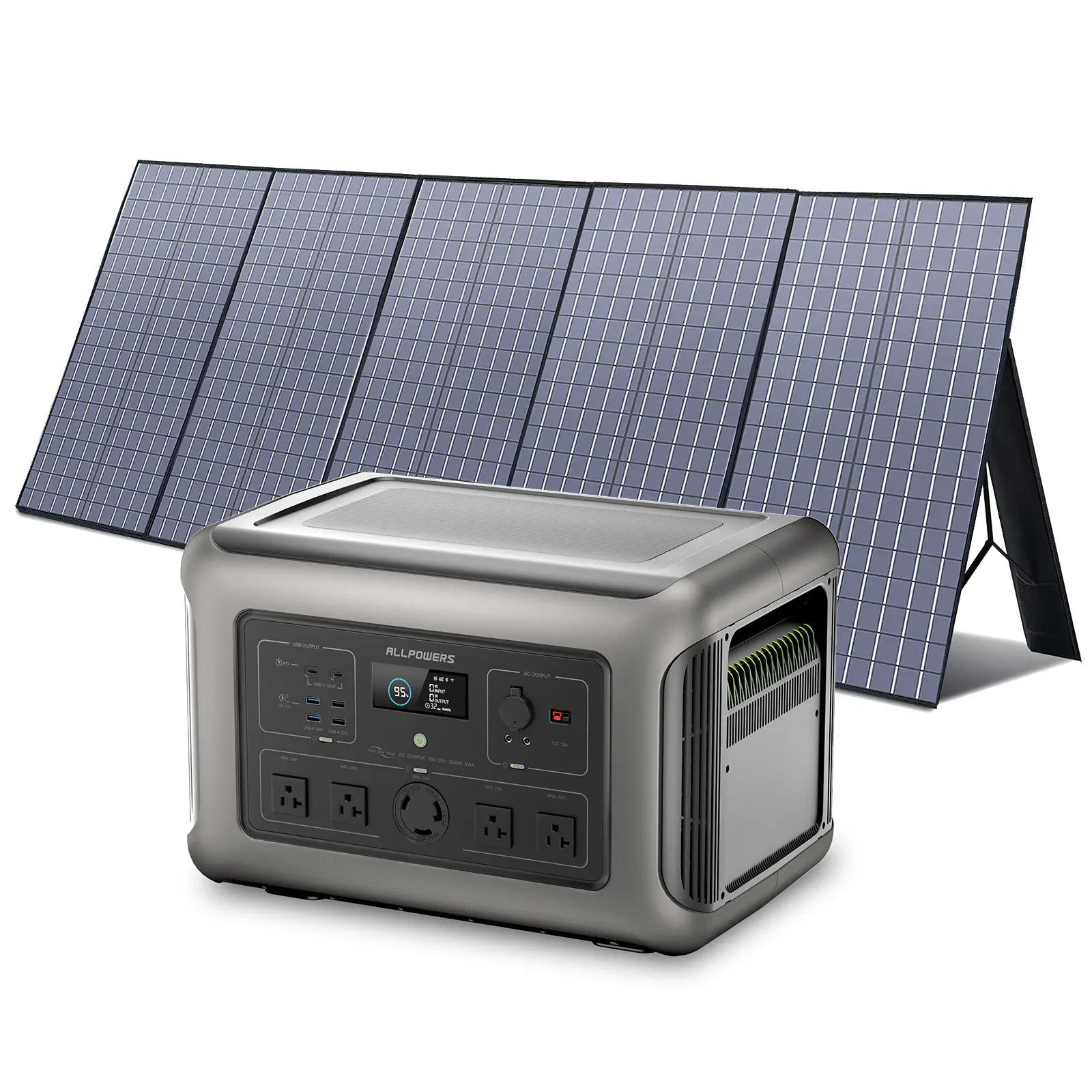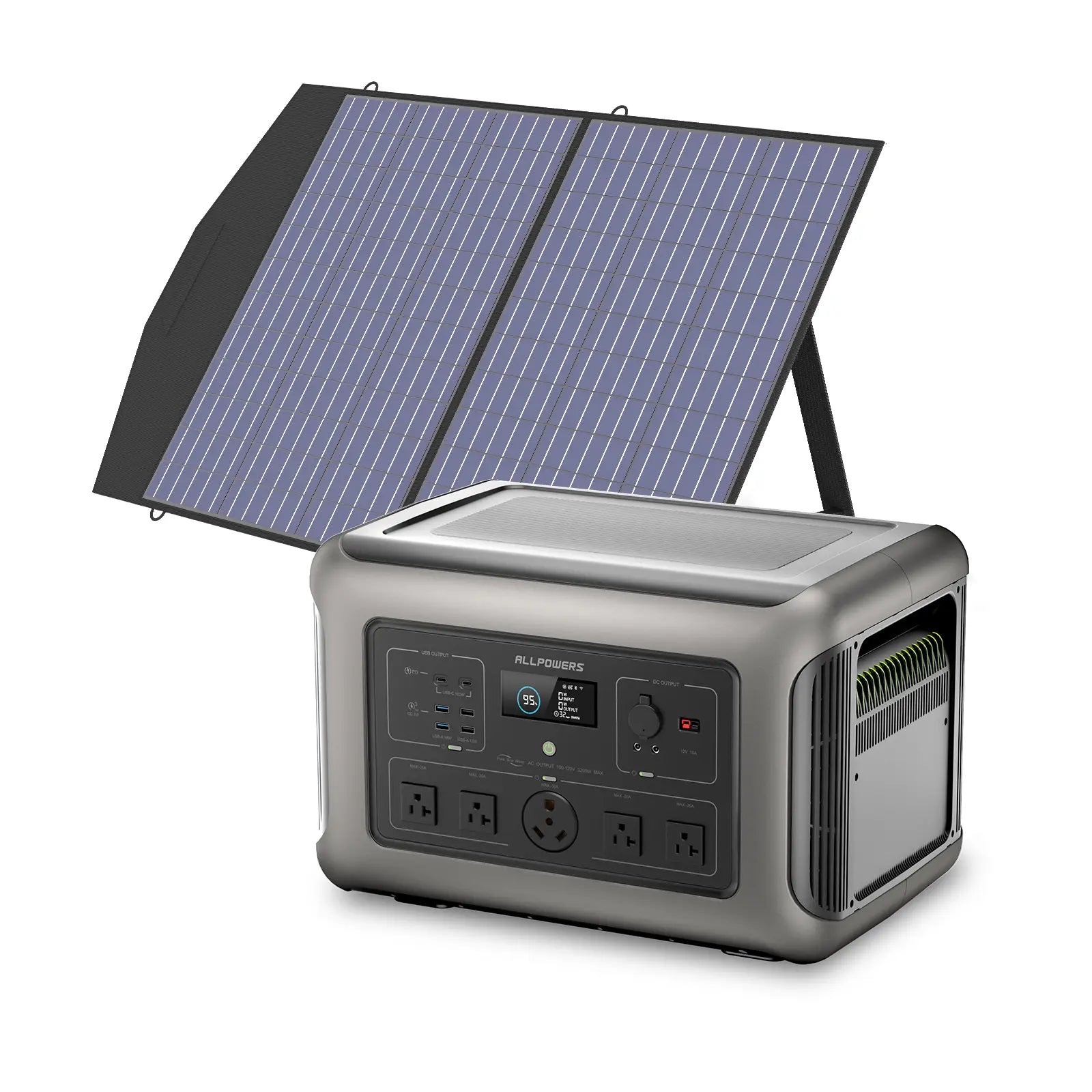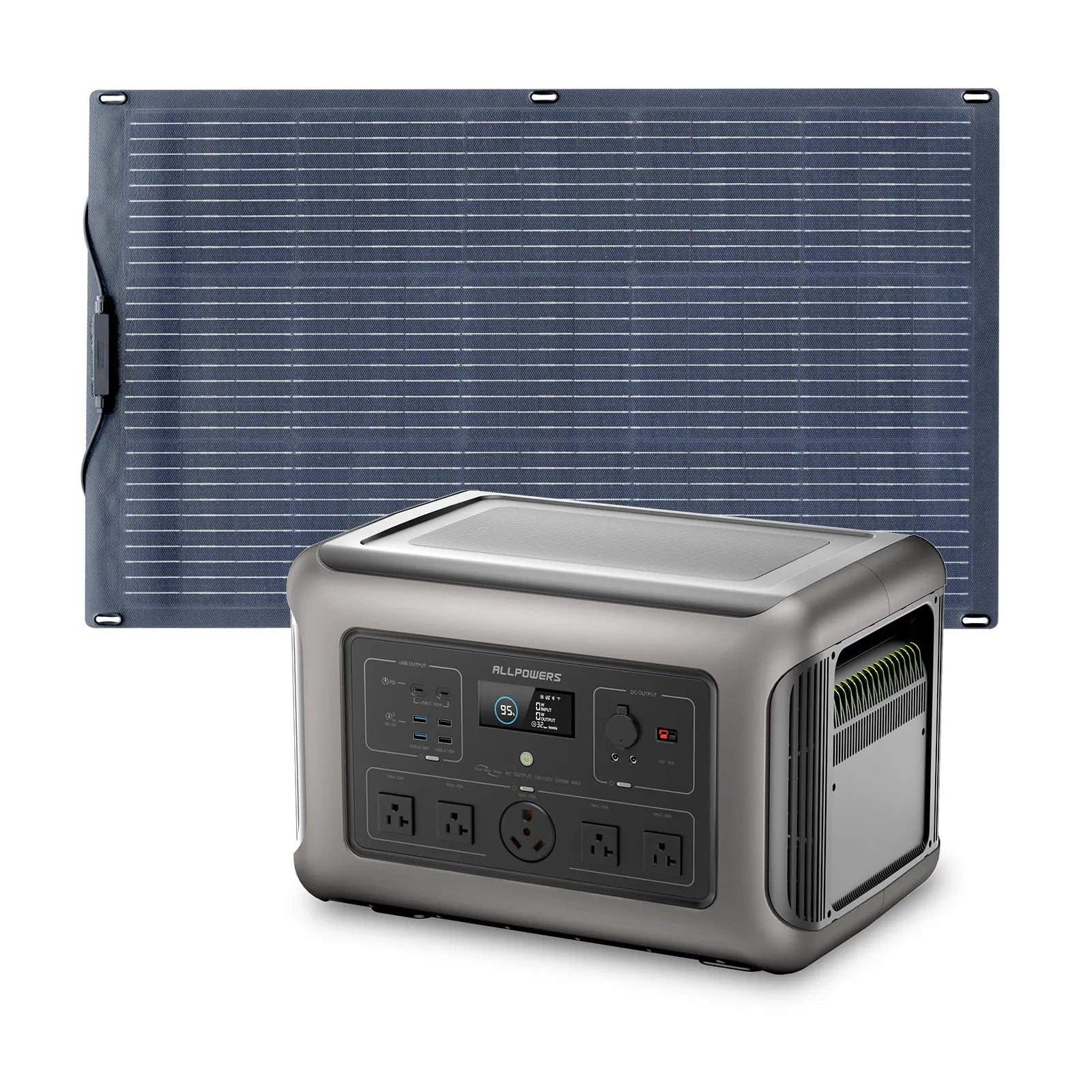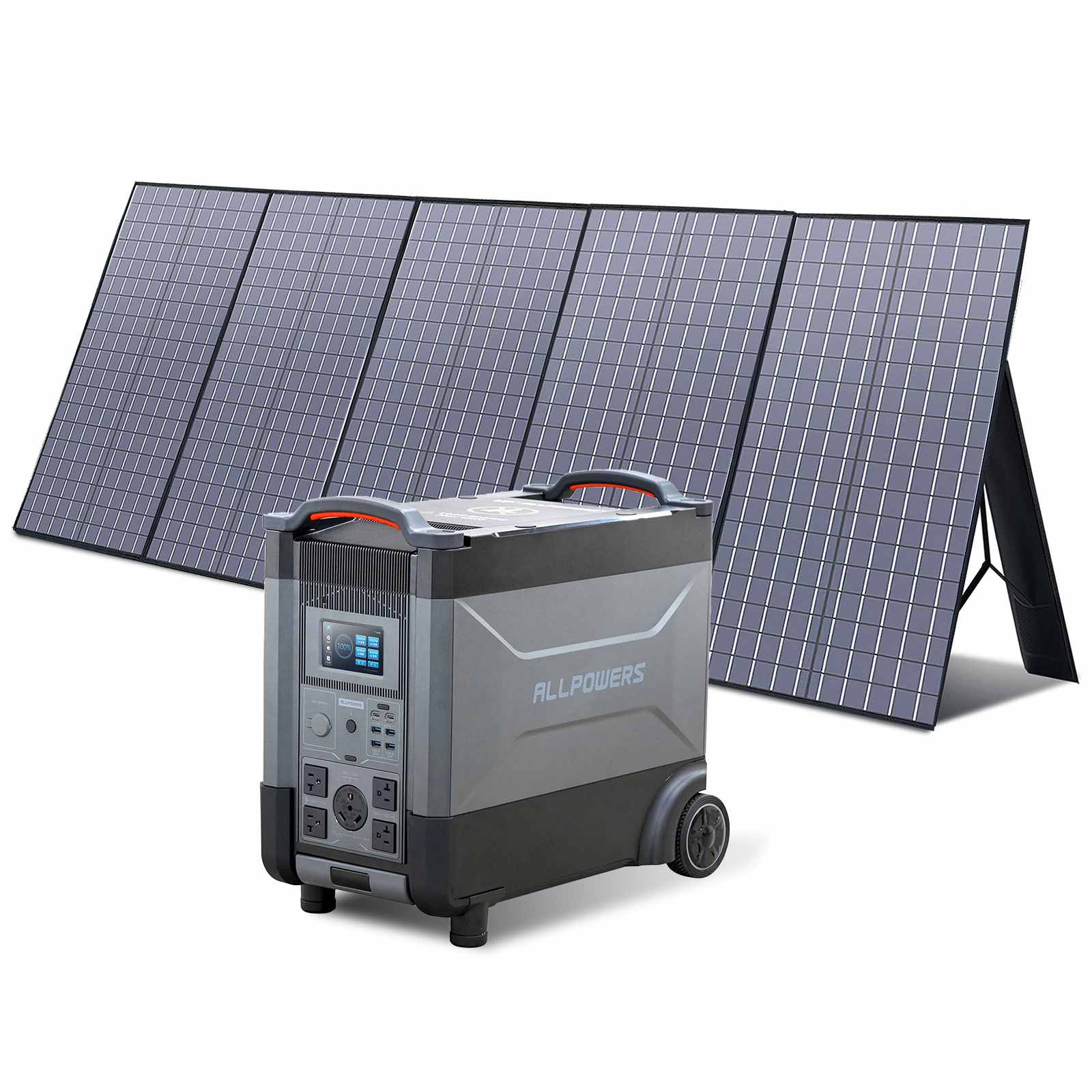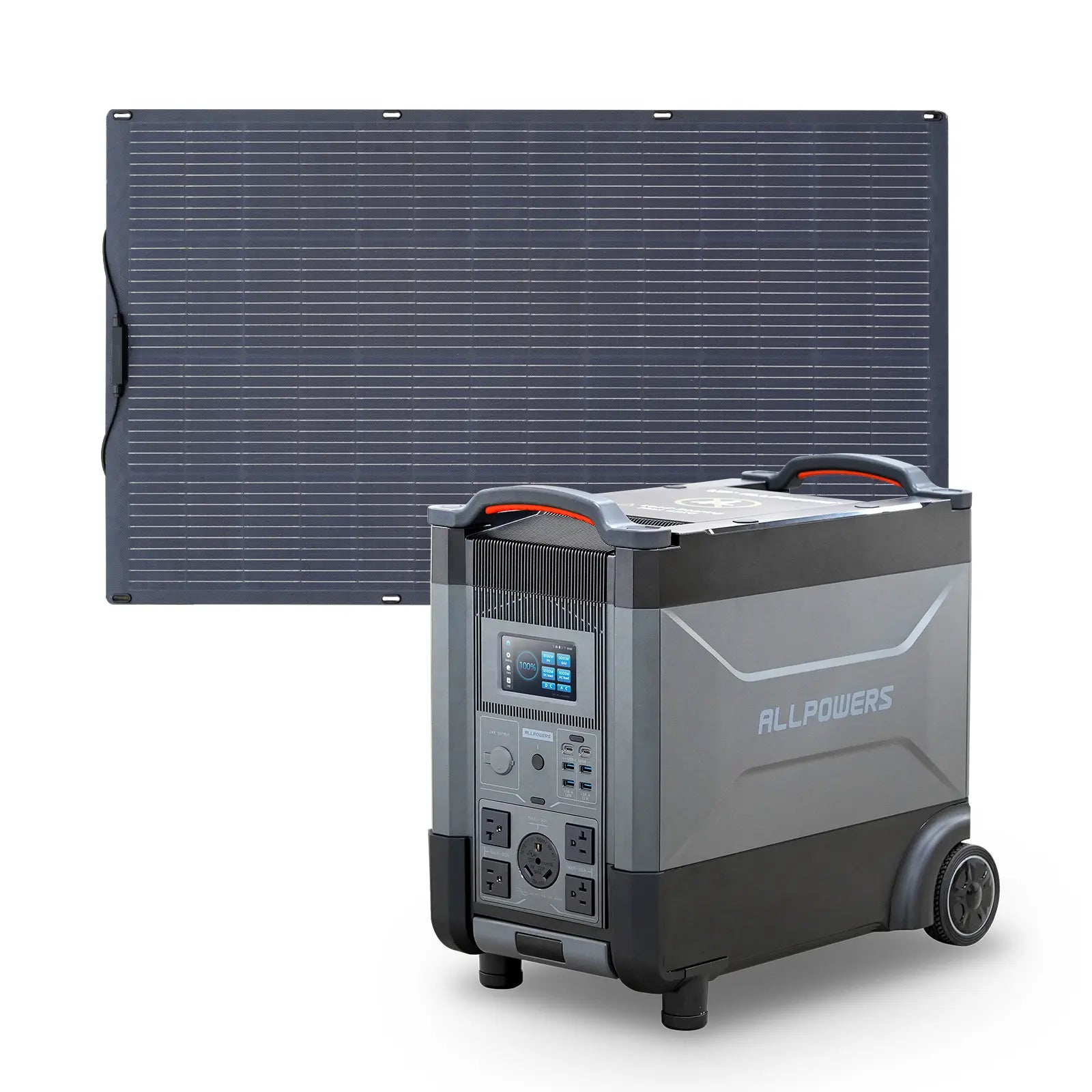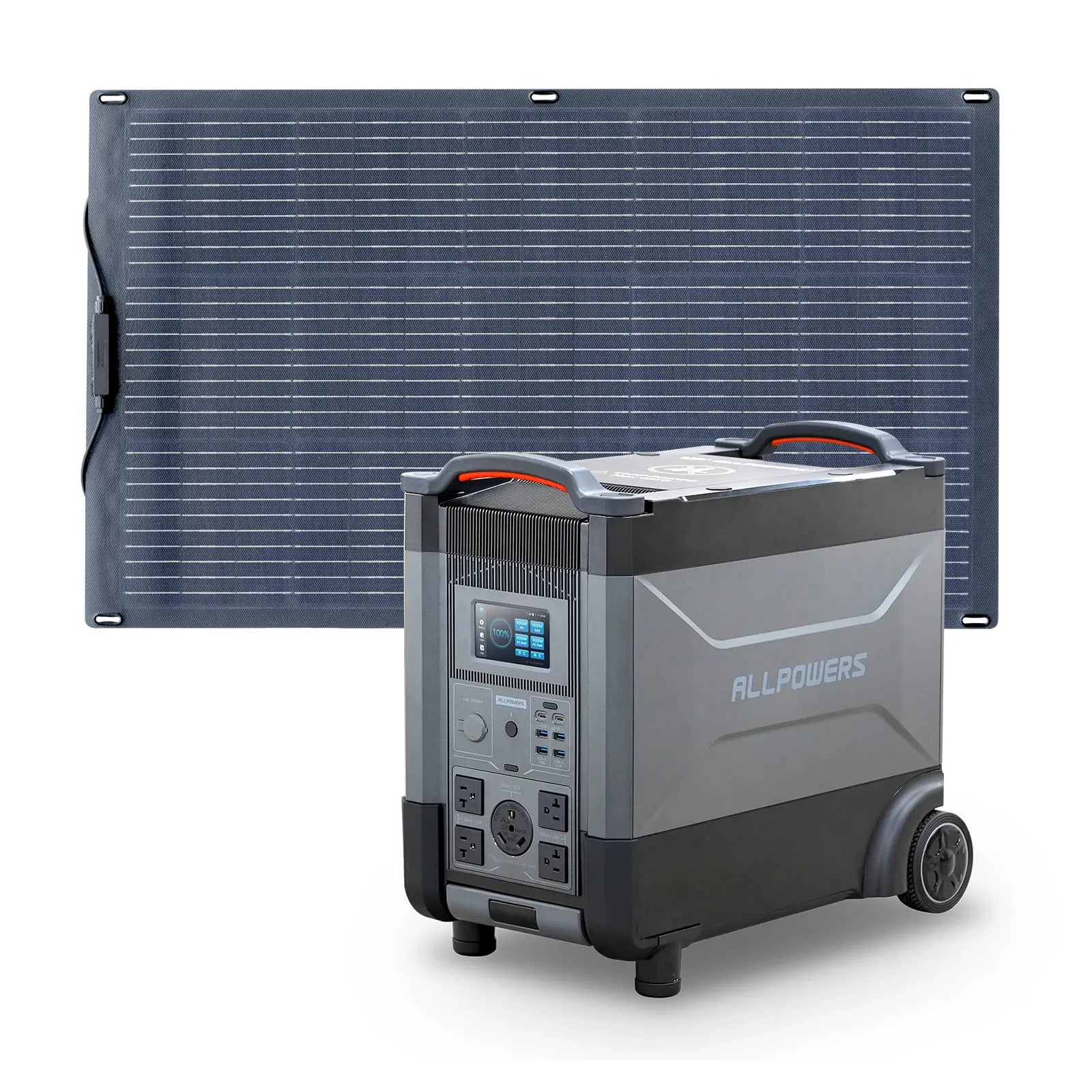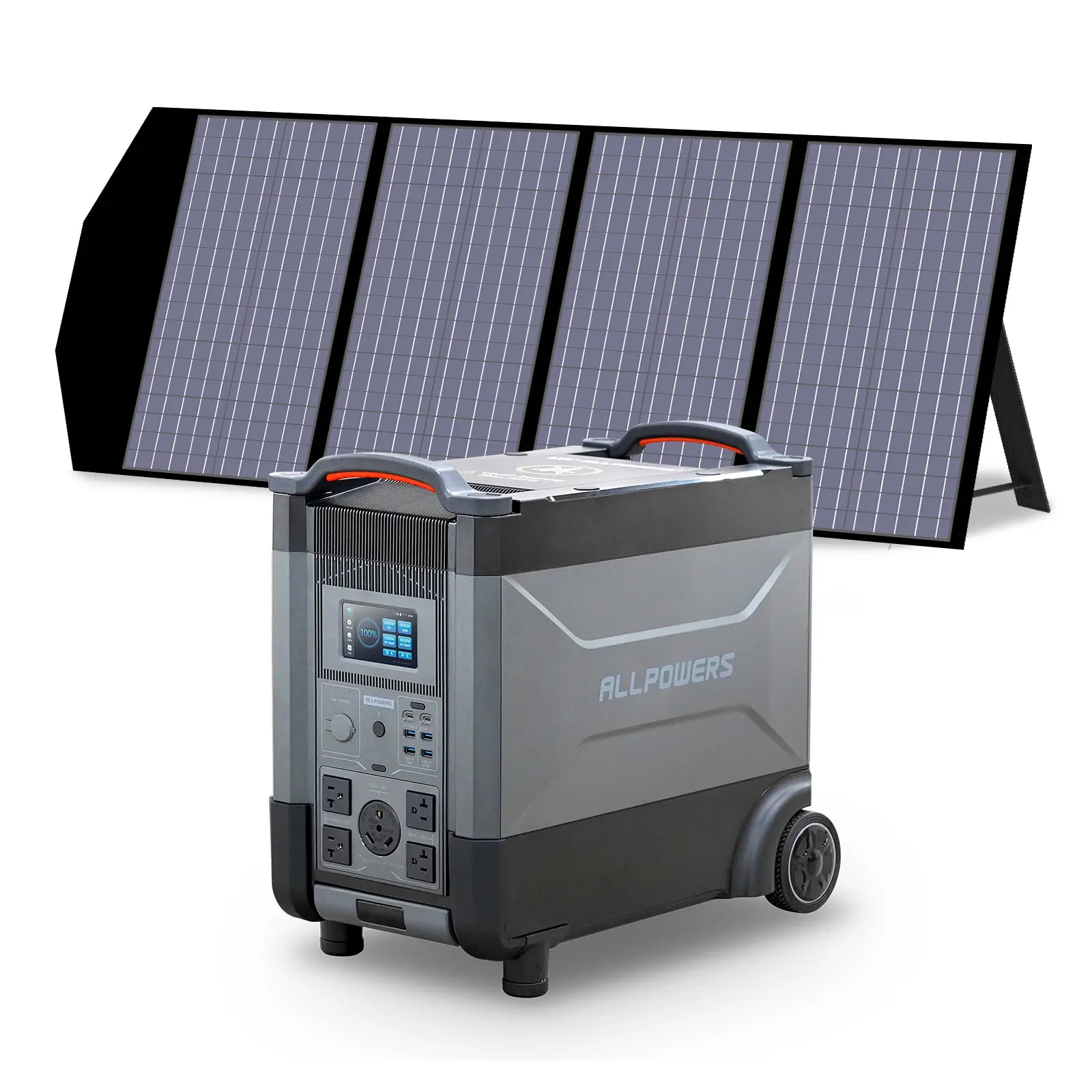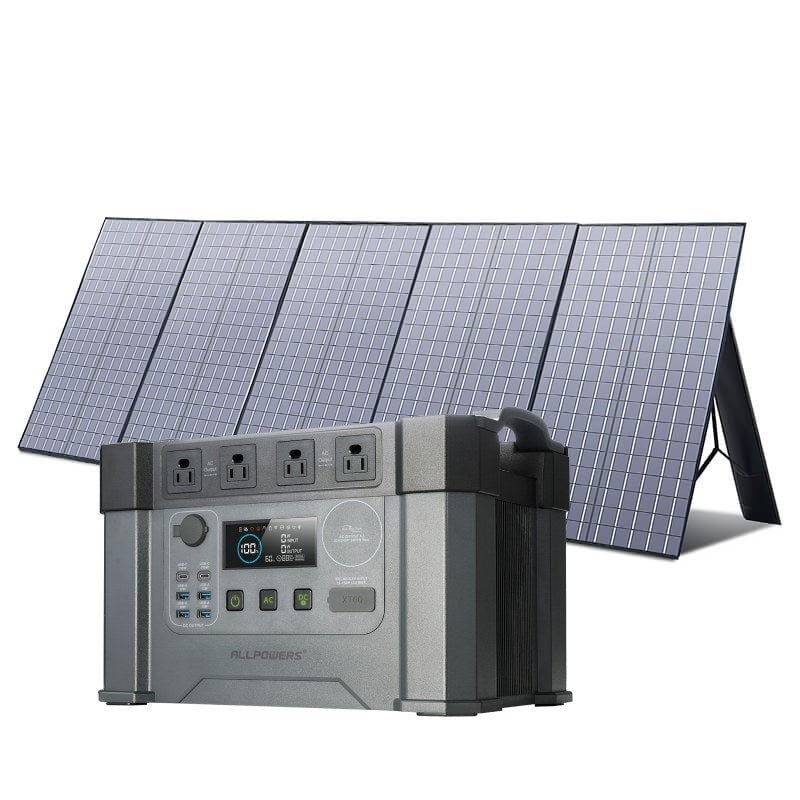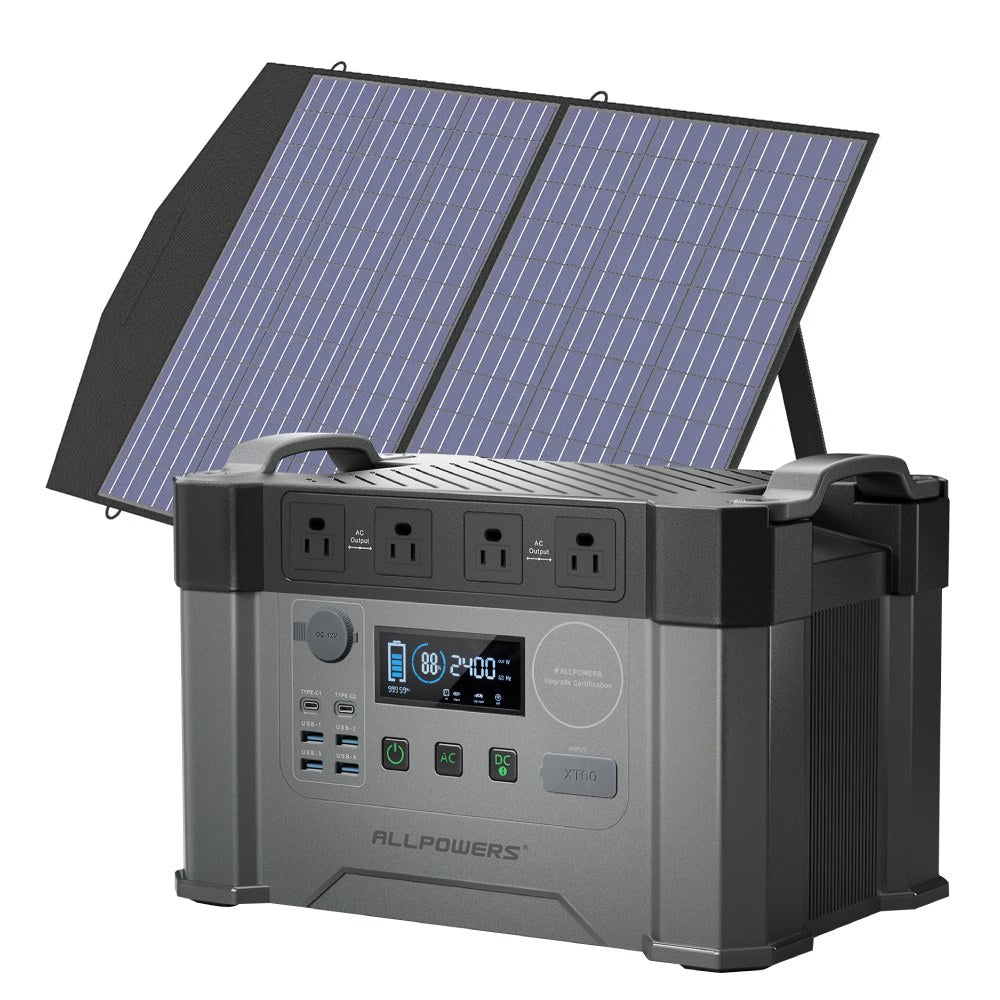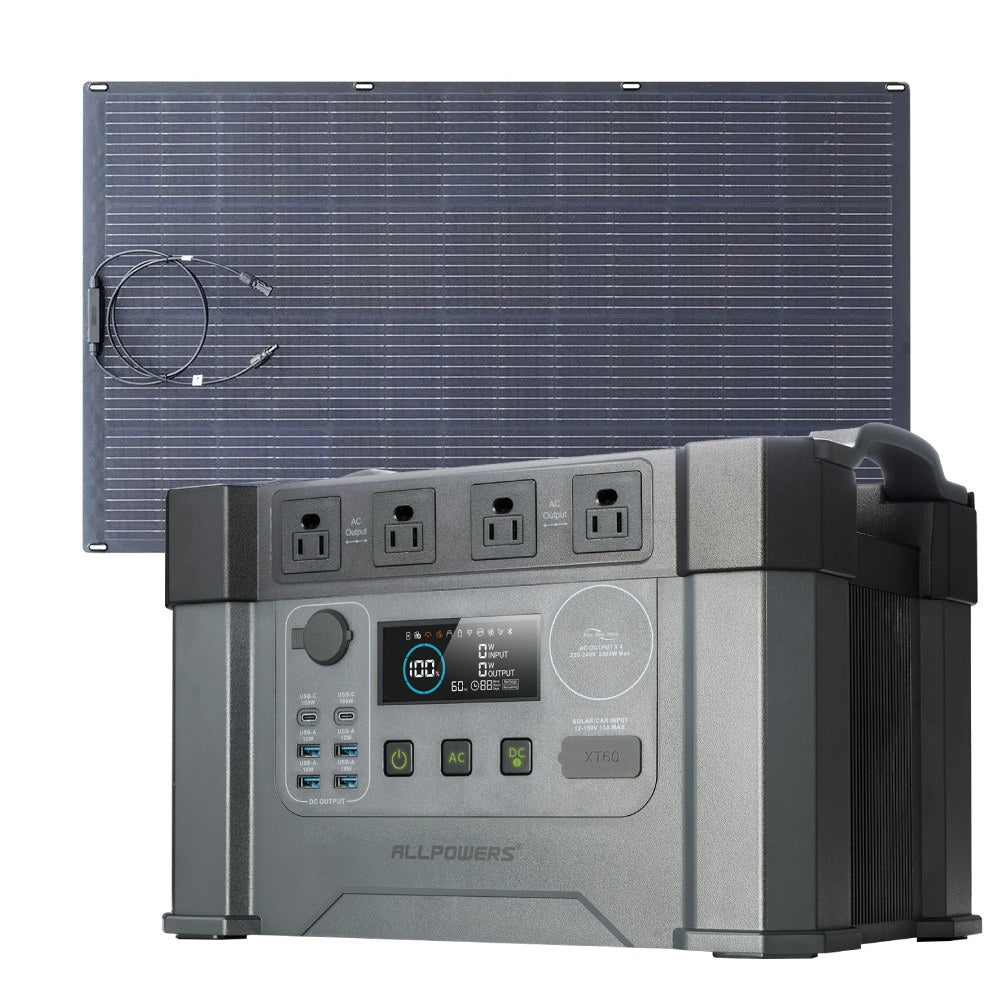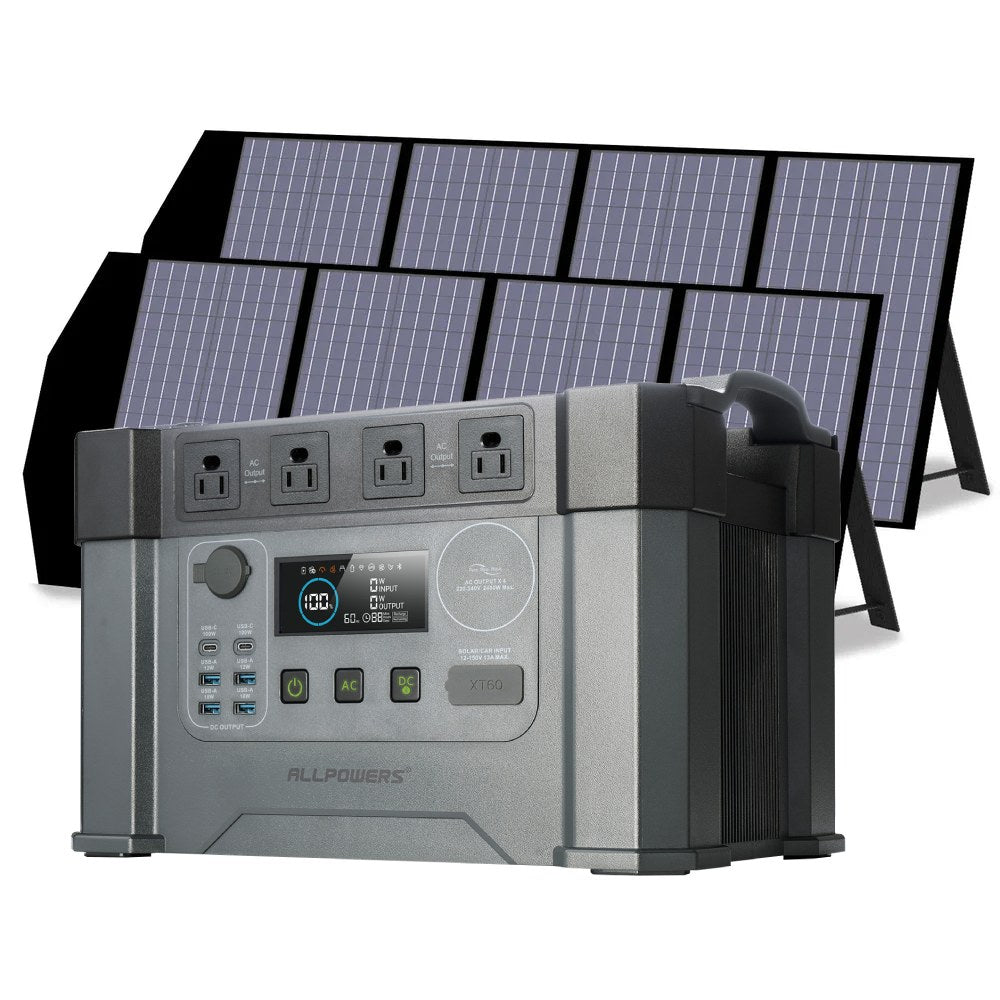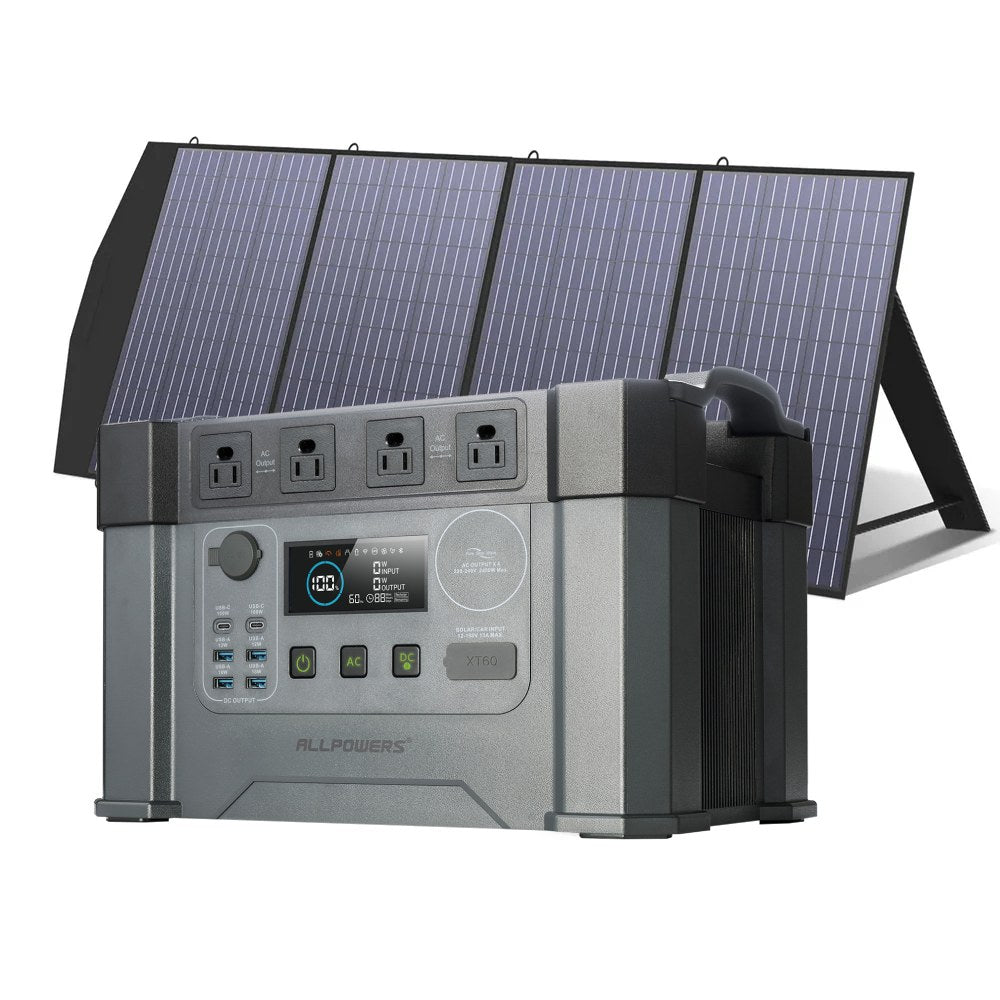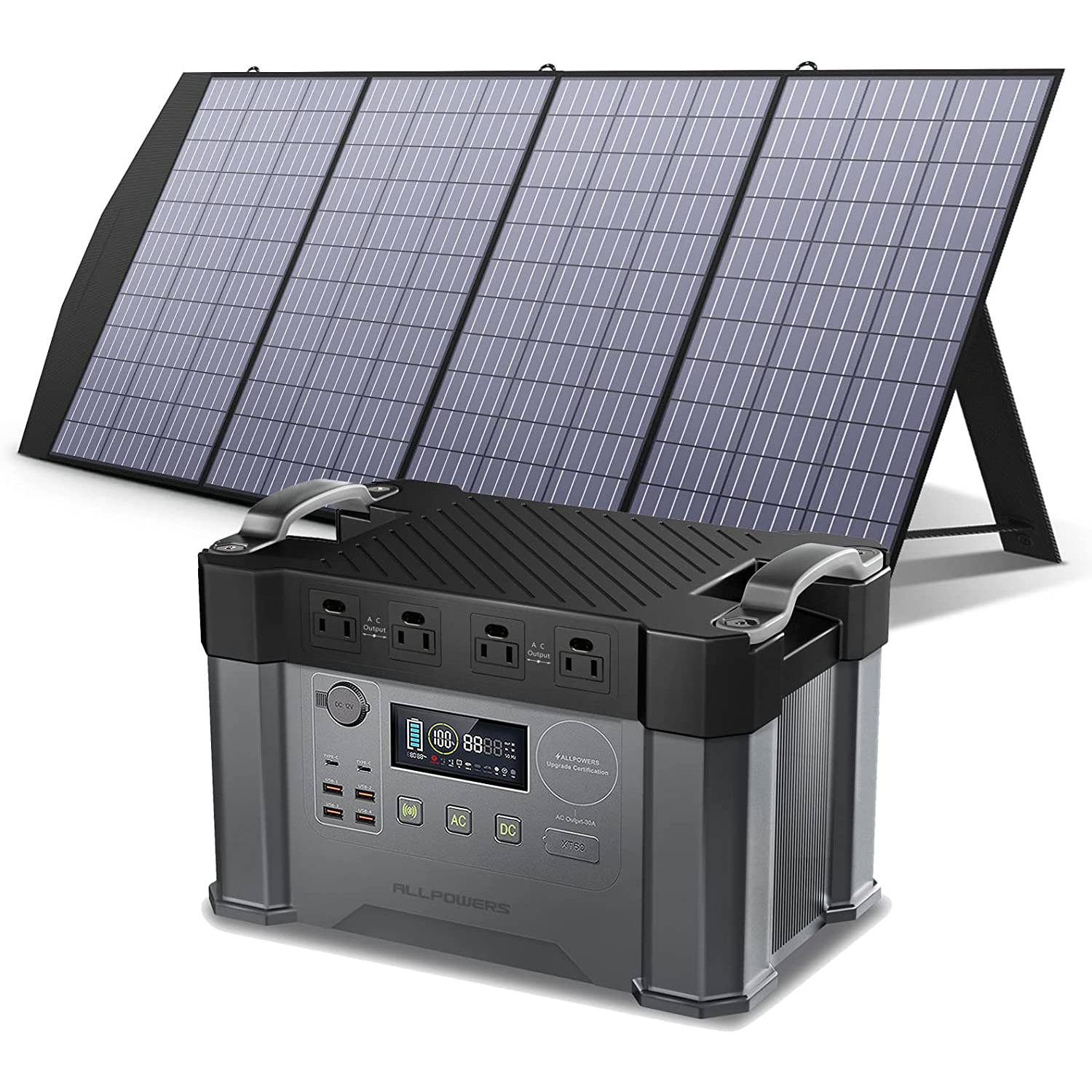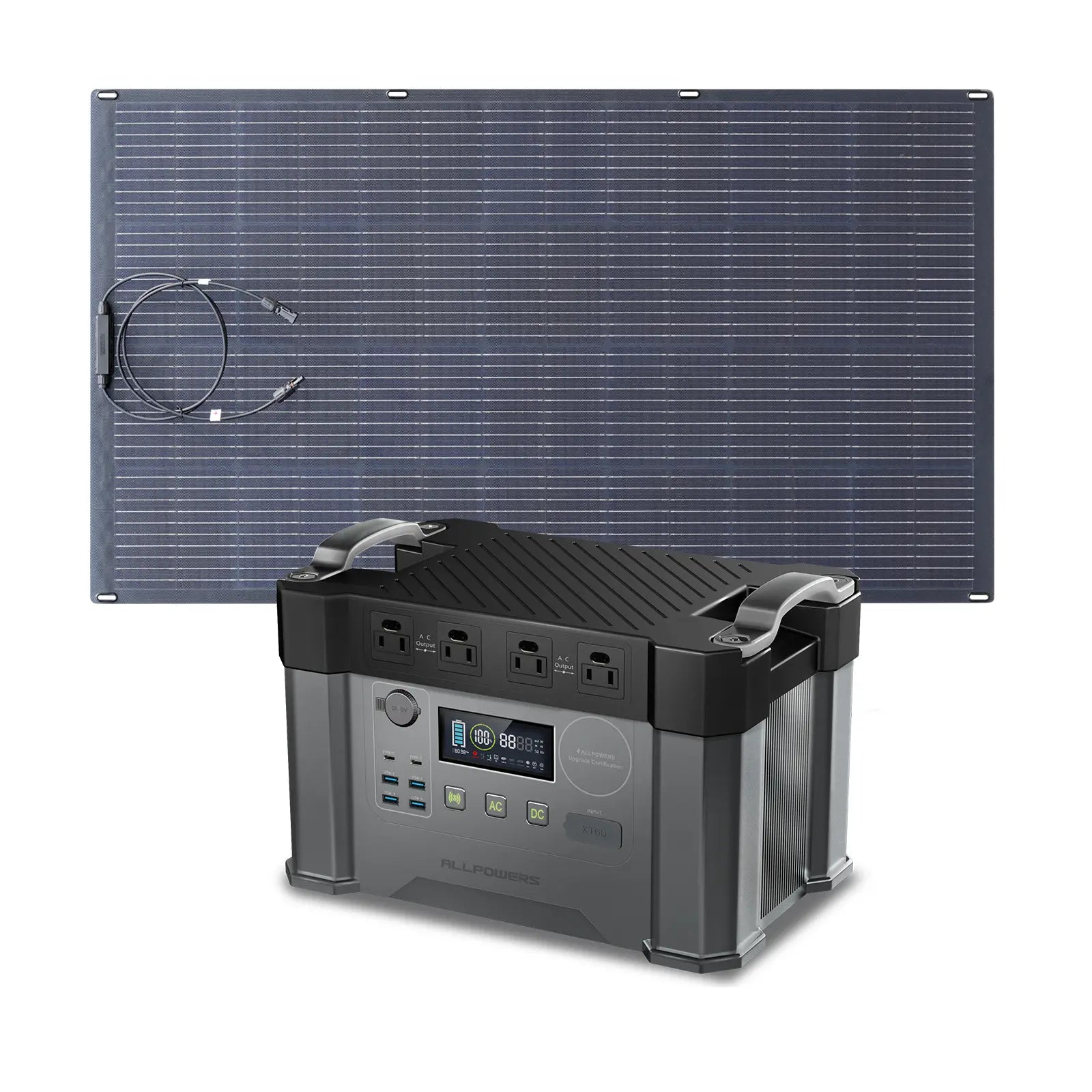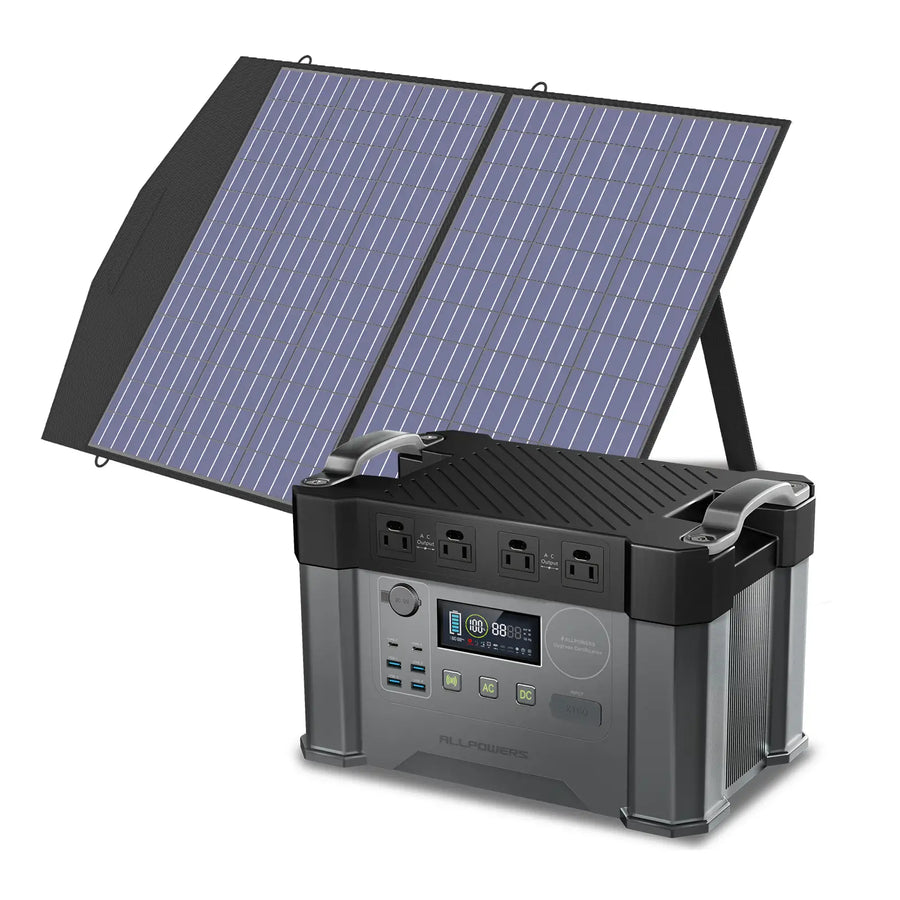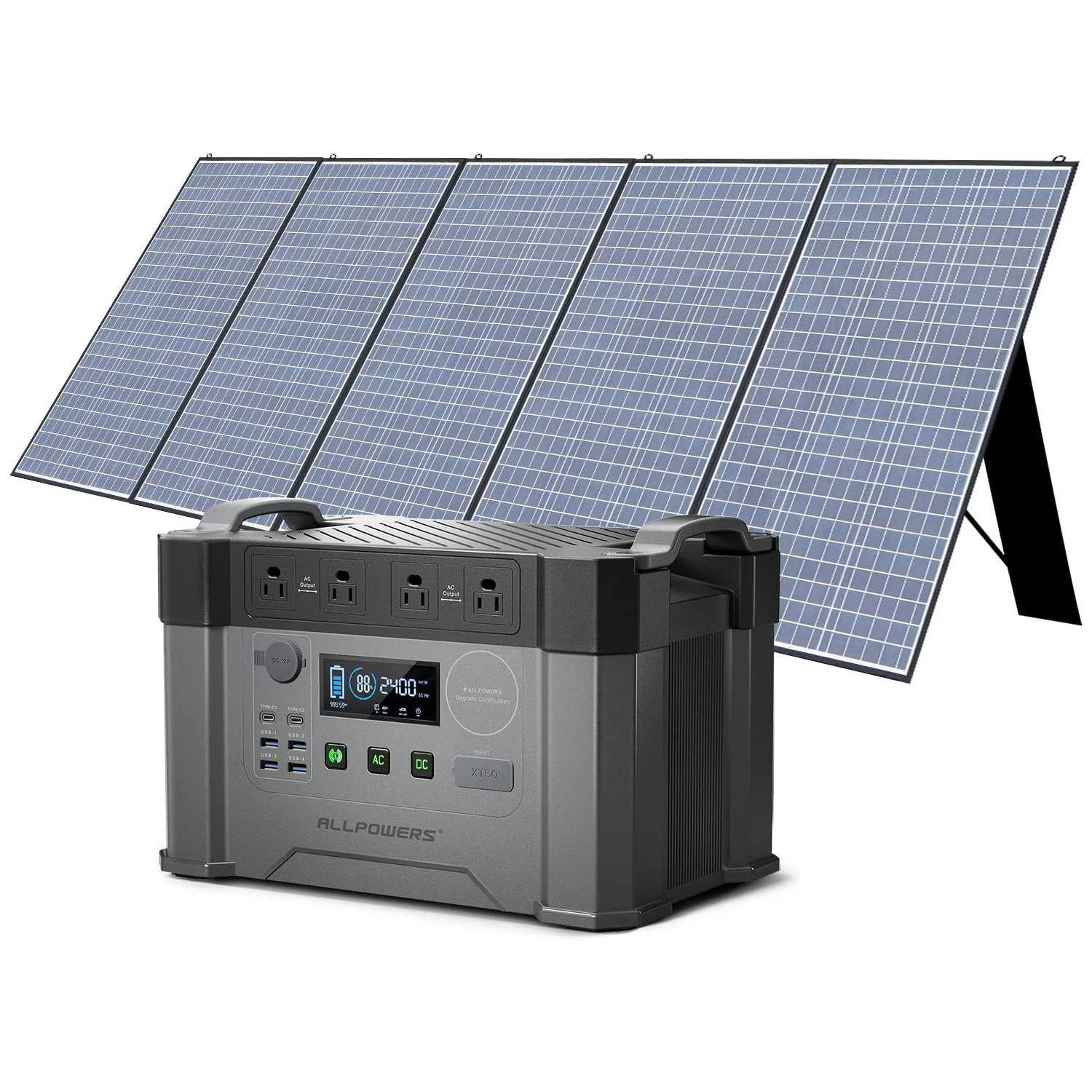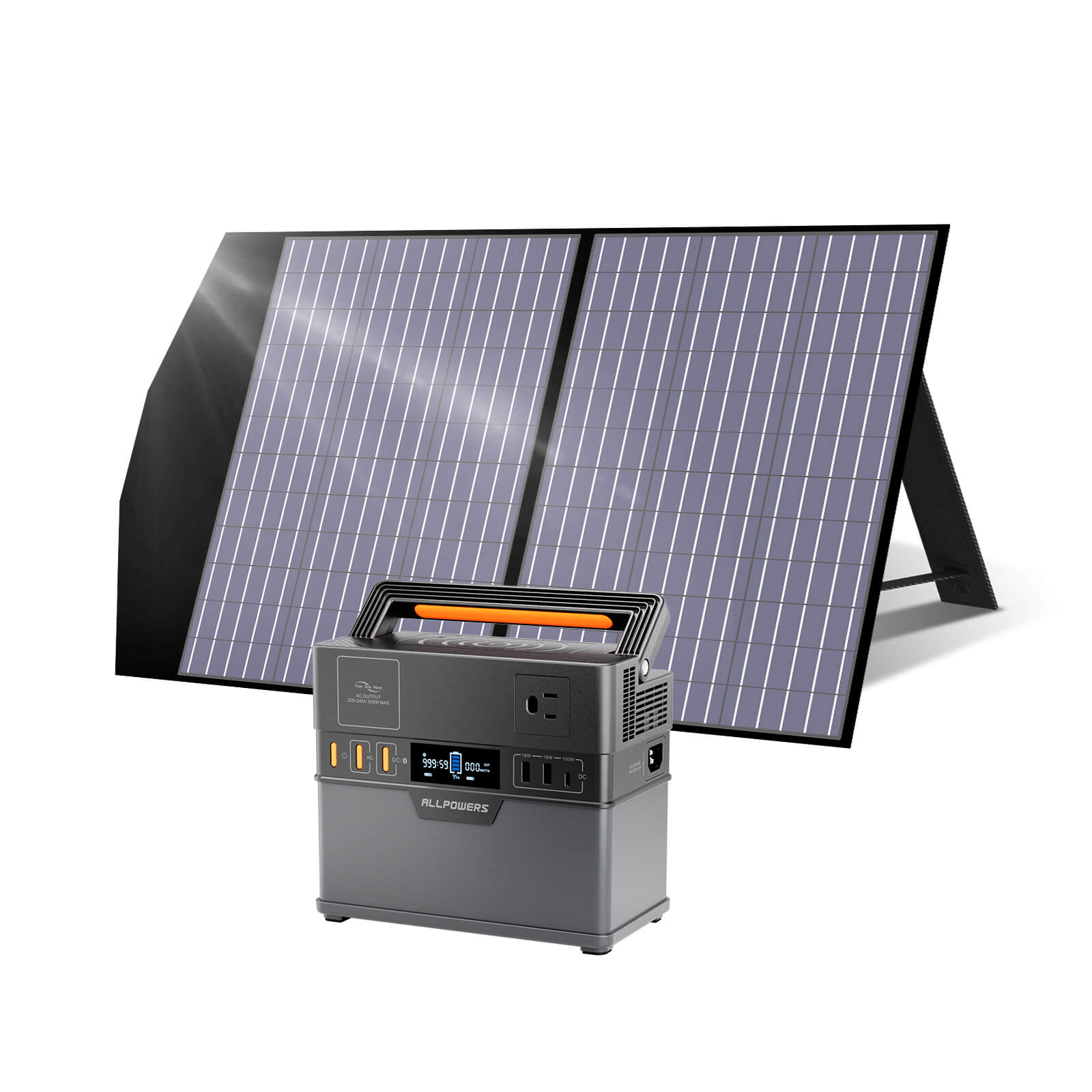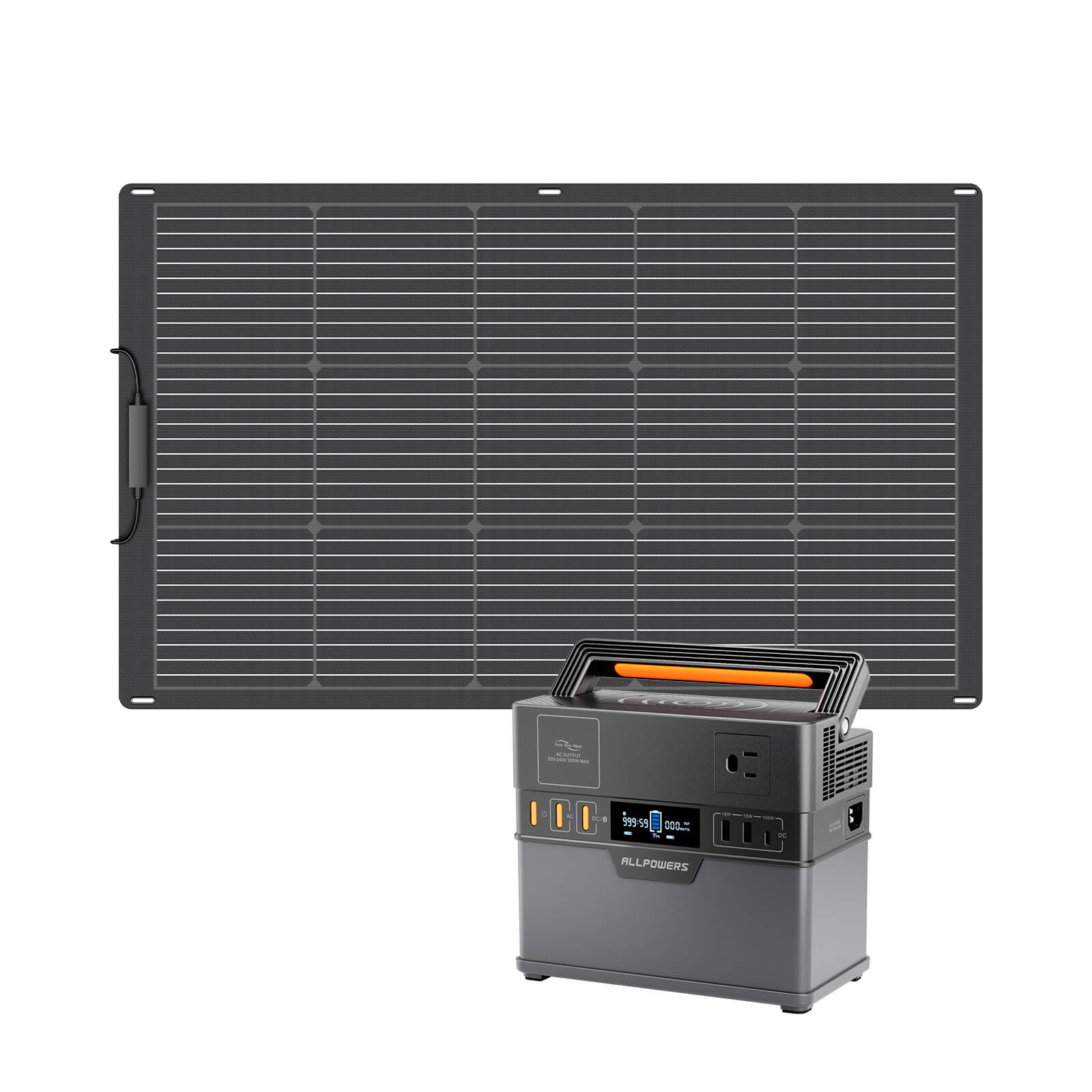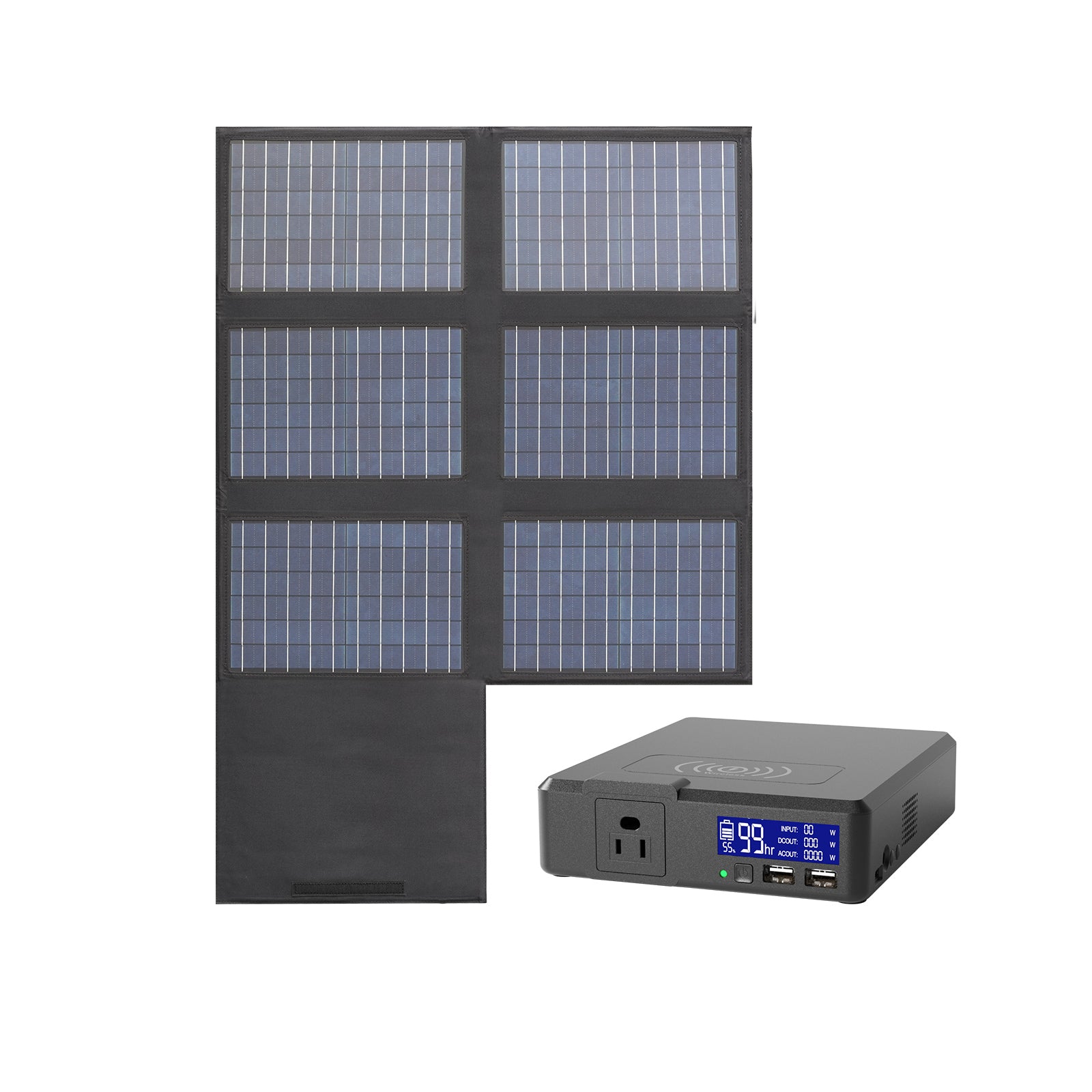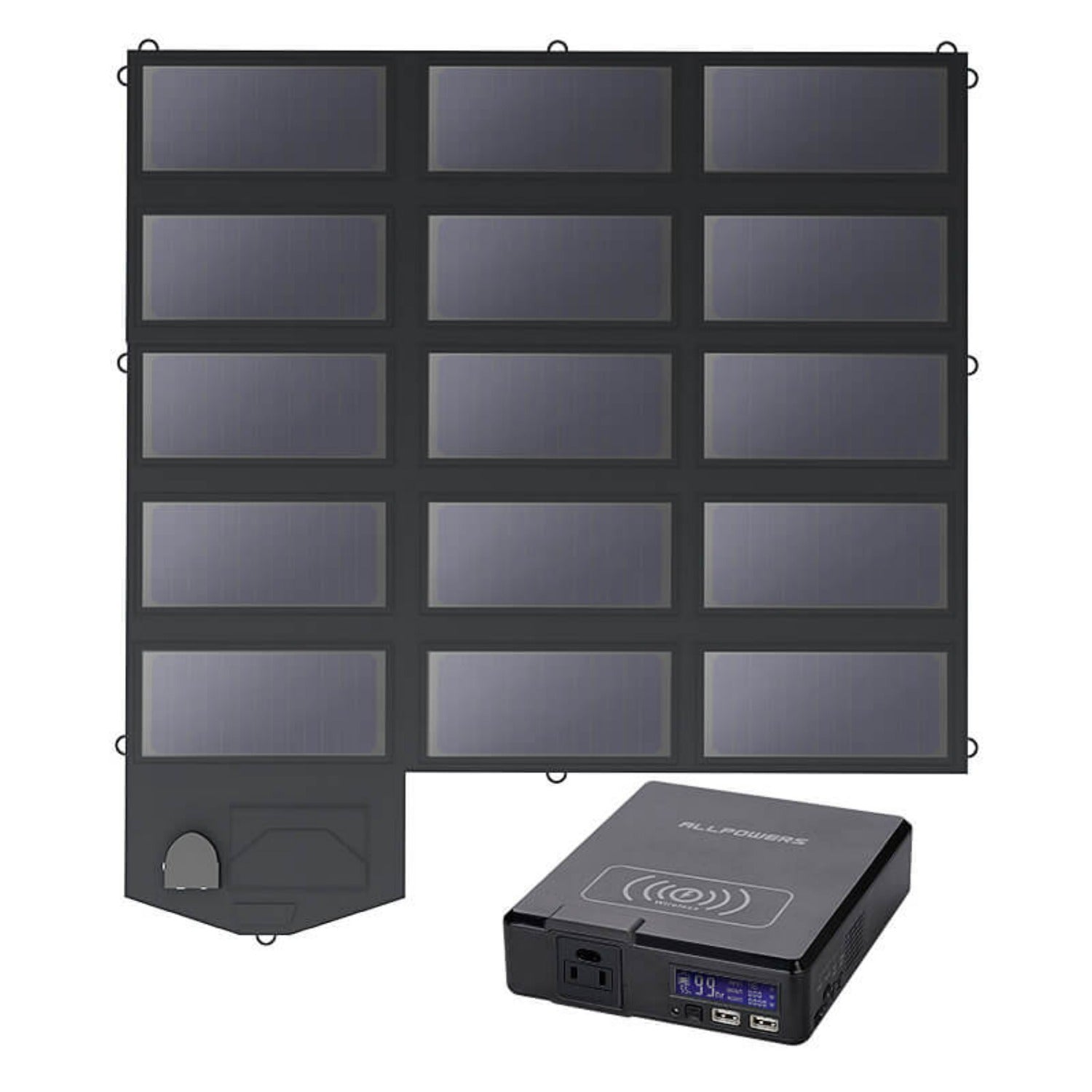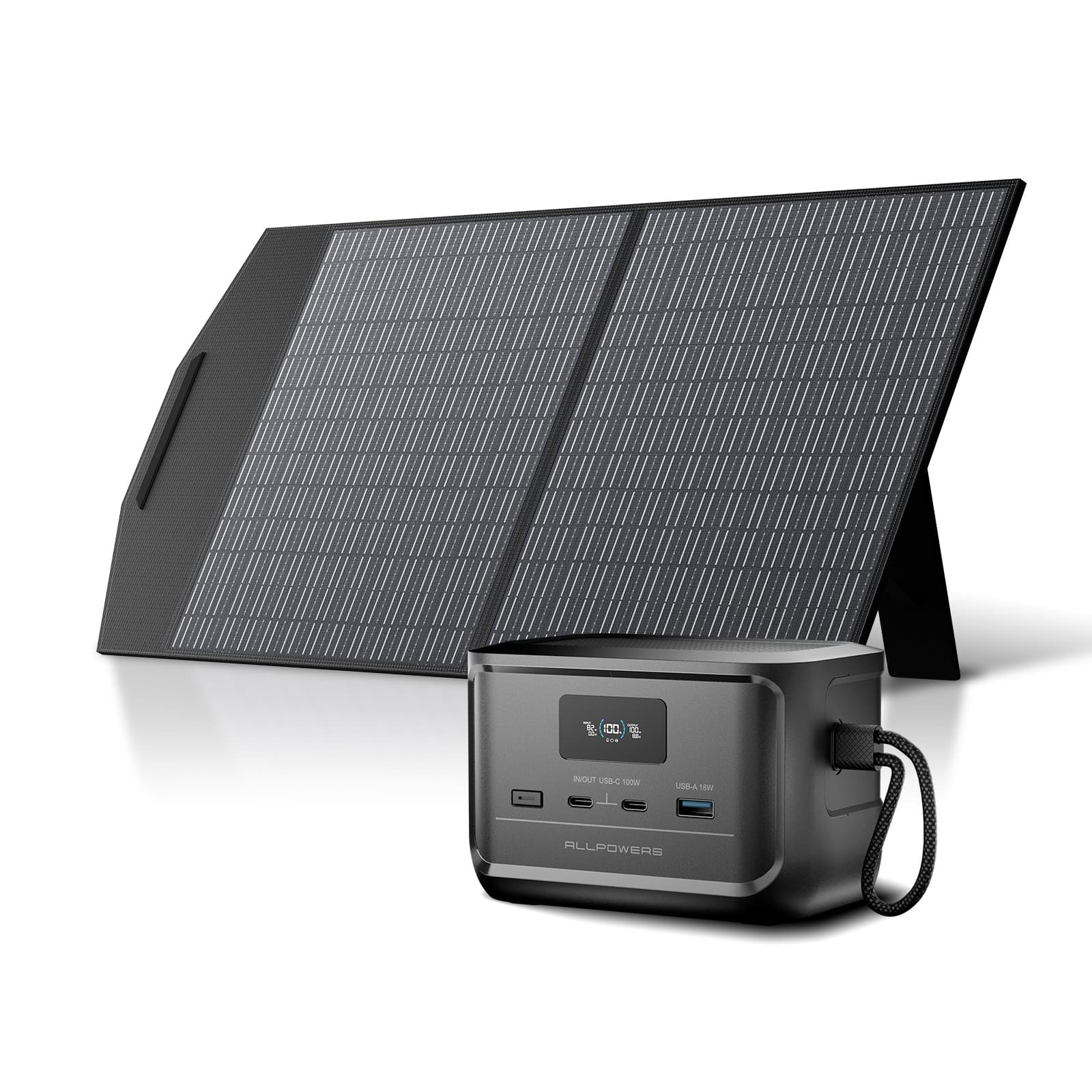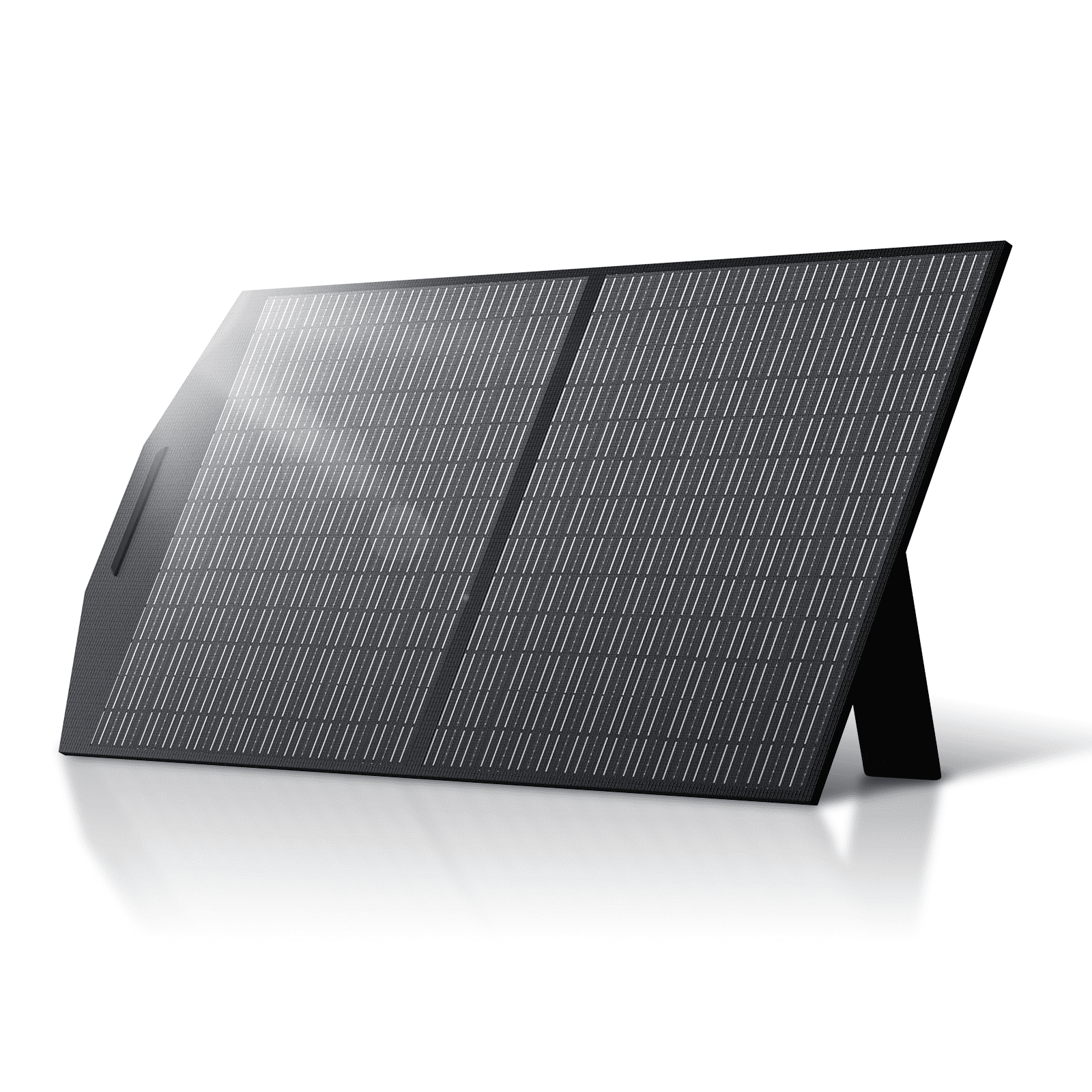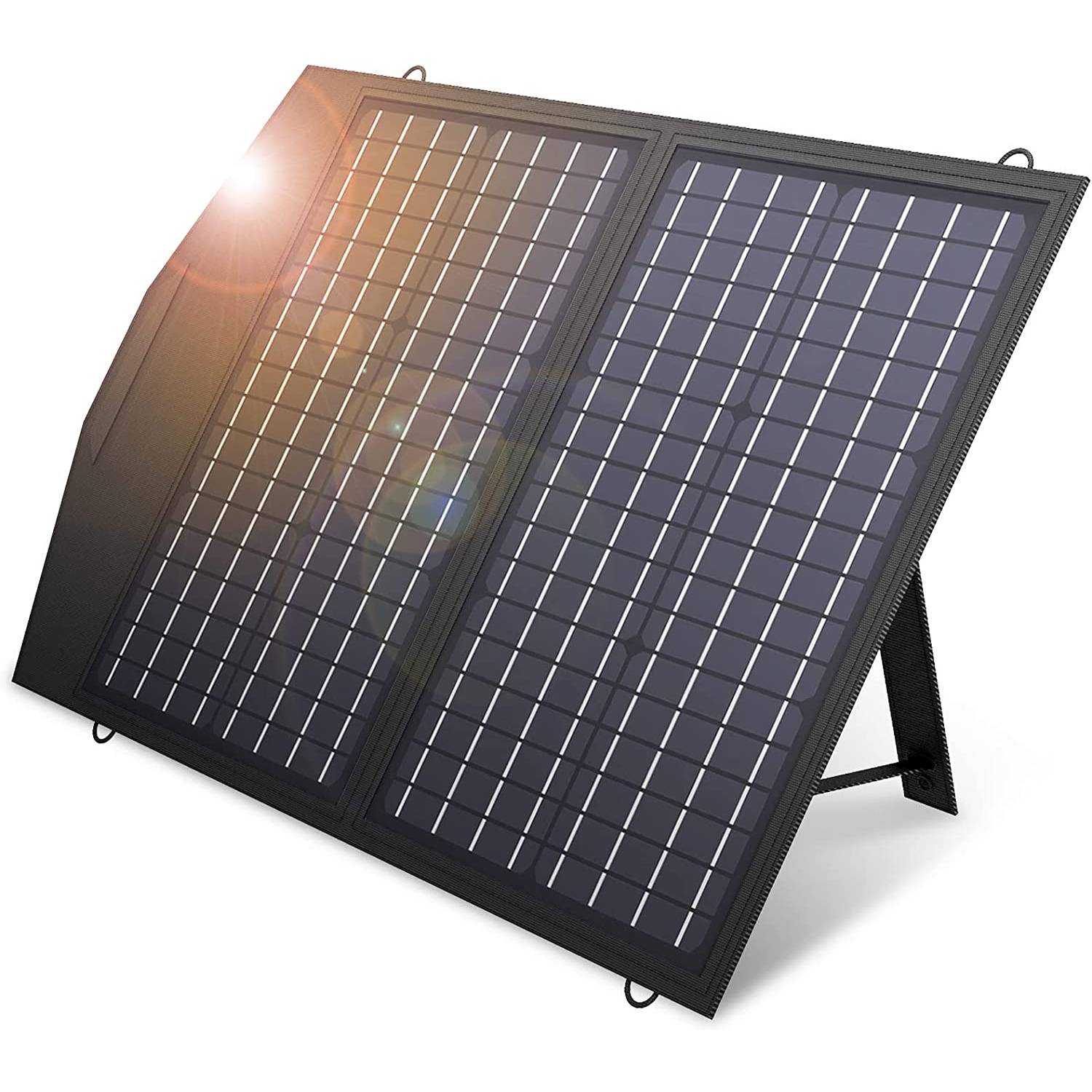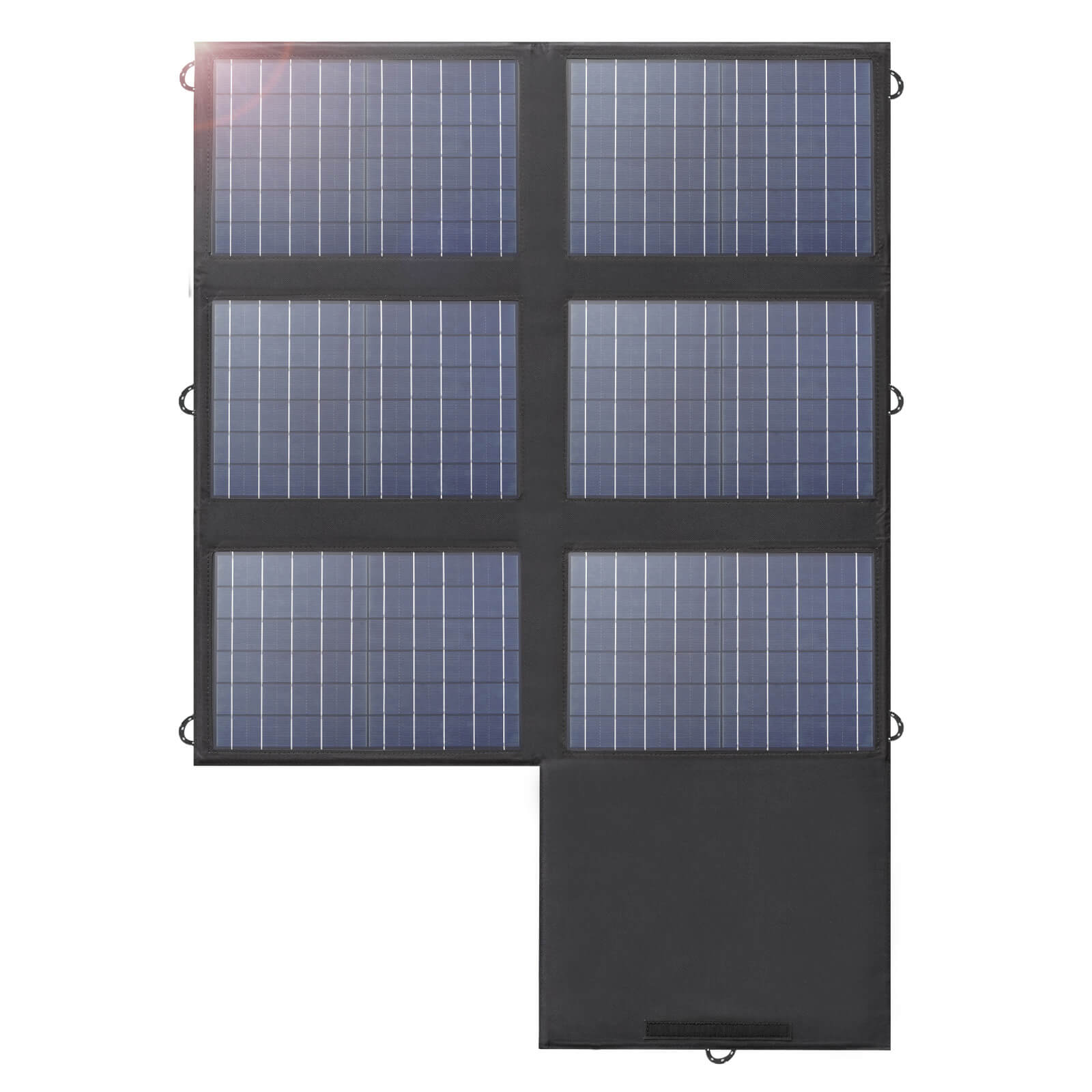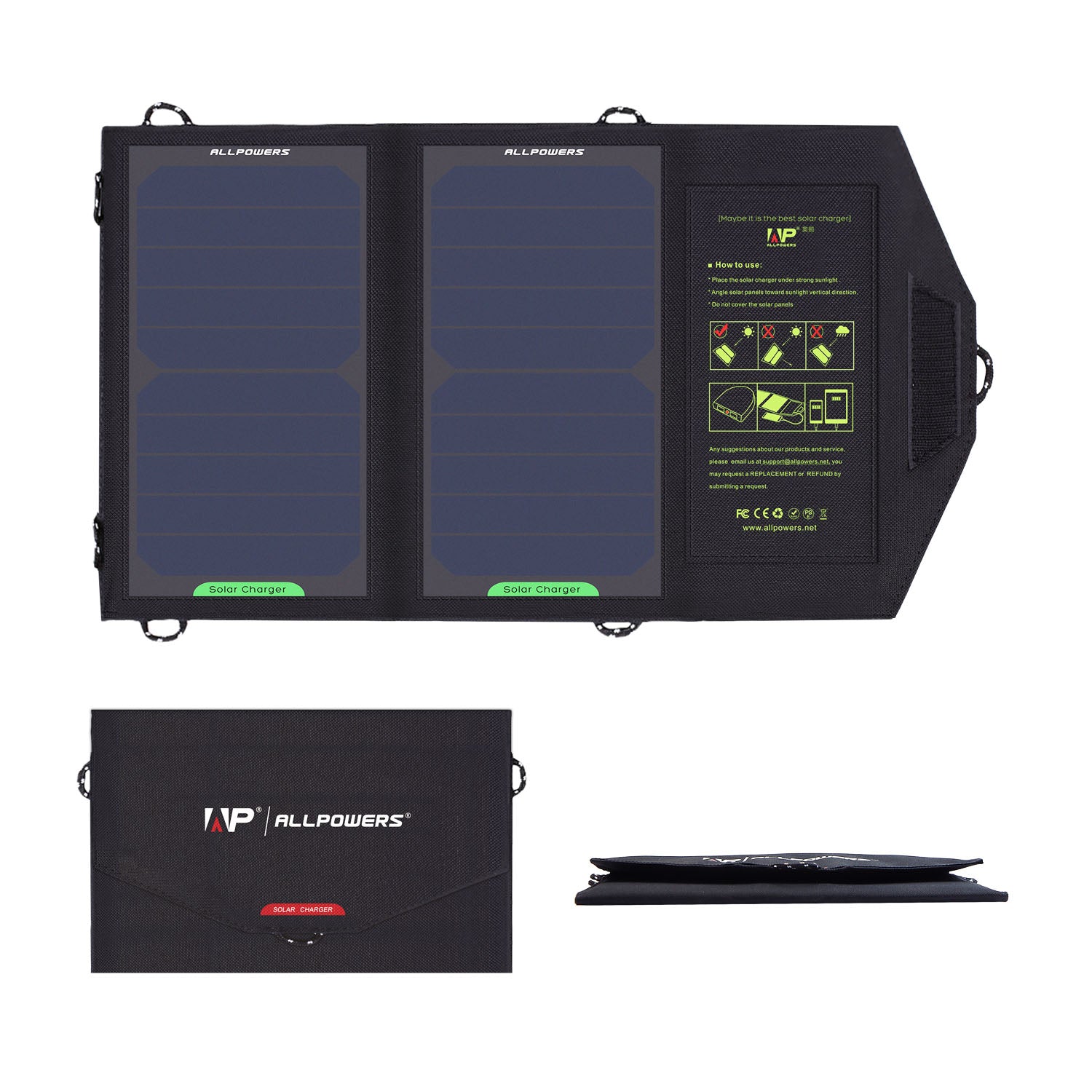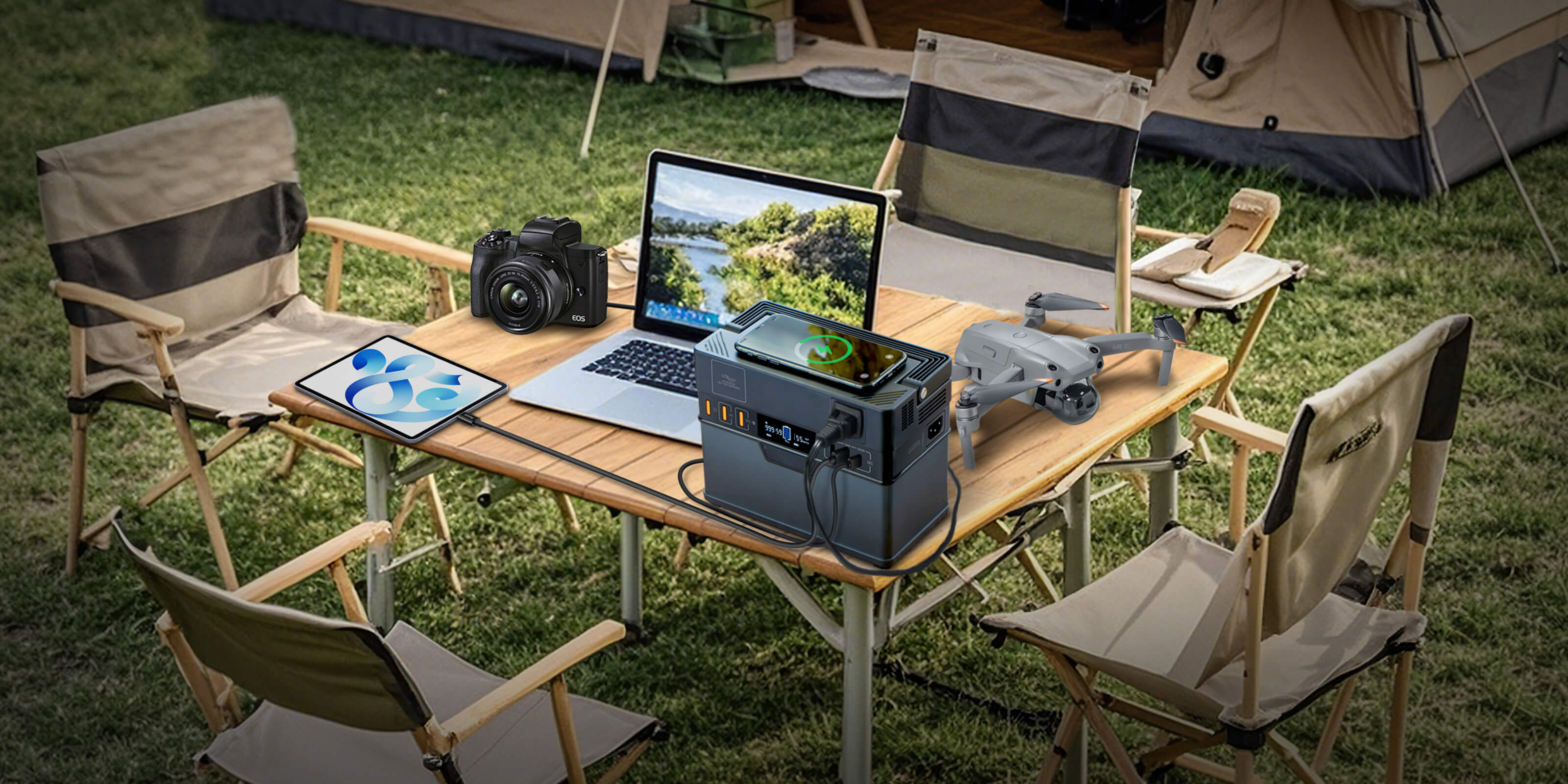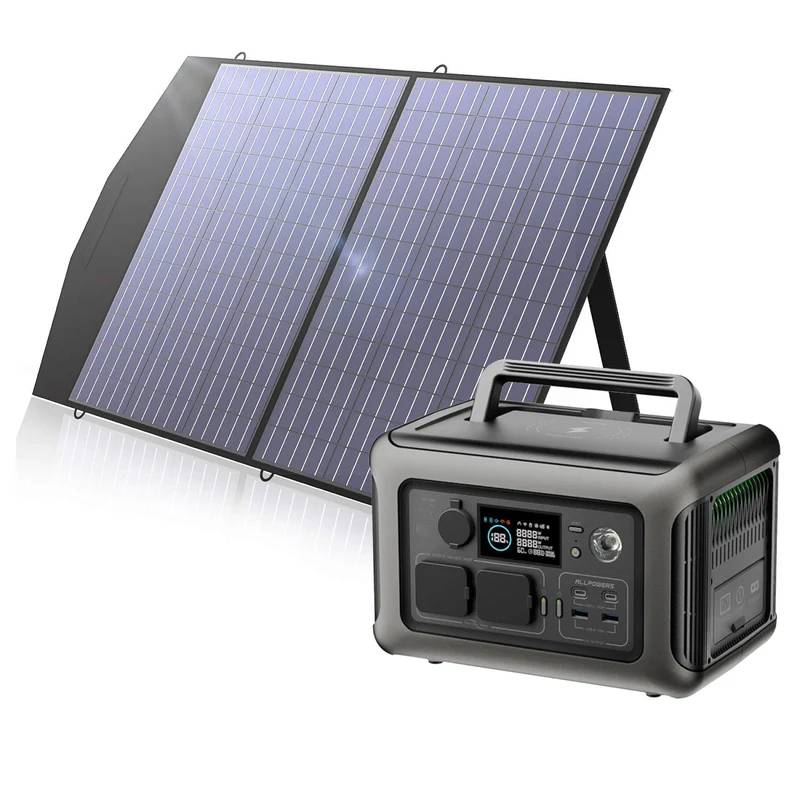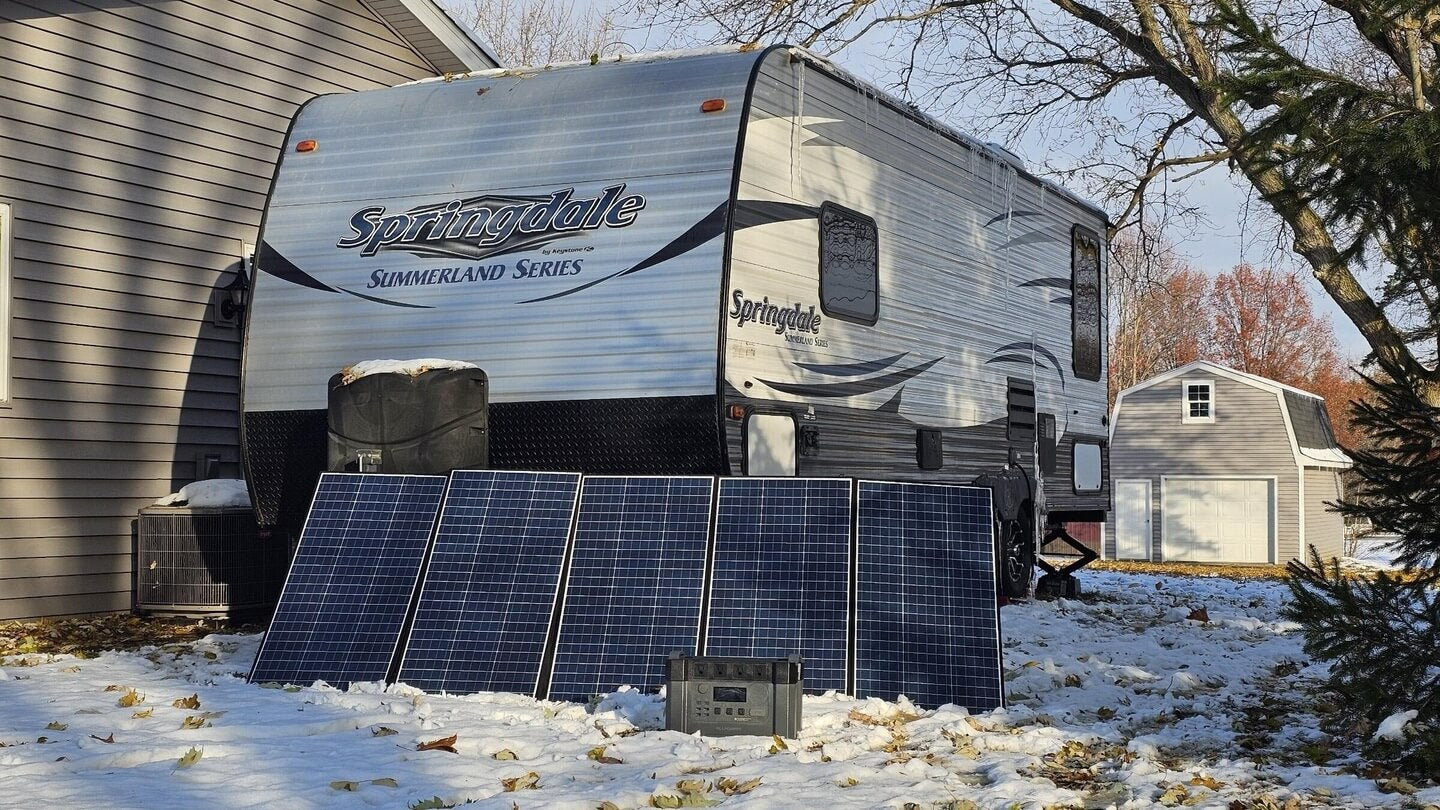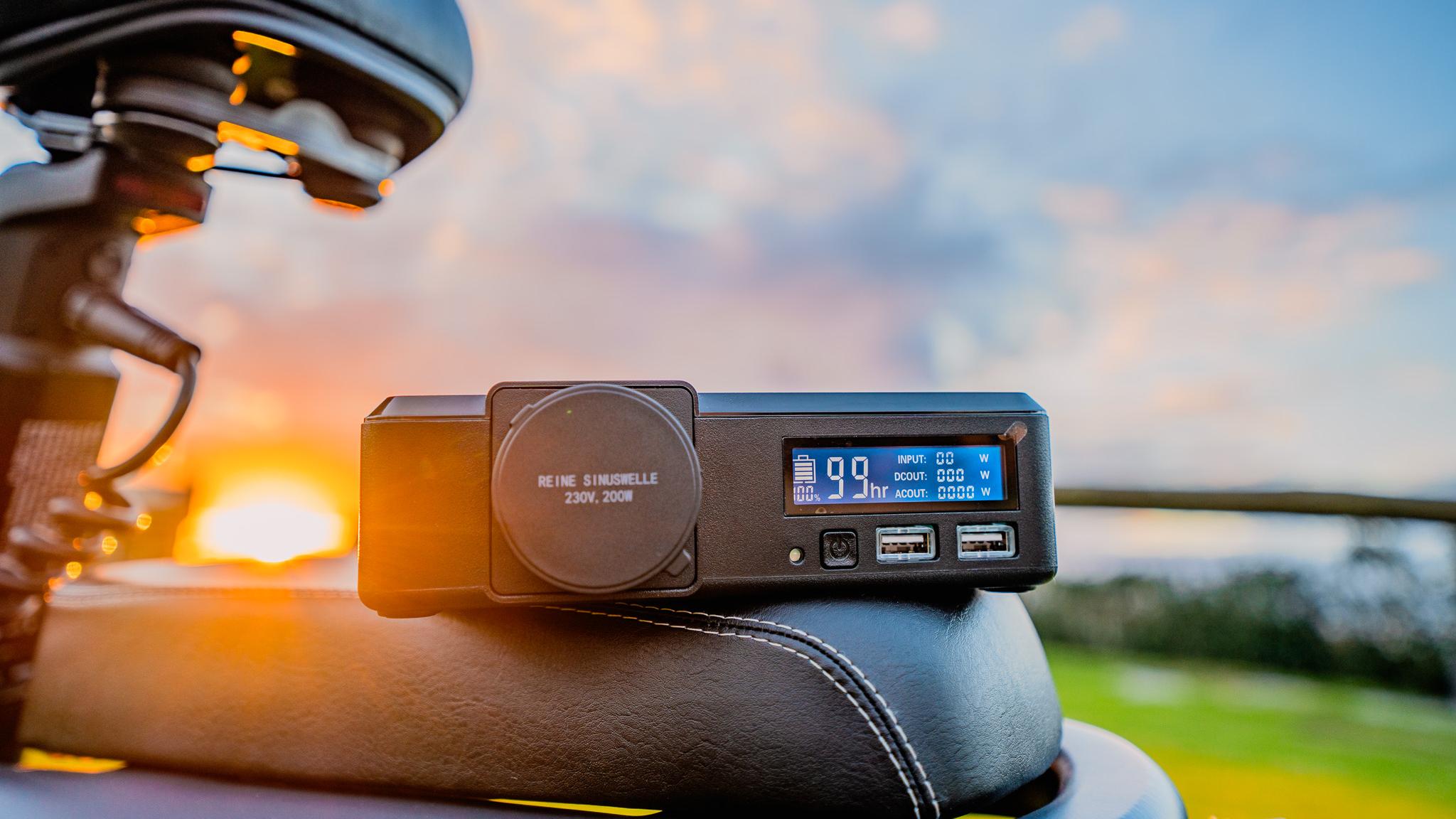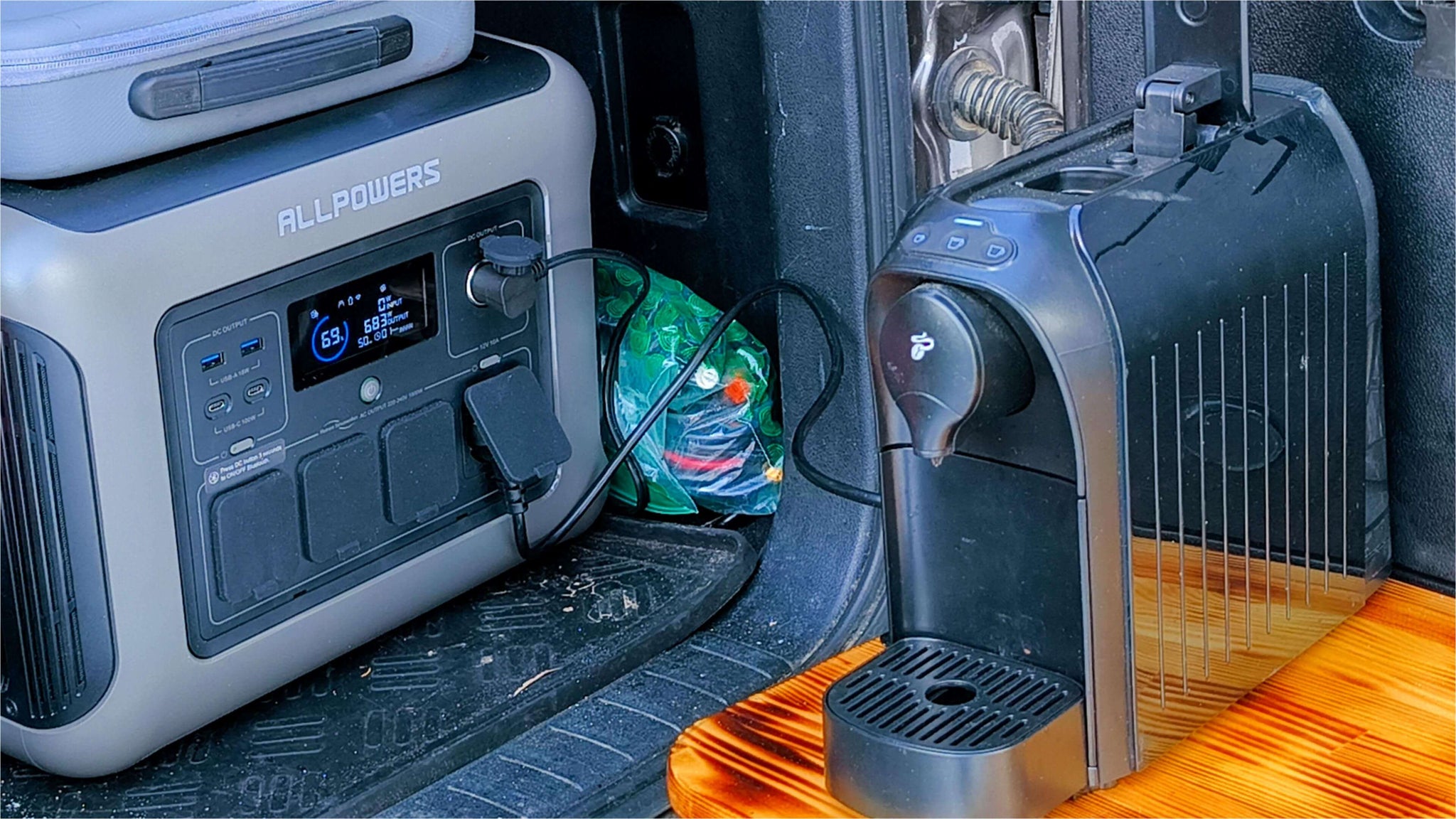In a world where staying connected and powered up is non-negotiable, portable power stations have become the modern-day hero.
The 1000W model has quickly become the go-to for so many folks, hitting that sweet spot between portability and true capacity.
So, what exactly can a 1000W portable power station power—and is it really worth the investment?
TL;DR:
A 1000W portable power station can power most small to medium appliances—think laptops, phones, CPAP machines, mini-fridges, fans, LED lights, drones, and even small cooking gadgets.
What Does 1000 Watts Mean?
Let’s start with the basics.
When you see “1000W,” it refers to the inverter’s output capacity—the maximum amount of power the station can supply at once.
Most appliances list their wattage on their label, so matching them is fairly straightforward.
A 1000W unit can run any combination of devices that collectively stay below that threshold.
This doesn't mean it can run any 1000W device indefinitely.
The duration for which your power station can run a device depends on the device’s power consumption and the power station’s battery capacity.
Small Electronics
Here’s the thing—most of us underestimate how much we rely on small gadgets.
Phones, laptops, tablets, and cameras might feel trivial in terms of power draw, but when you’re off-grid or facing a blackout, keeping them charged is paramount.
A typical smartphone charger pulls about 10-15W, a laptop maybe 50-70W. Multiply that by several devices, and suddenly, a 1000W station looks like a lifesaver.
You can run multiple devices at once without breaking a sweat, and honestly, it’s the kind of reassurance that makes camping or remote work feel more comfortable.
And let’s not forget about Wi-Fi routers, LED lights, or even a small sound system. A 1000W station can keep these running for hours, sometimes even days.
That’s the kind of reliability that makes portable power stations more than just gadgets—they become a subtle piece of security and comfort.
Household Appliance
Now we step into slightly trickier territory: household appliances.
Can a 1000W portable power station run your kitchen blender? Your microwave? A small fridge? Yes, but with caveats.
Appliances with resistive loads, like blenders or coffee makers, often draw near their rated wattage but only for short bursts.
So, while you can whip up a smoothie or brew a morning coffee, doing it repeatedly will drain your battery fast.
For refrigeration, a small 1.5 to 2 cubic foot mini-fridge is a reasonable target. These fridges pull roughly 50-100W when running and briefly spike higher at startup.
With a 1000W station equipped with around 1 kWh capacity, you could realistically run a mini-fridge for 8-10 hours, maybe longer if the fridge cycles efficiently.
Learn More: Can a Portable Power Station Power a Refrigerator?
Medical Devices and Essential Equipment
This is one area where a 1000W station can make a life-or-death difference.
Devices like CPAP machines, oxygen concentrators, and some mobility aids often have moderate power requirements.
A standard CPAP, for example, consumes around 30-60W, meaning a 1000W station could power it for 12-24 hours depending on battery size and usage patterns.
Keeping your essential medical equipment running during a storm, a blackout, or while traveling is incredibly reassuring.
Learn More: What Is the Best Portable Power Station for a CPAP Machine?
Outdoor Life
Let’s talk about camping because, honestly, that’s where a 1000W station really shines.
You’ve got your tent, some string lights, a portable fan if it’s summer, a small induction cooktop, and all your gadgets. Suddenly, energy management becomes part of the adventure.
A 1000W station allows for a nice balance: not too heavy to carry, but powerful enough to support a weekend of comfort.
You can charge phones while running lights and a small speaker. If you’ve brought an electric grill or mini-cooker, you might get a few meals without resorting to charcoal or gas.
It’s worth noting that pairing your power station with solar panels—especially an MPPT-controlled setup—can extend your off-grid stay significantly.
Powering Tools and DIY Projects
Here’s a scenario you might not expect: home repair or DIY enthusiasts.
Many of us have cordless tools that require charging: drills, sanders, small saws.
While a 1000W station won’t run a full-size table saw for hours, it can easily recharge batteries for multiple tools in a day.
That flexibility can save a project—or even prevent frustration during an emergency repair when the grid is down.
And if you’re outdoorsy, think about powering a small air pump for inflatable rafts, kayaks, or an electric cooler.
These practical, slightly niche use cases make a 1000W station surprisingly versatile.
How Long Can It Run These Devices?
Runtime depends on battery capacity—usually around 800Wh to 1500Wh in most 1000W models.
The math is straightforward: Runtime (in hours) = Battery Capacity (Wh) ÷ Device Power (W);
Let’s paint a few quick examples, because examples usually stick better than formulas.
| Appliance Category | Example Device | Typical Continuous Wattage (W) | Estimated Runtime (Hours) * | Compatibility with 1000W Output |
| Critical Electronics | Laptop (Mid-Range) | 50 - 75 | 10 - 14 | ✅ Excellent |
| Communication | Wi-Fi Router/Modem | 10 - 25 | 34 - 85 | ✅ Excellent |
| Medical/Comfort | CPAP Machine (No Heater) | 30 - 60 | 14 - 28 | ✅ Excellent |
| Lighting | Several LED String Lights | 10 - 20 (Total) | 42 - 85+ | ✅ Excellent |
| Entertainment | Small TV (32-42" LED) | 50 - 80 | 10 - 17 | ✅ Great |
| Small Kitchen | Portable Cooler/Mini-Fridge | 40 - 70 (Average) | 12 - 20+ | ✅ Great (Cycling) |
| Small Kitchen | Slow Cooker (Small) | 150 - 250 | 3.4 - 5.6 | ✅ Good |
| Small Kitchen | Blender (Medium) | 300 - 500 | 1.7 - 3.4 | ✅ Good (Intermittent) |
| Power Tools | Cordless Tool Charger | 100 - 175 | 4.8 - 8.5 | ✅ Good |
| Medium Load | Small Air Compressor (1/2 hp) | ≈ 750 | ≈1.1 | ⚠️ Close to Limit |
| High Load (Short Use) | Coffee Maker | 800 - 1000 | ≈0.85 - 1 | ⚠️ Max Continuous Use |
| High Load (Must Avoid) | Full-Size Hair Dryer | 1500 - 2200 | No | ❌ Overload Risk |
| High Load (Must Avoid) | Electric Kettle | 1200 - 3000 | No | ❌ Overload Risk |
Devices a 1000W Power Station Struggles With
Hair dryers, Large microwaves, Toasters, Power tools like table saws, and air conditioners.
These devices spike up to 1200W, 1500W, sometimes even 1800W. That’s simply beyond the comfort zone of a 1000W station.
Could you try? Maybe—some models have clever surge features—but efficiency and battery drain would be terrible.
Is a 1000-Watt Portable Power Station Worth It?
Absolutely, For most people, the 1000W class hits the ideal balance between cost, performance, and mobility.
A good 1000W station usually weighs around 25–30 pounds—still portable, but robust enough to handle demanding devices.
It’s the generator alternative that doesn’t smell like fuel or shake the ground. It’s quiet energy, always waiting.
Sure, you could go bigger—but that means more weight, more cost, and less convenience.
And smaller units, while cheaper, often can’t power the gear that really matters.
The 1000W station is the sweet spot for those who want flexibility without excess.
Conclusion
So, what can a 1000W portable power station actually power?
From phones to laptops, mini-fridges to TVs, small appliances, and essential outdoor gear—it’s a surprisingly capable companion.
Sure, it won’t replace your house wiring, and running a high-wattage oven or full-sized heater is out of reach.
But for camping, road trips, or emergency backup, it’s a game-changer.


